You will have already seen hundreds and hundreds of shots of Bruges, a city that during the day is filled with hordes of tourists trying to capture all it has to offer in a single day. Our experience led us to savor it calmly, staying in the city for 2 days. The choice turned out to be really a good one: it really has a lot to offer, also in terms of museums to visit, so if you want to find out what we saw during our stay, all you have to do is read this article!
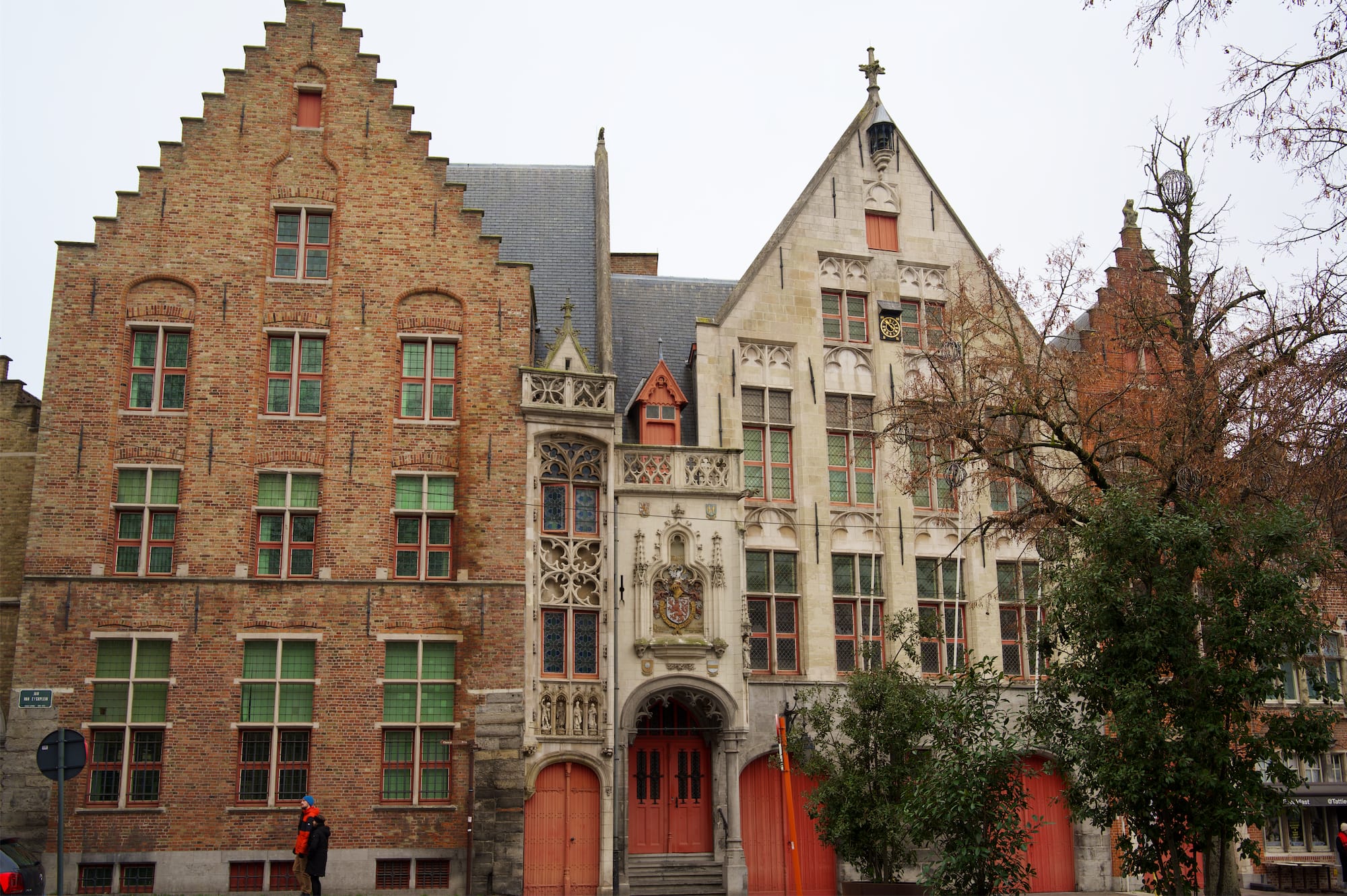

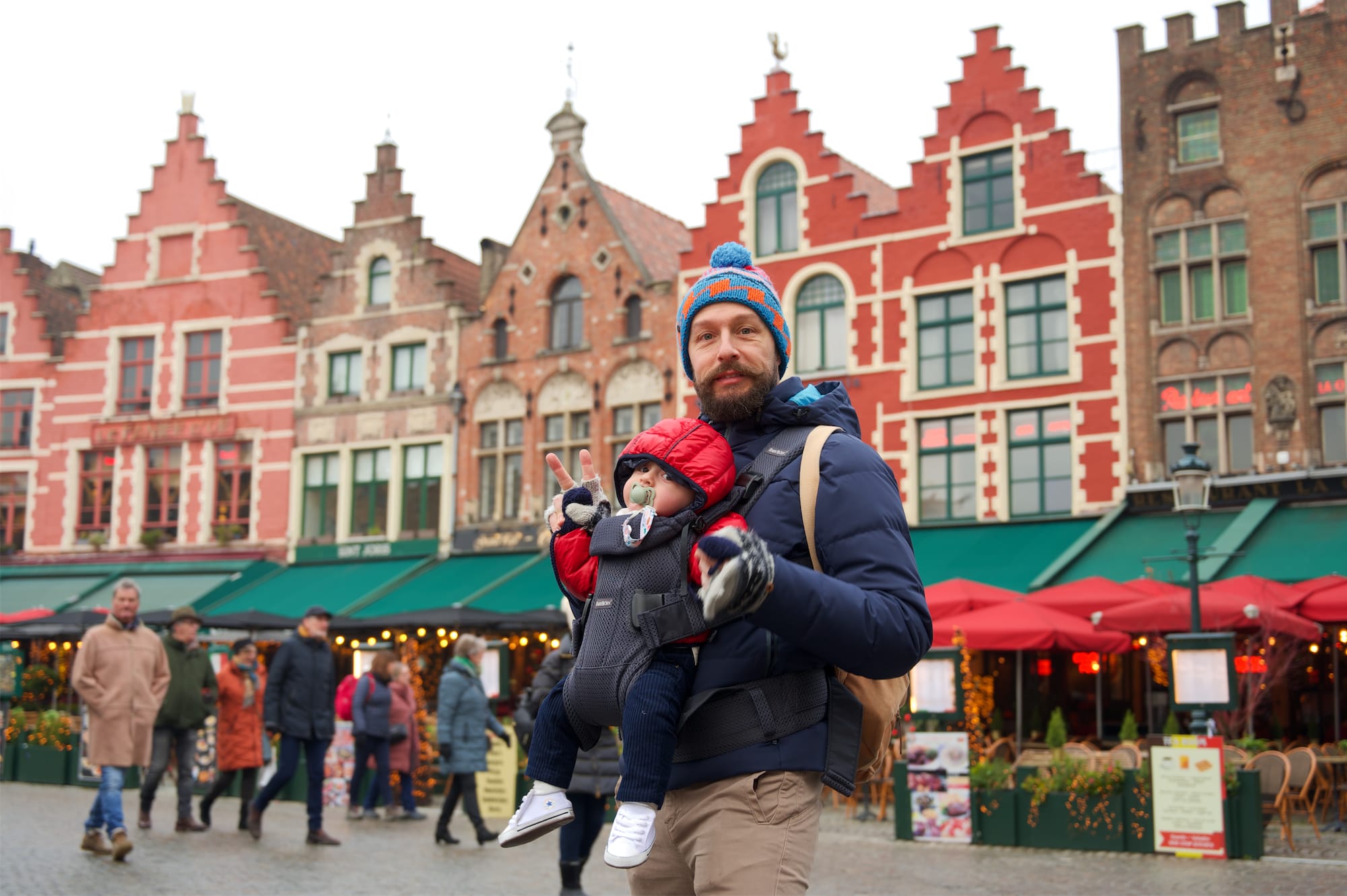
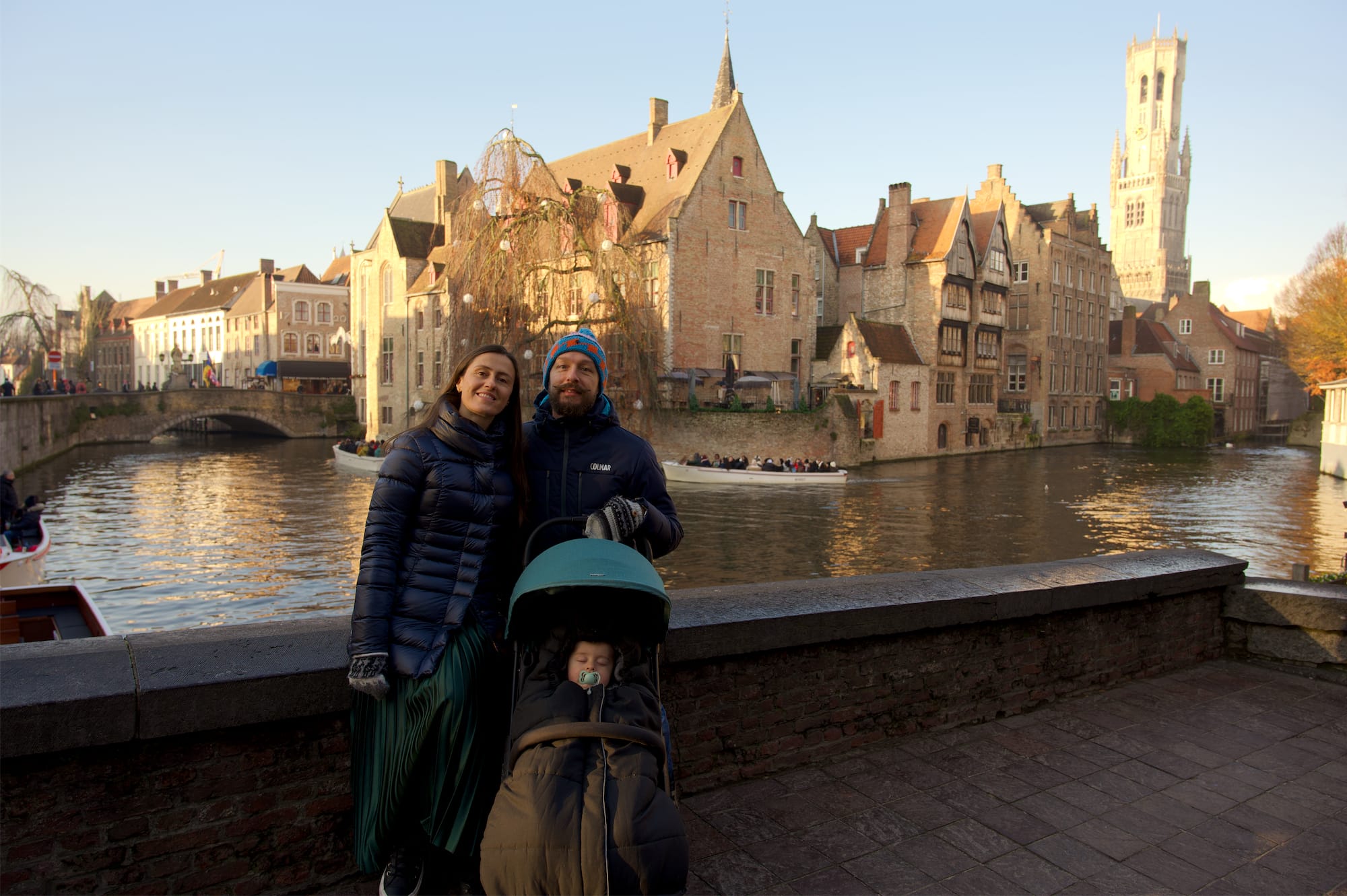
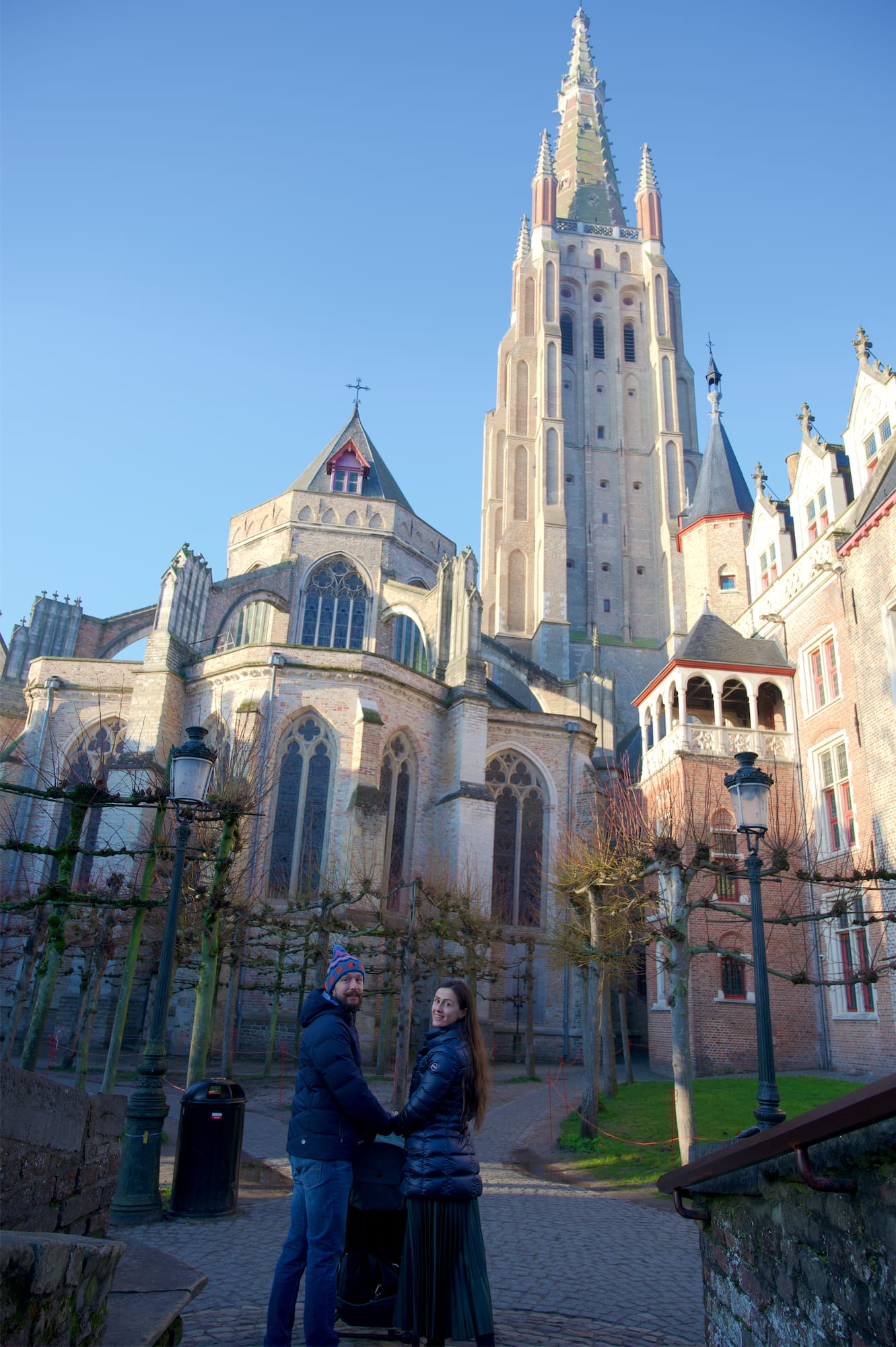
Bruges is an easy city to get around on foot and with many attractions that are worth a visit. Churches, historic buildings and museums will give you the opportunity to warm up on the coldest days and take a pleasant and interesting break during your walks.
We started with itinerary n.1 proposed by the "Visit Bruges" guide (all the info on where to find it at the bottom of this article), dedicated to discovering the main attractions of the city in the historic centre.
First stop at the Sint-Janshospitaal, the San Giovanni hospital, a few steps from our apartment. At that time it hosted a temporary exhibition, but we still had the opportunity to admire the chapel with the painting by Hans Memling and the original ceiling on the second floor. Not far away, the ancient pharmacy is also worth a short visit.
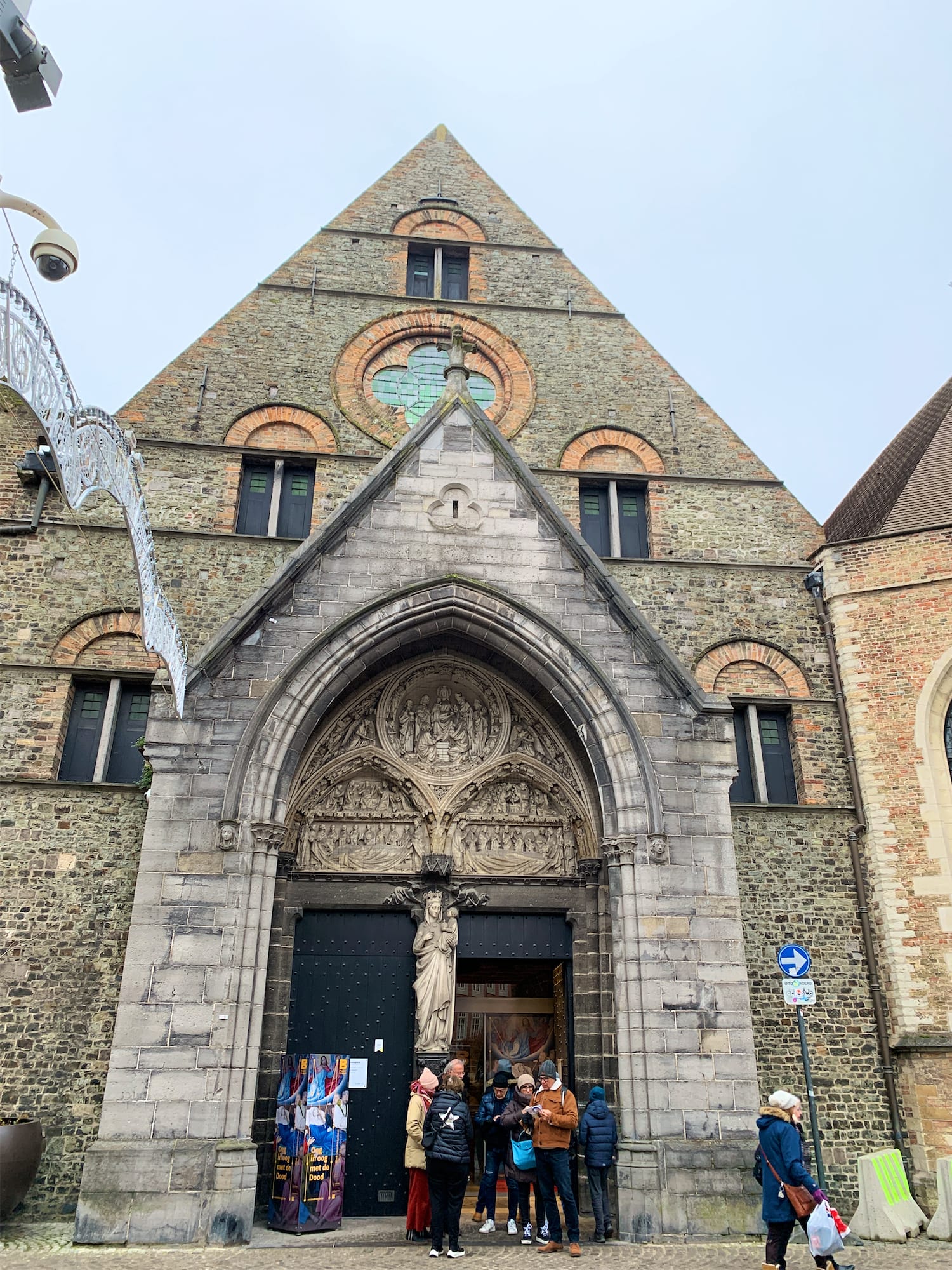
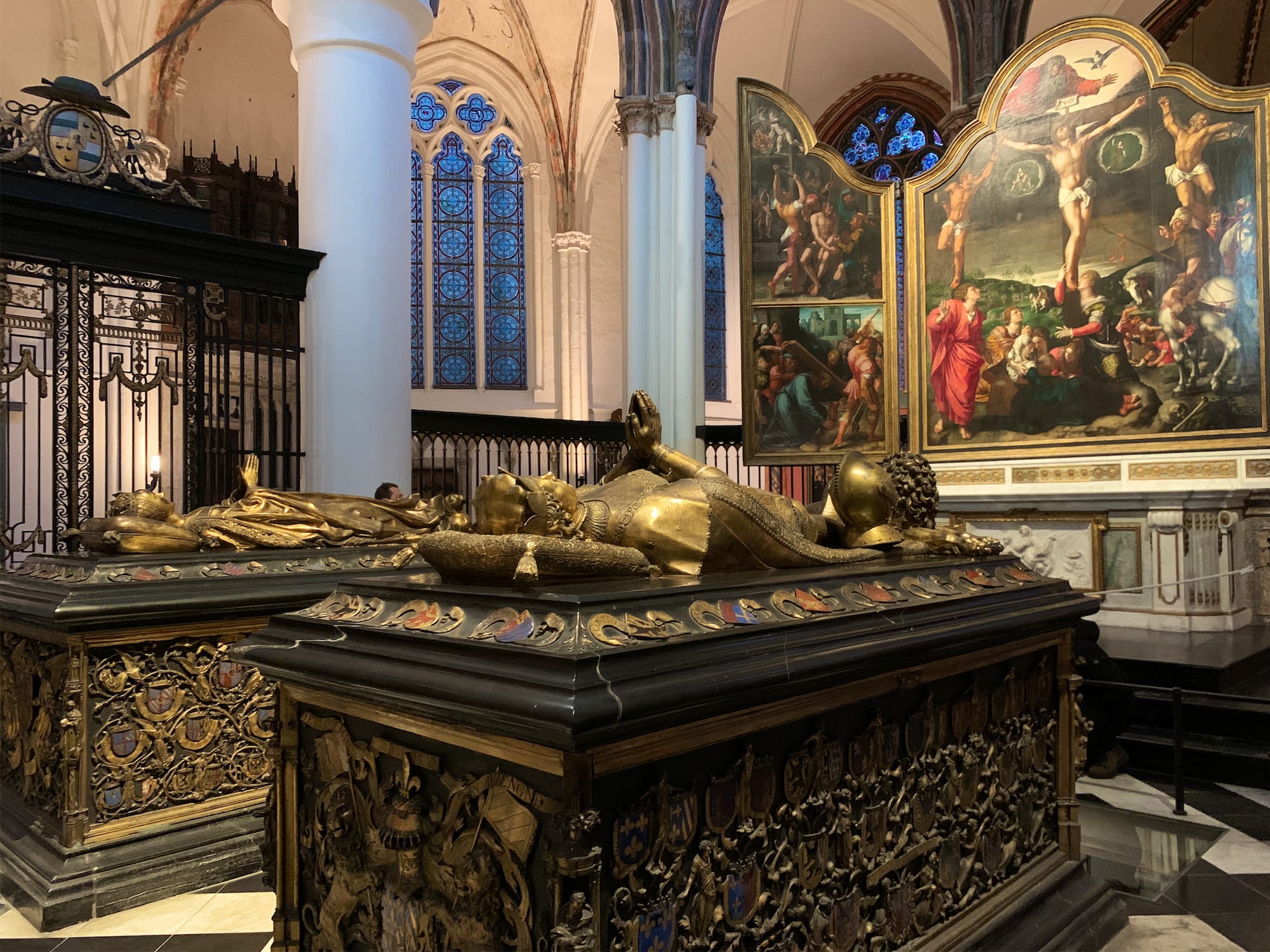
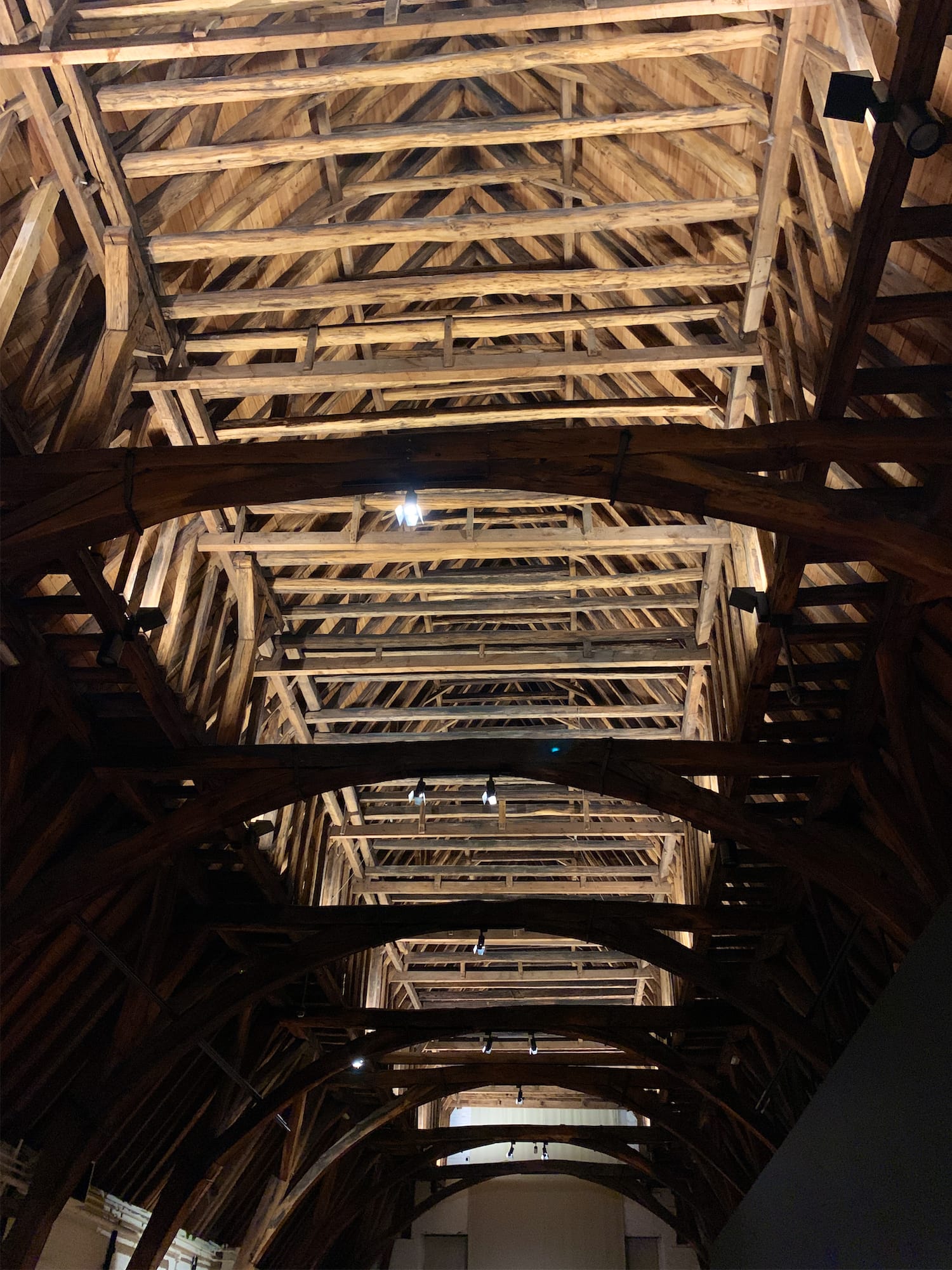
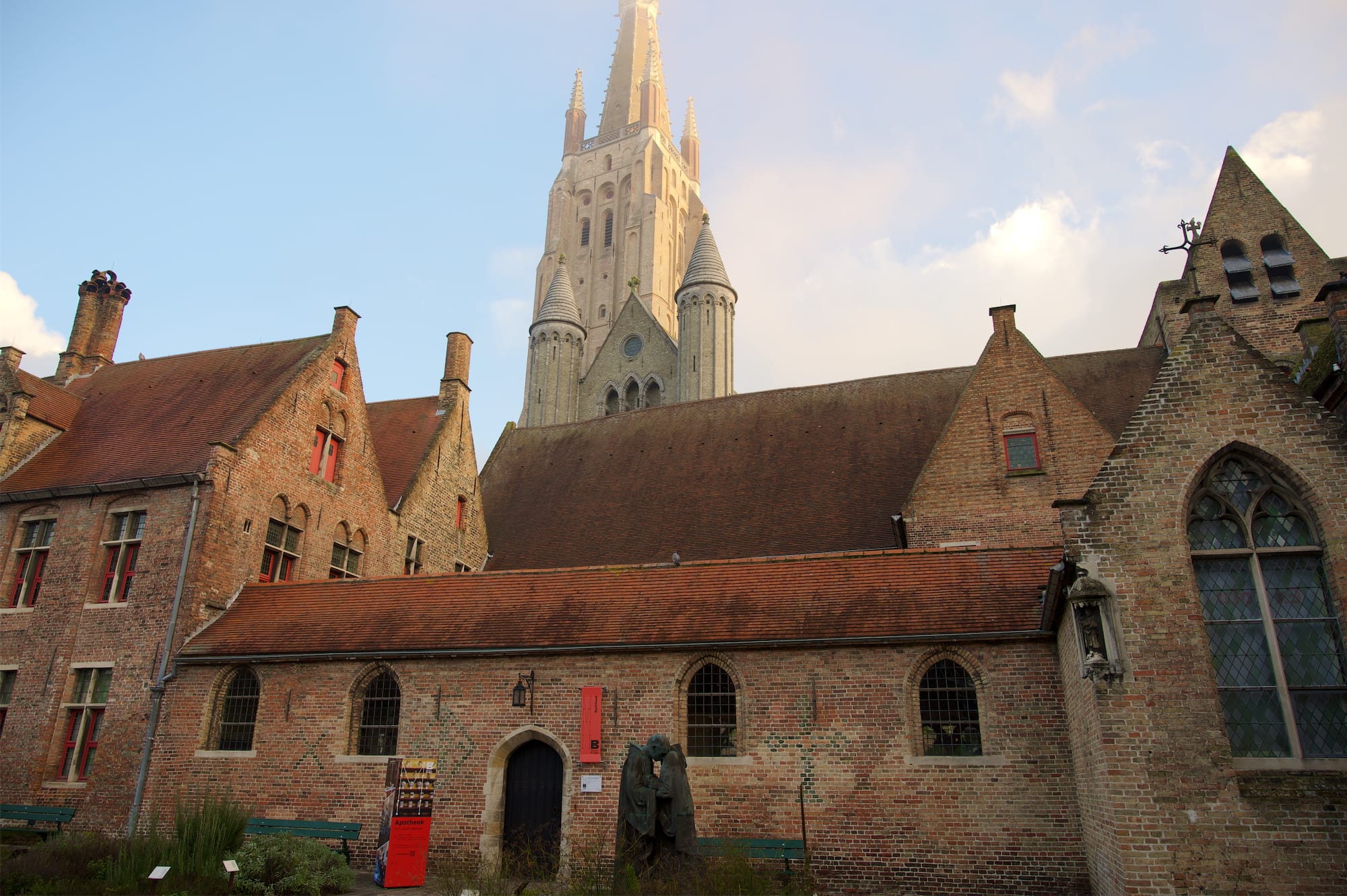
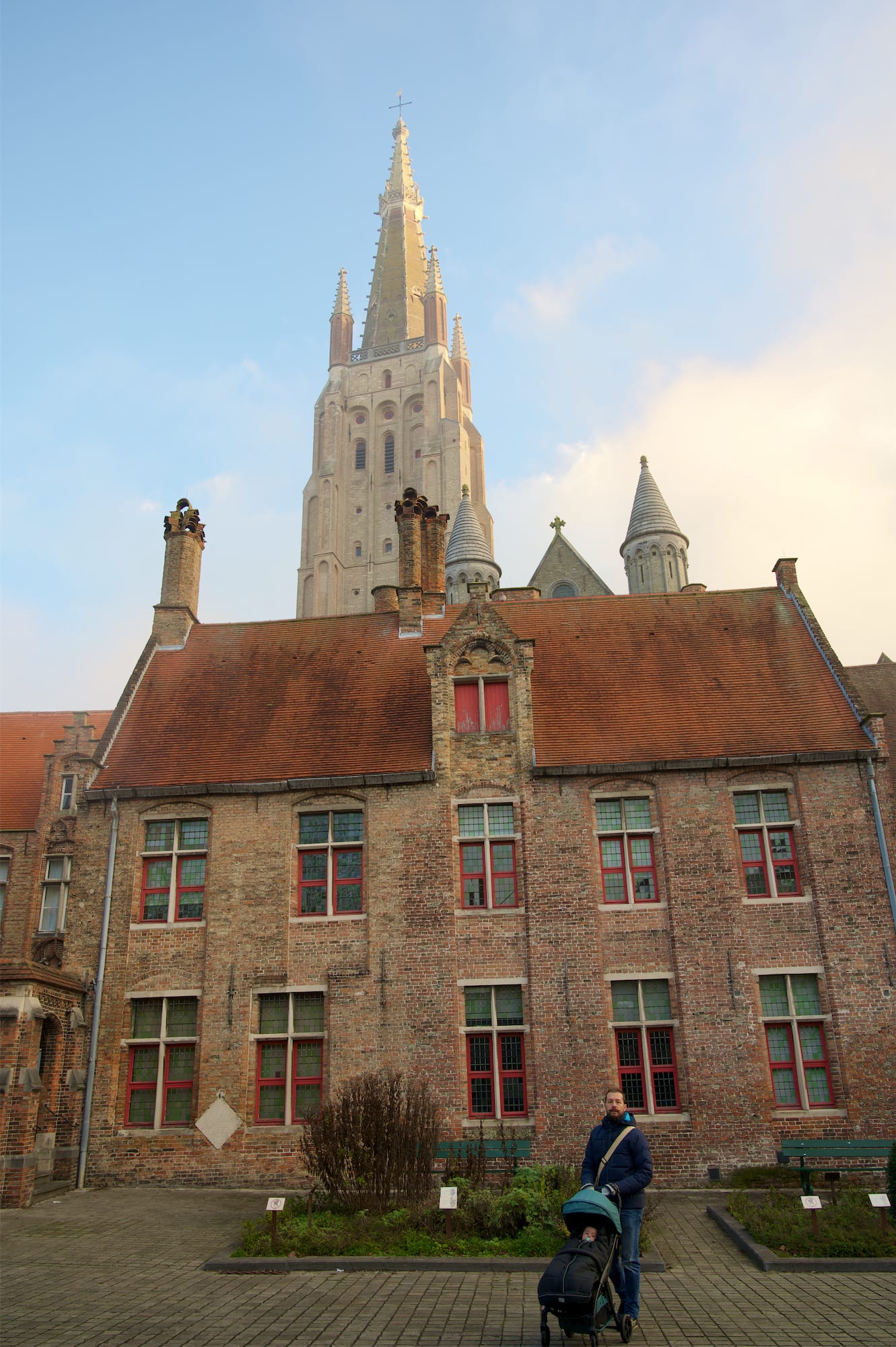
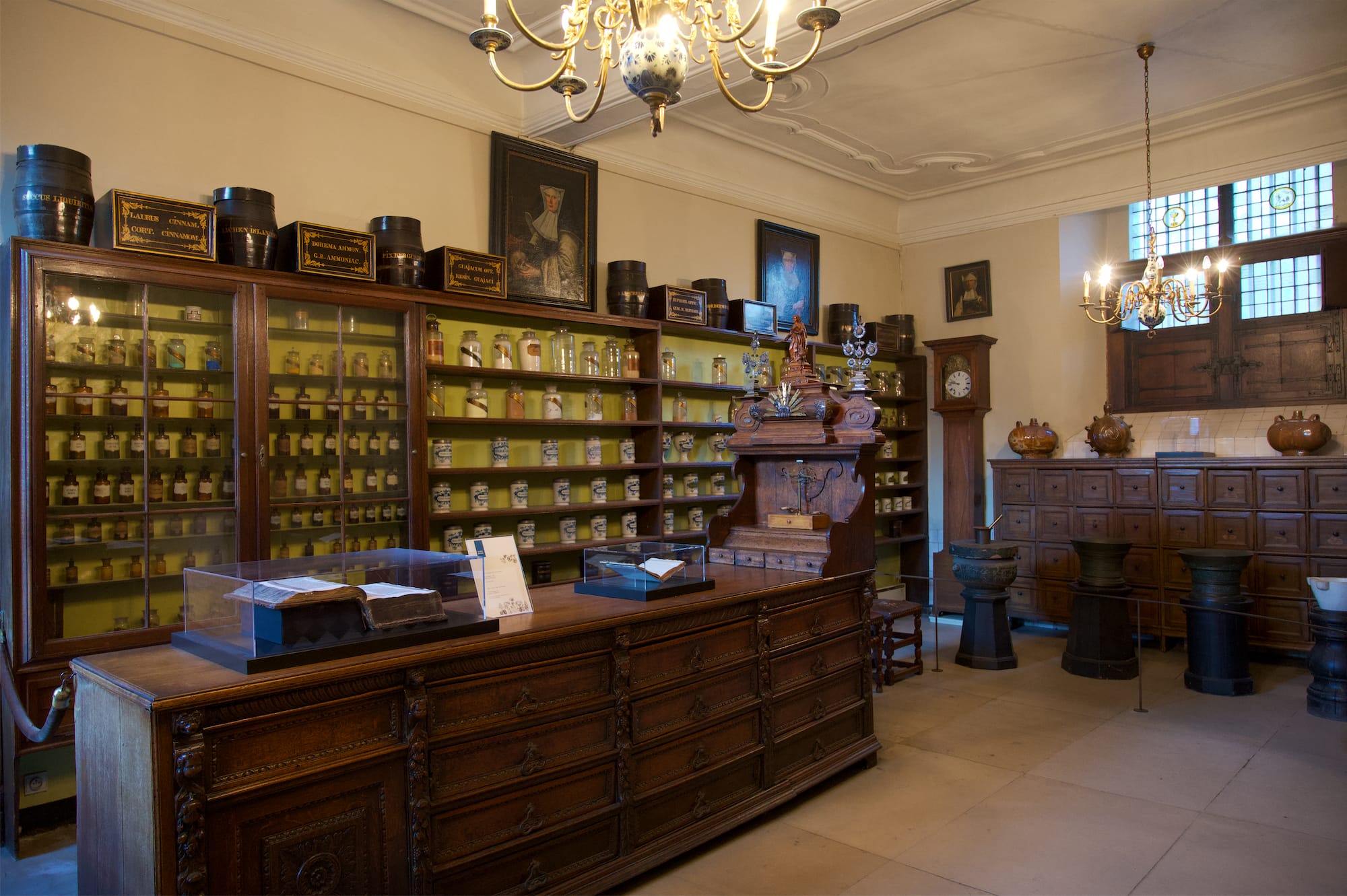
Continuing along the route you will then find the Church of Our Lady, which houses the O.L.V.-kerk Museum. Among the various paintings and the tomb of Mary of Burgundy, the marble statue of the Madonna and Child created by Michelangelo stands out. If you have opted for the museum card, even just for a quick look, it is worth the visit.
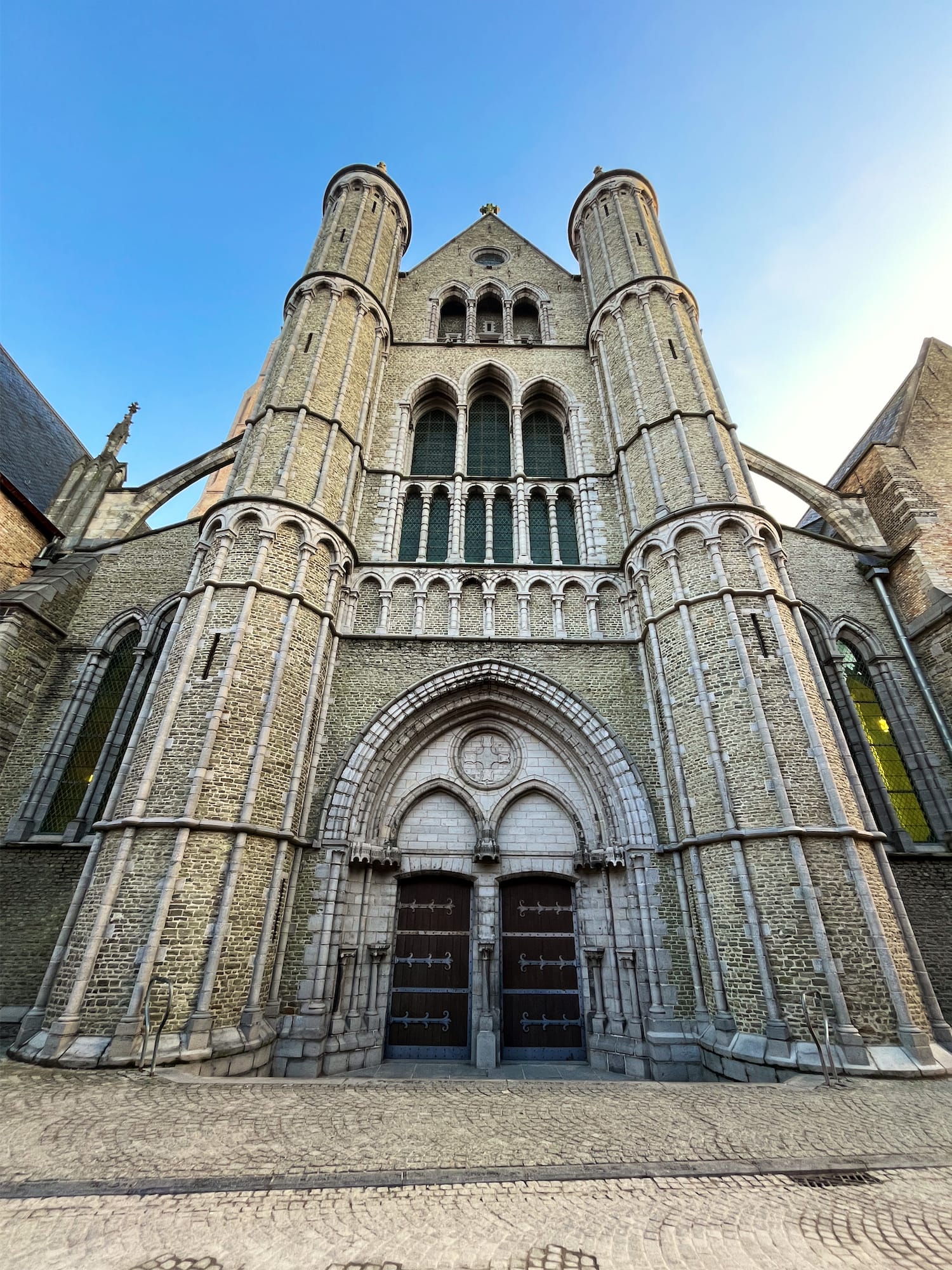
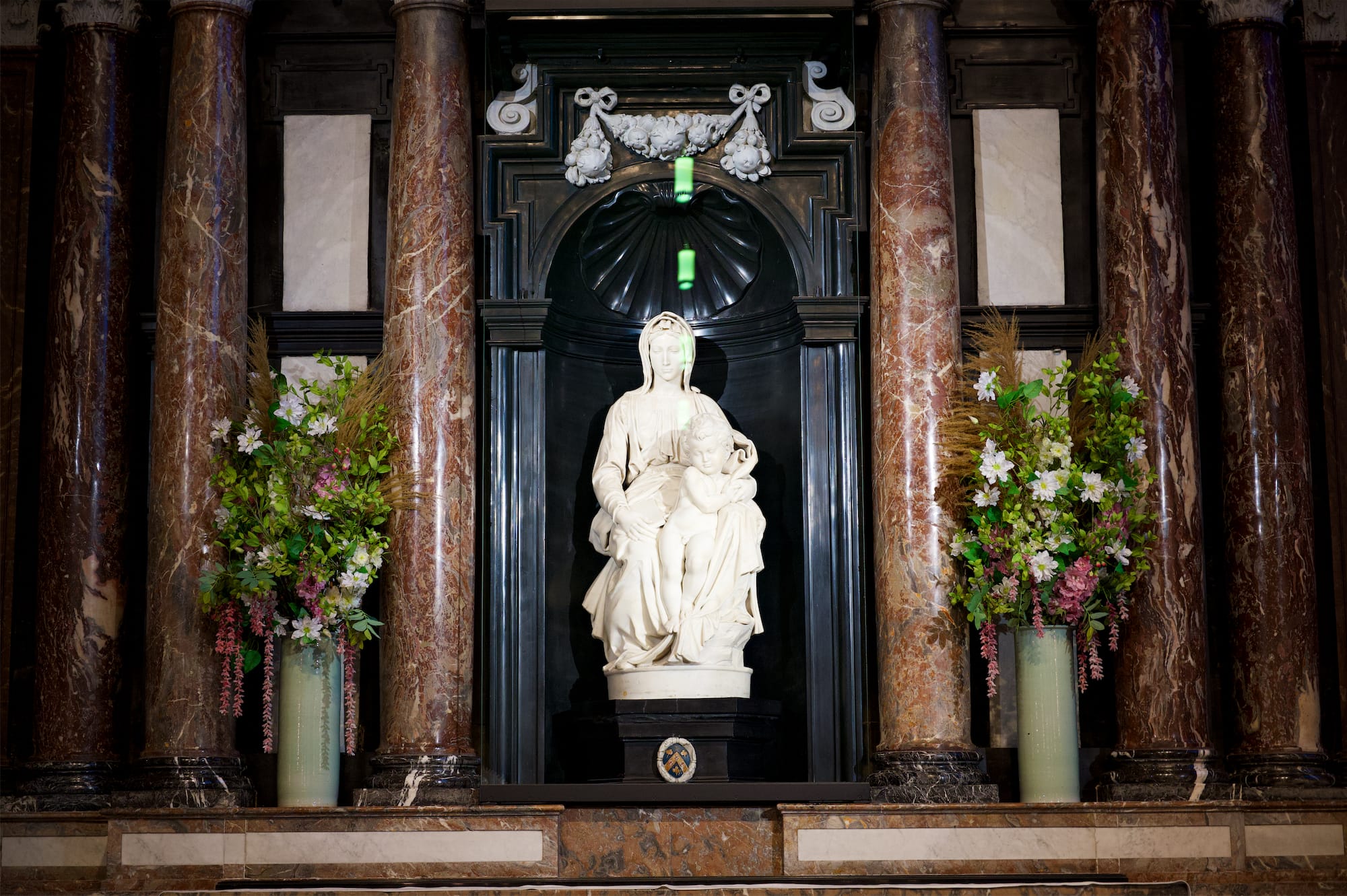

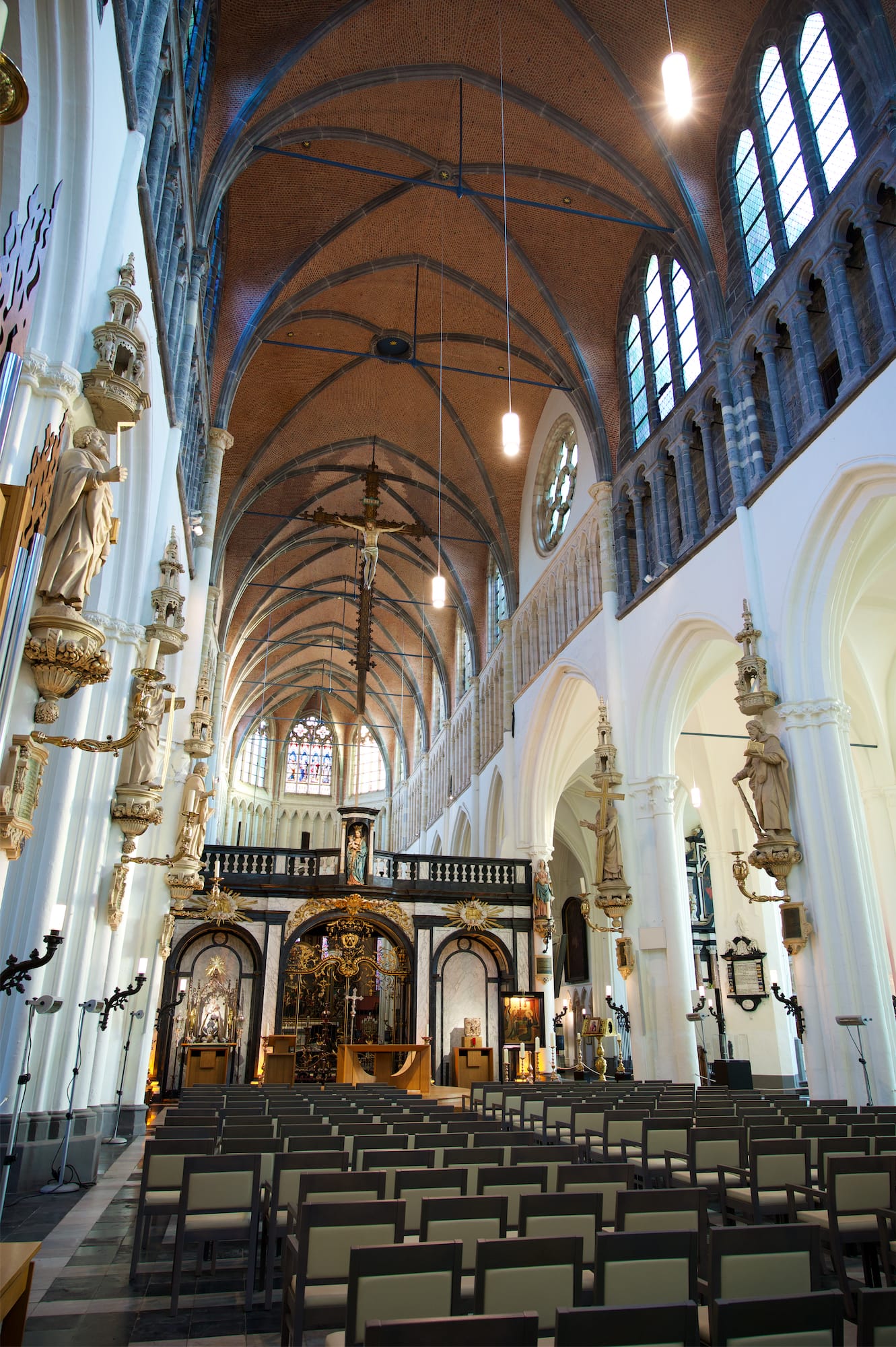
Cross the elegant stone bridge located nearby to enjoy a magnificent view of the back of the church and the canal below. You will thus arrive at Hof Arents, once the private garden of a villa, now a city park characterized by several bronze sculptures.
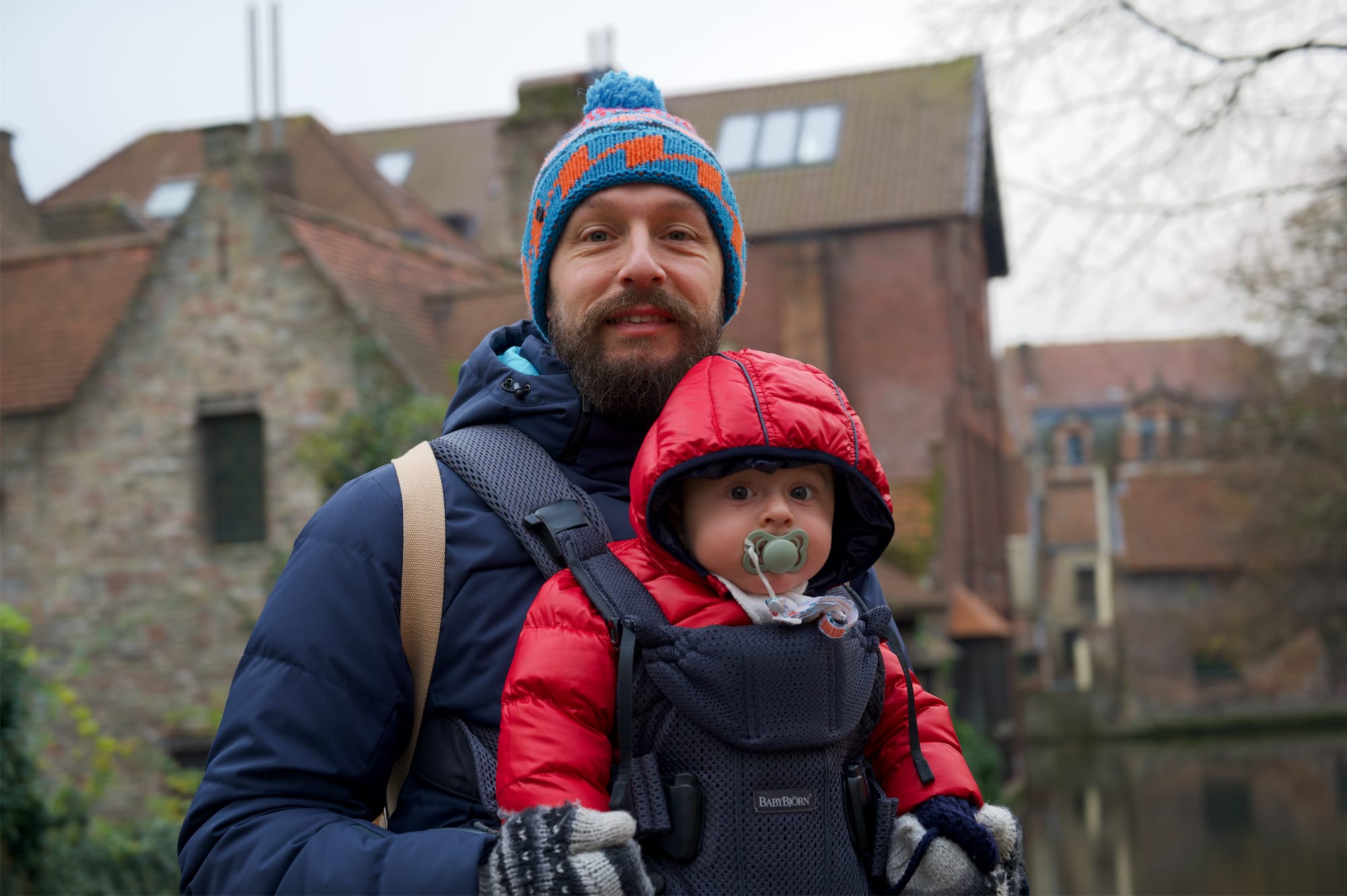
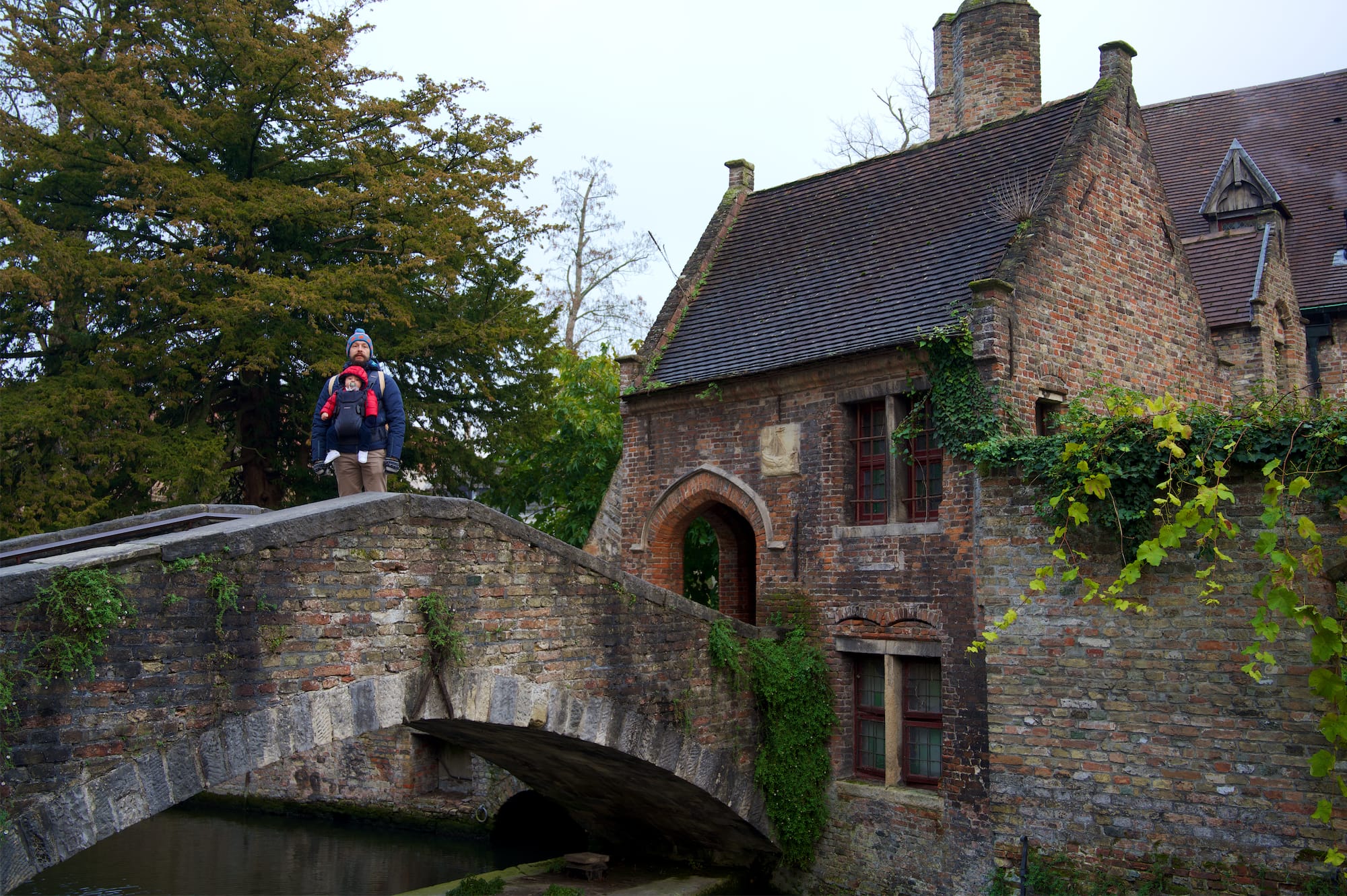
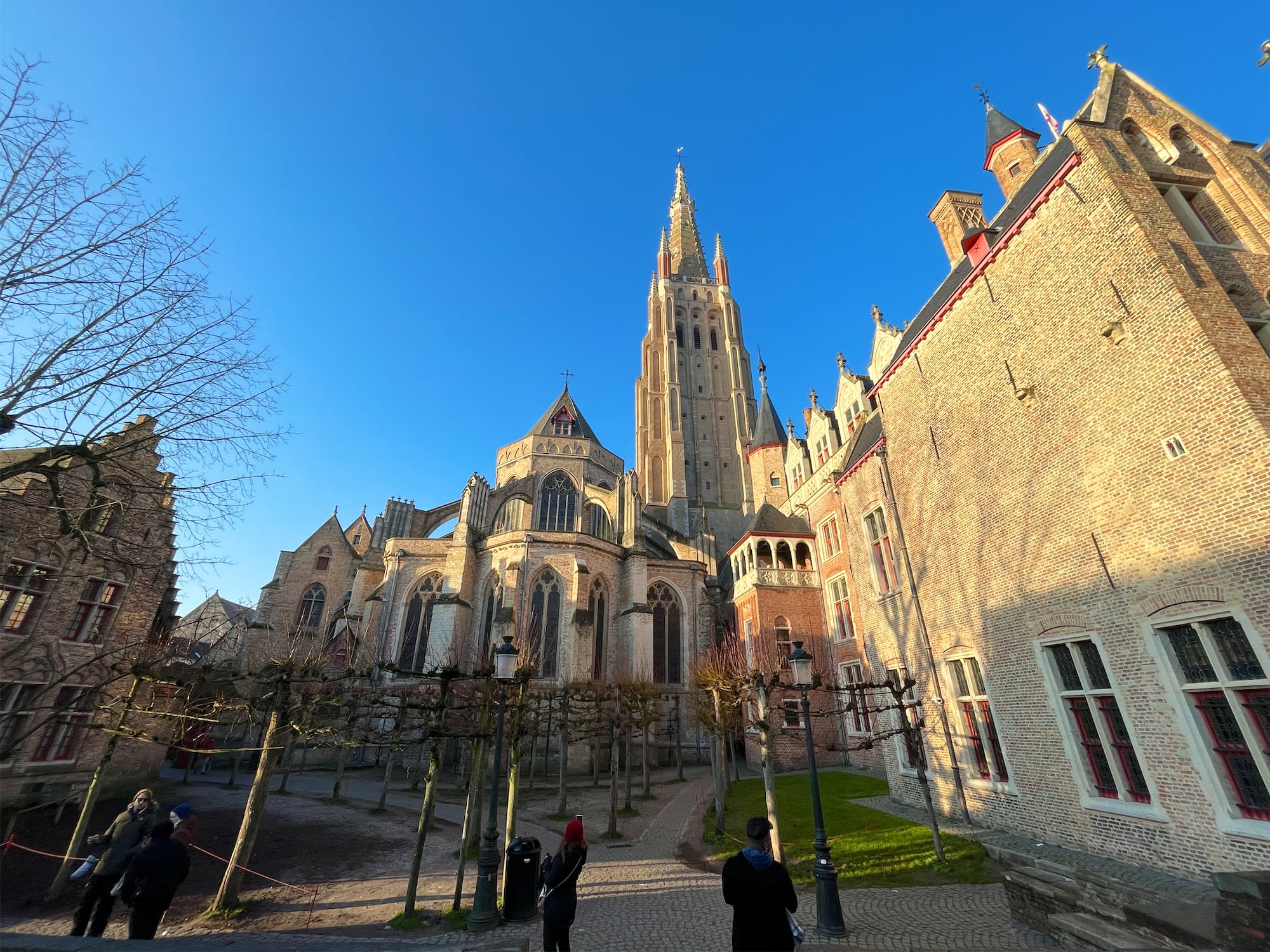
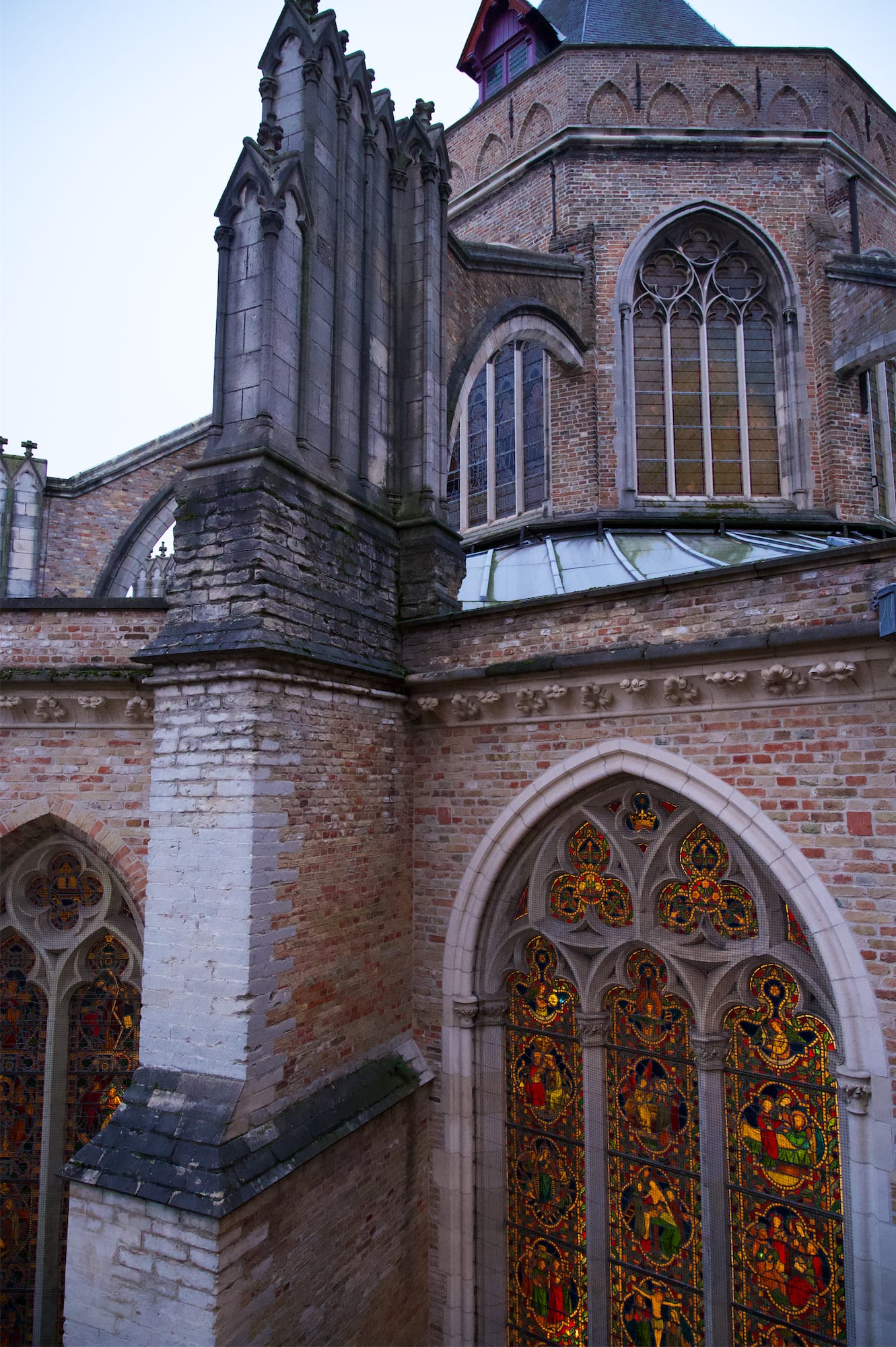

From here, a few steps and you will find yourself in Dijver, here the river banks are the original ones of the time and walking along the banks you will pass near the College of Europe and the Groenige museum. Various works by the Flemish primitives are exhibited in this museum. In fact, for a long time Bruges represented a hub for highly talented painters, attracted by the opulence of the Burgundian court.

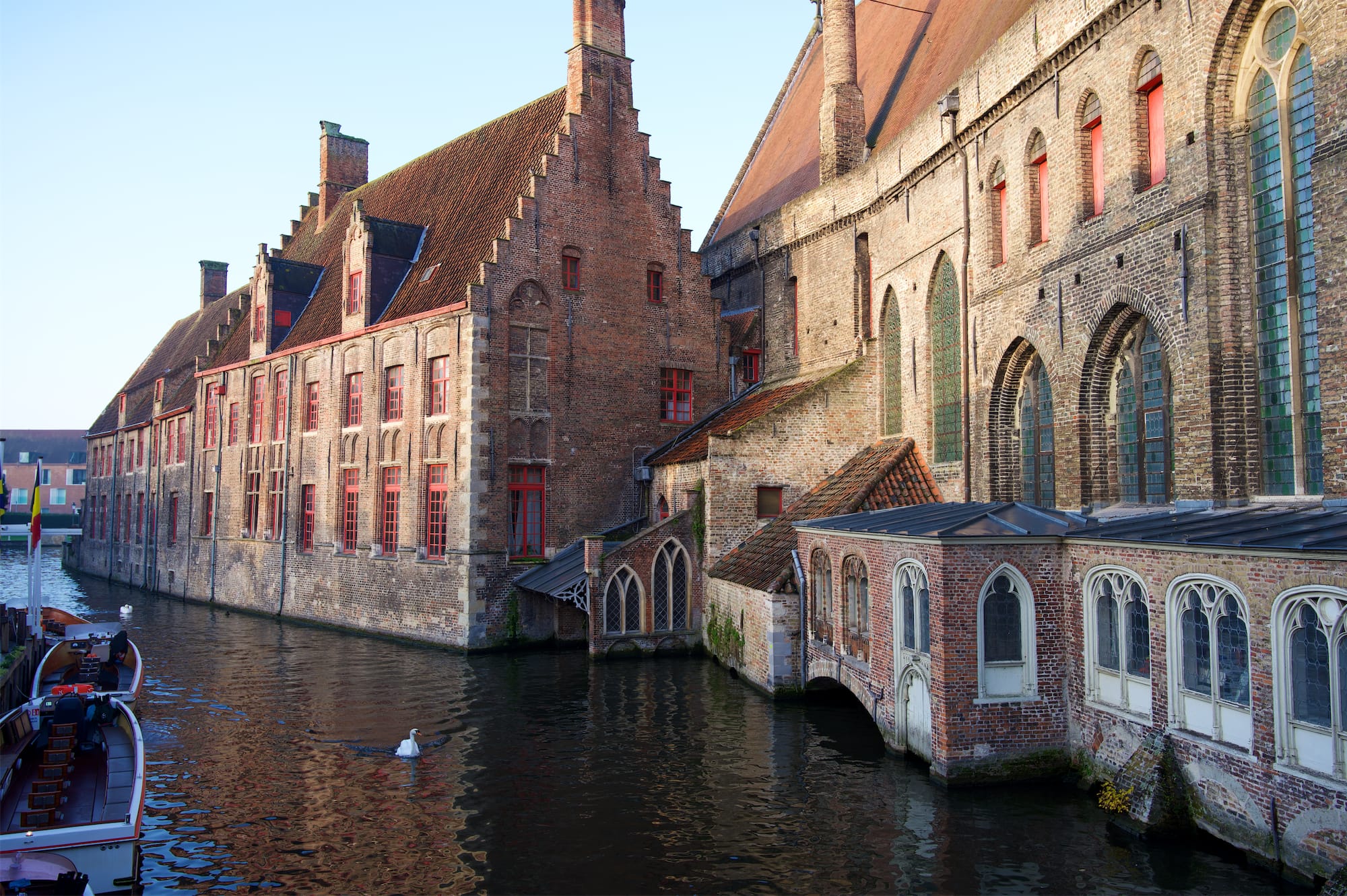
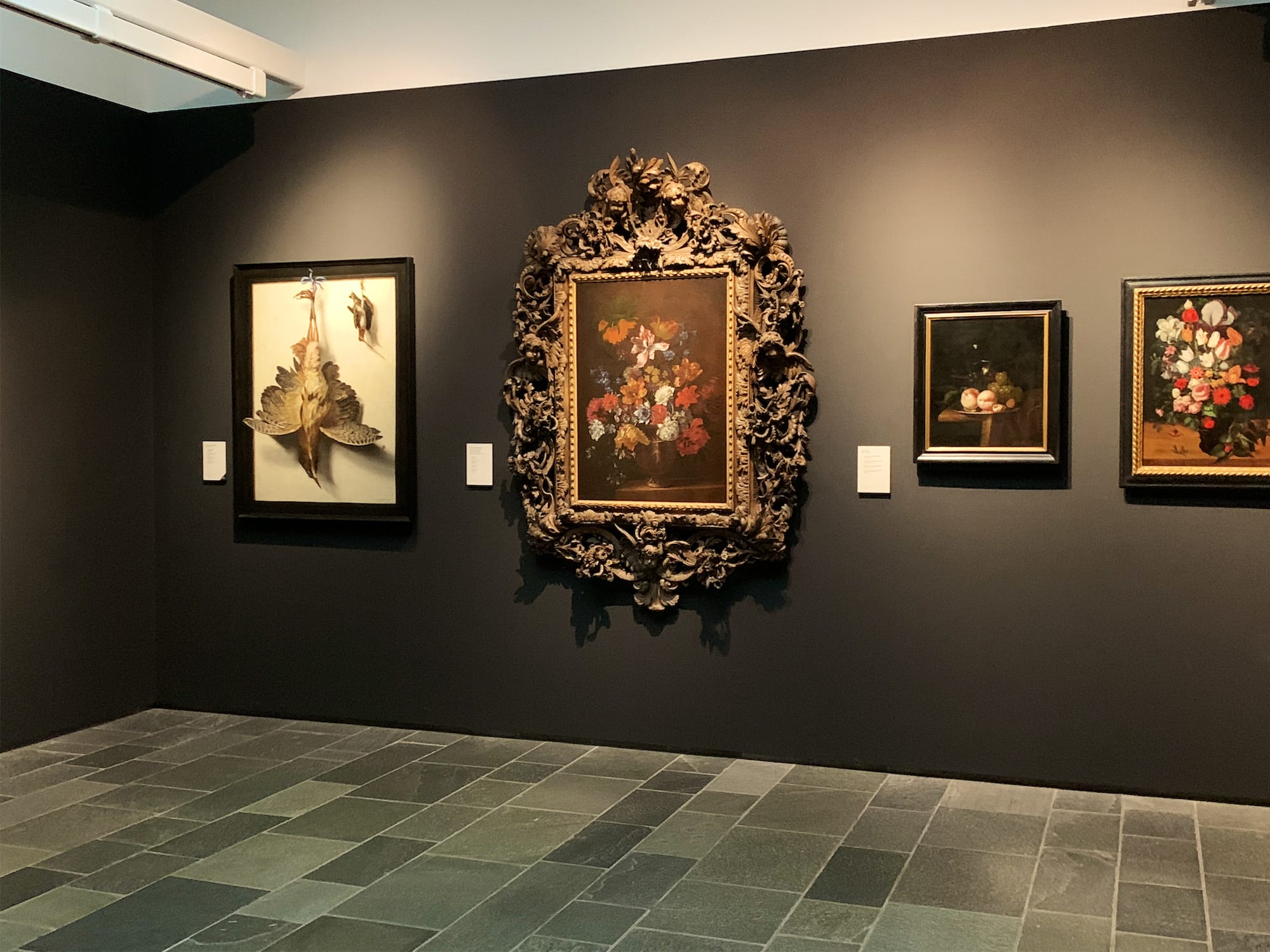
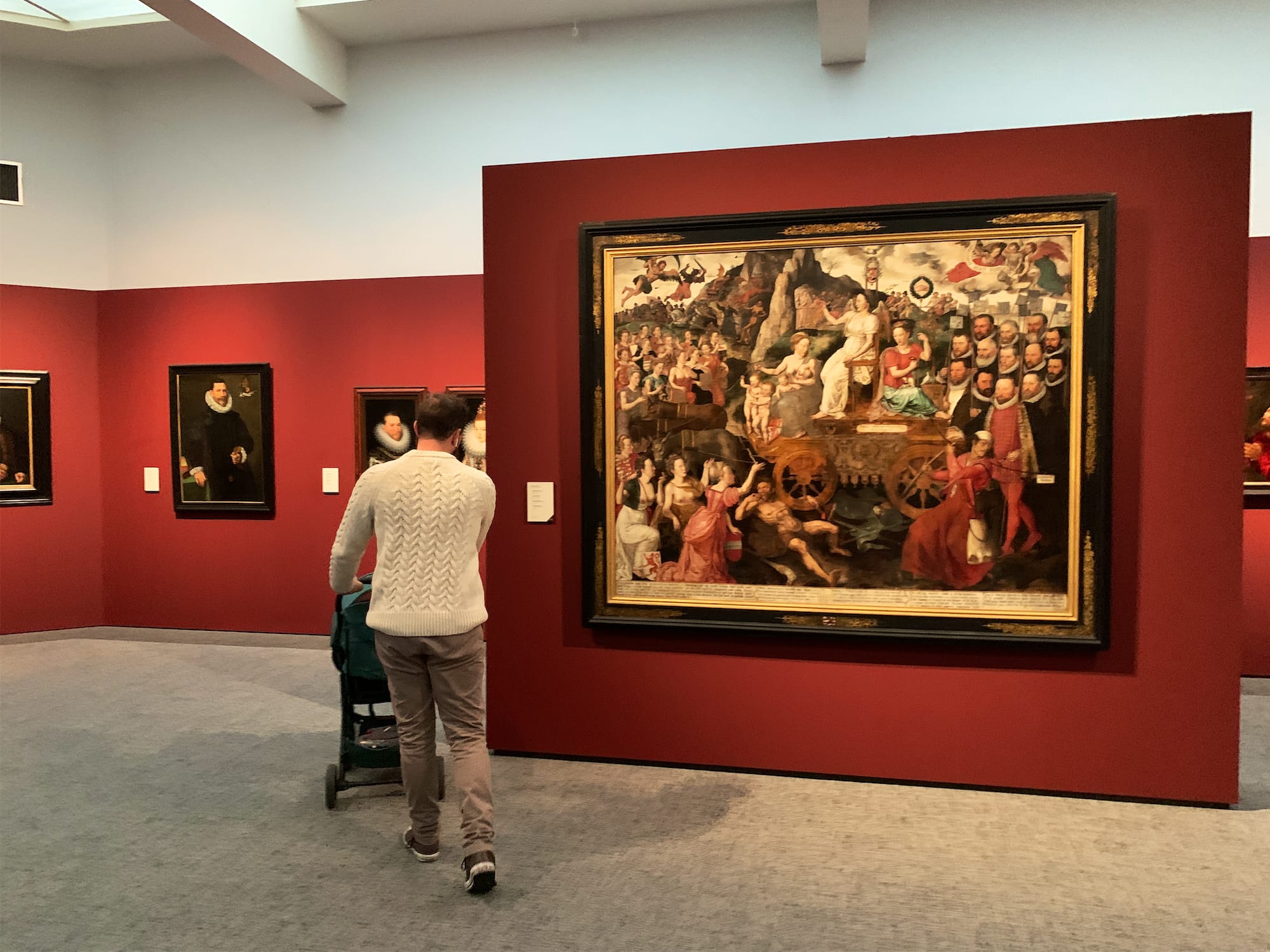
Along the Reie river you will arrive at one of the most instagrammed places in the city: the Rozenhoedkaai (Rosario Pier). It is an evocative place during the day, but perhaps even more so in the evening, when it is illuminated and enriched by the reflections on the river. This pier, which was previously called Salt Wharf (the boats loaded with salt landed here), owes its name to the sellers who once traded rosaries in this area.
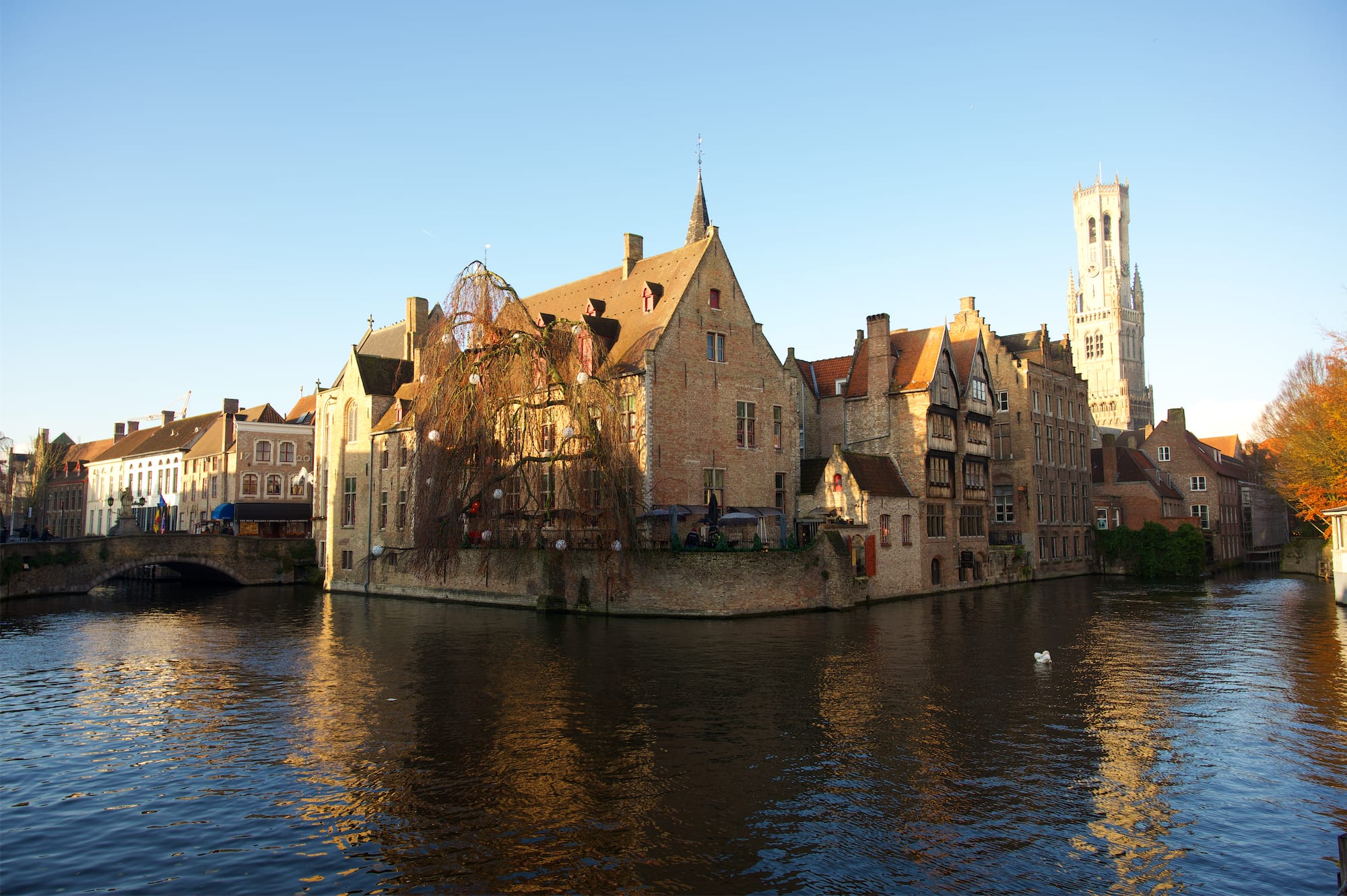
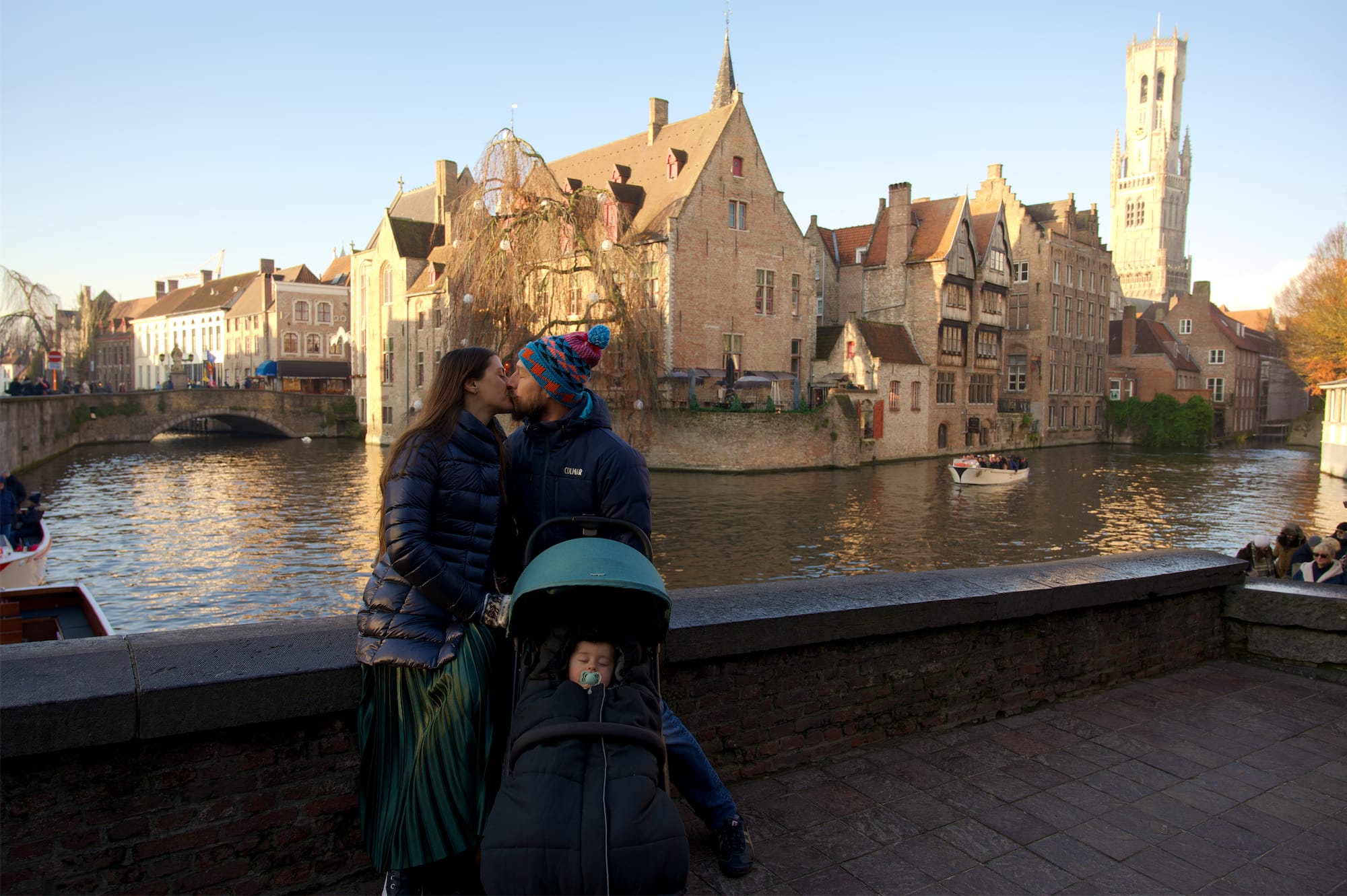

The walk will take you to an area dedicated in the past to trade: the Tanners' Square and the Fish Market, the oldest in Belgium.
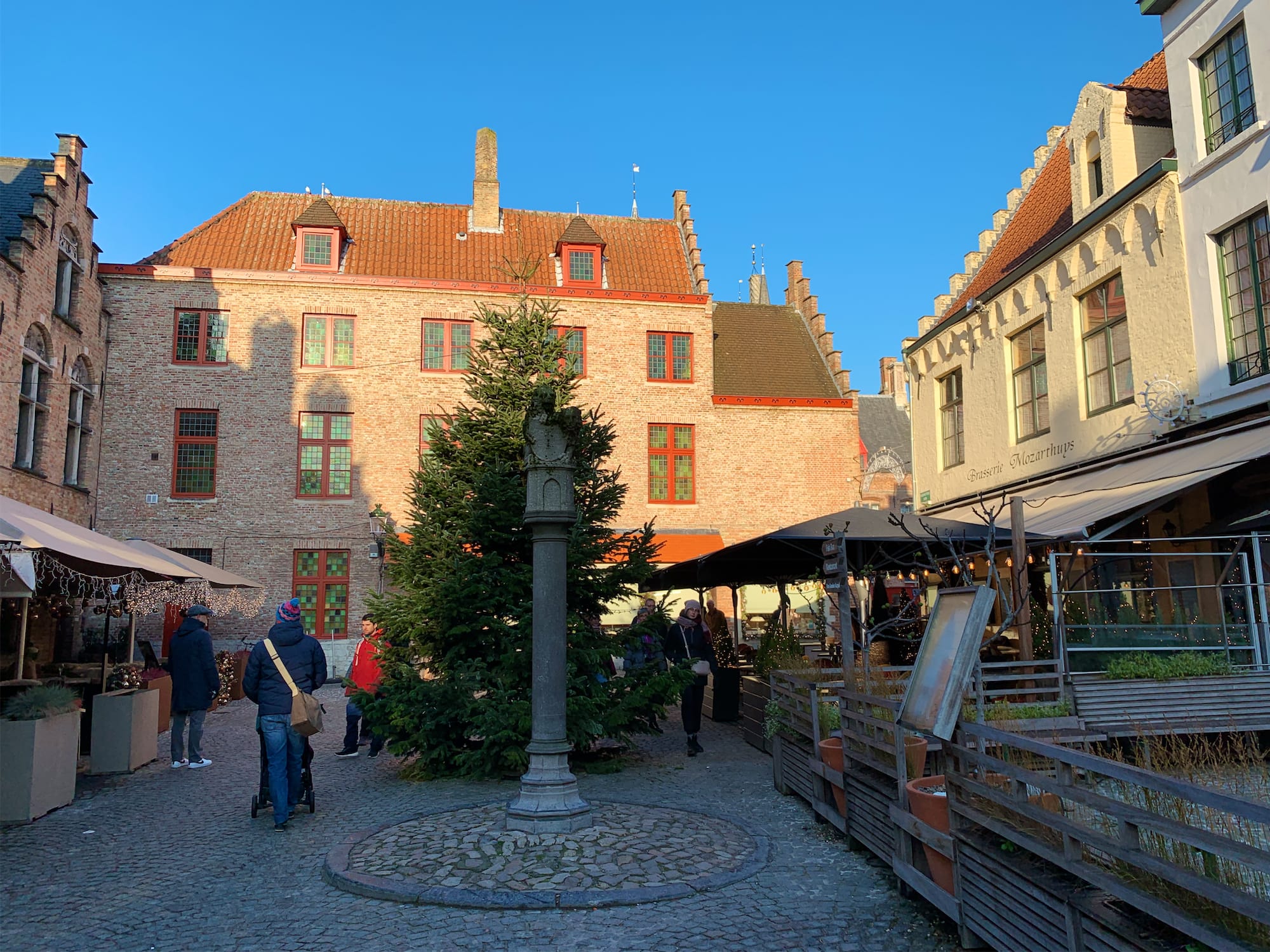
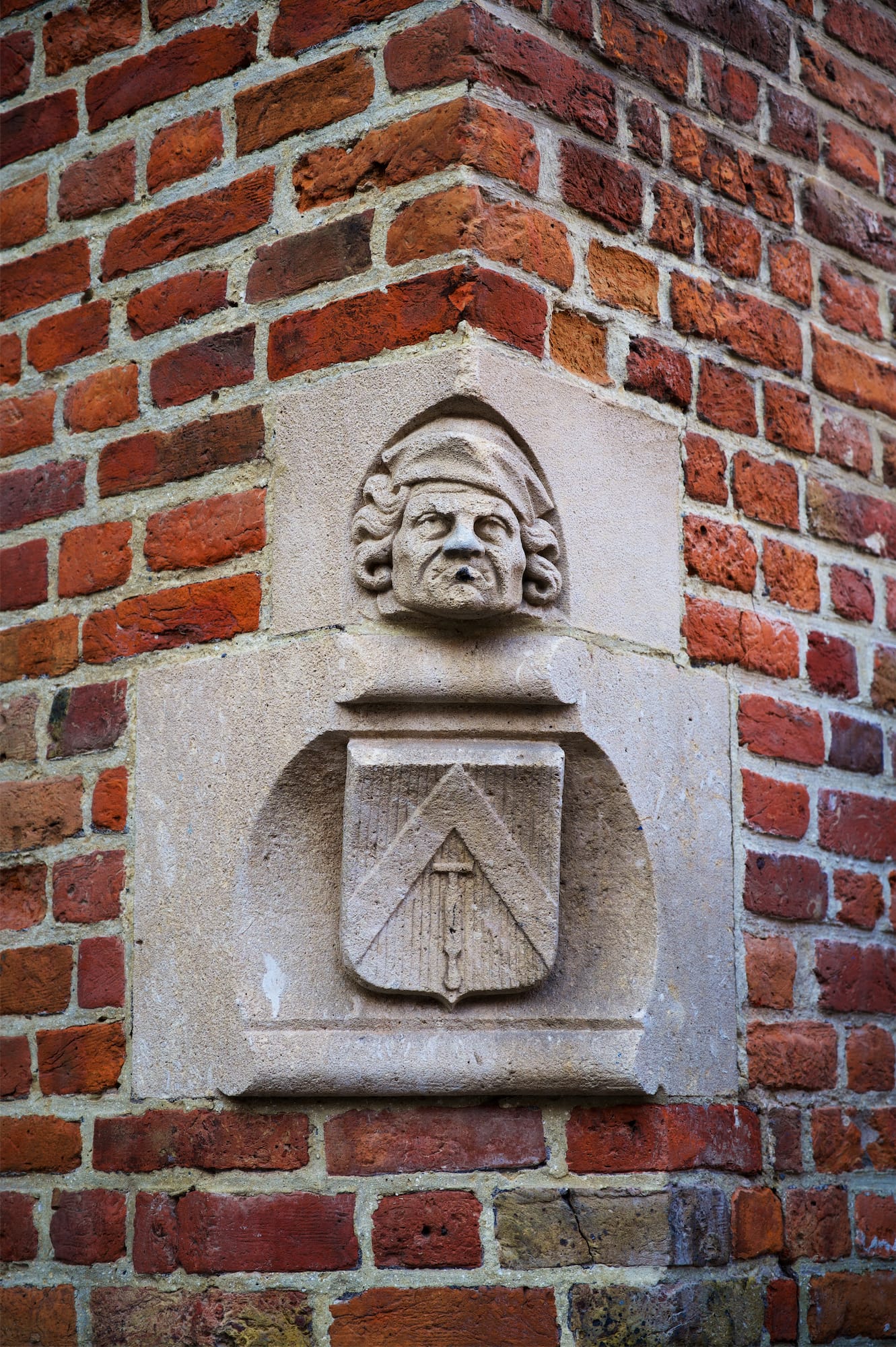
The next stop took us to the heart of the city: we arrived at the Burg square, bordered by several buildings that have marked the history of the city. Start from the Stadhuis Brugge (town hall), at the entrance you can see from the paintings how the square once looked. Then go upstairs to admire the imposing Gothic room completely frescoed and the interesting model which, with a video animation, tells the story of the city, from its origins to the present day.

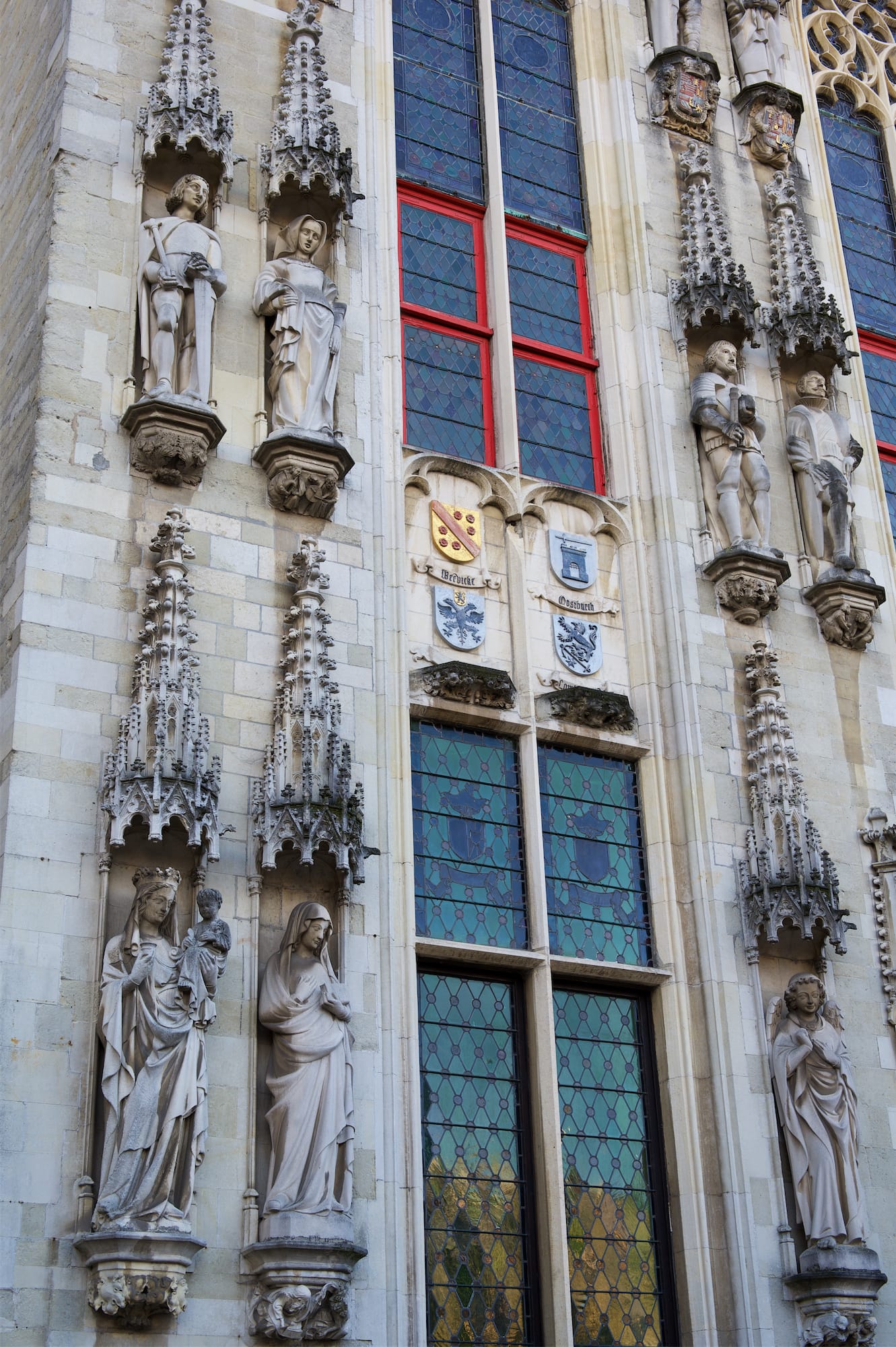
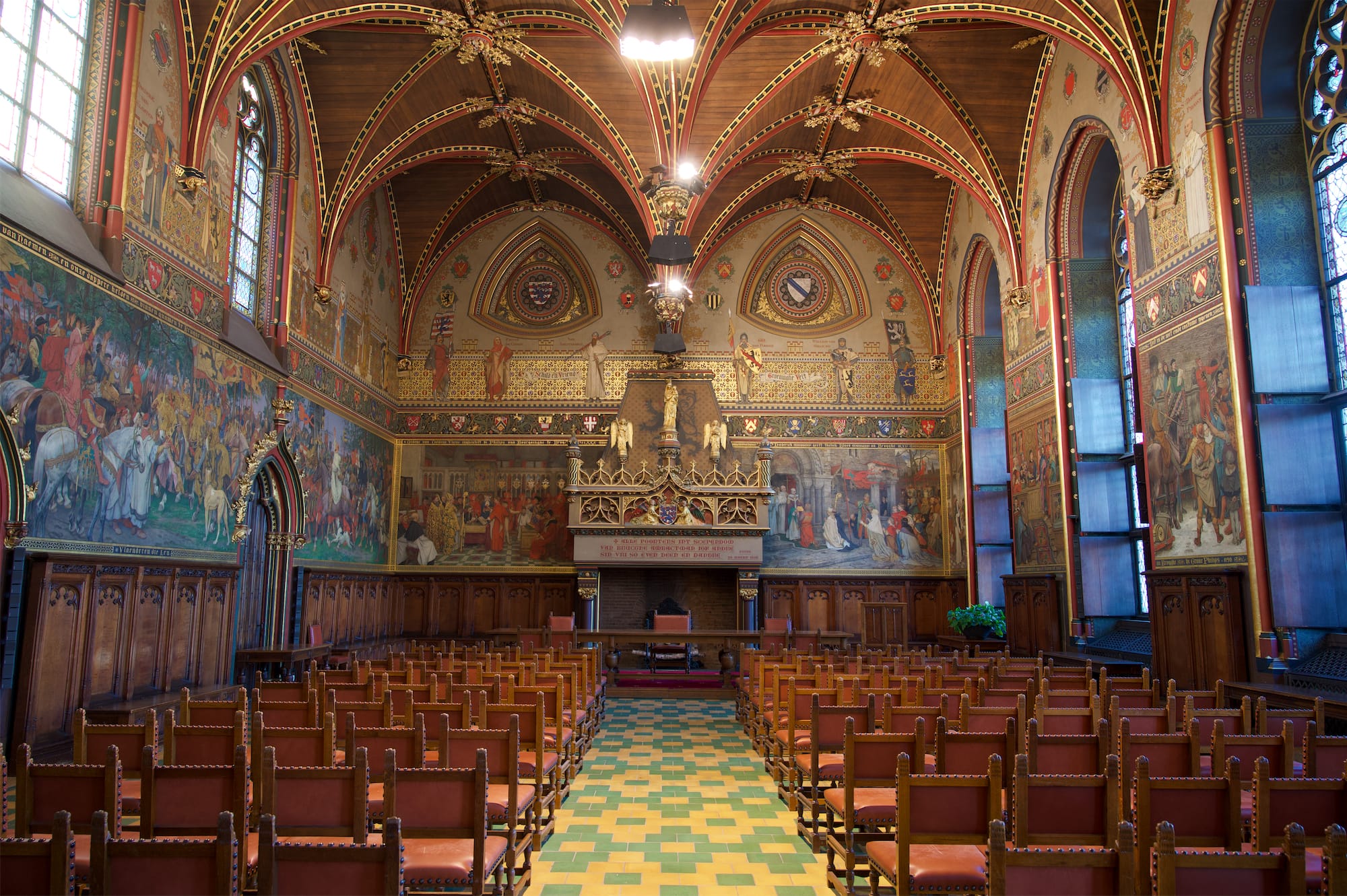
To the left of the building, enter for a quick visit to the rooms of the Brugse Vrije, the ancient Palace of Justice, to admire the room with the wooden fireplace and then continue towards the right of the town hall to visit the Basiliek van het Heilig Bloed (Basilica of Holy Blood). Here the relic of the Holy Blood has been preserved for centuries in the neo-Gothic chapel on the second floor.
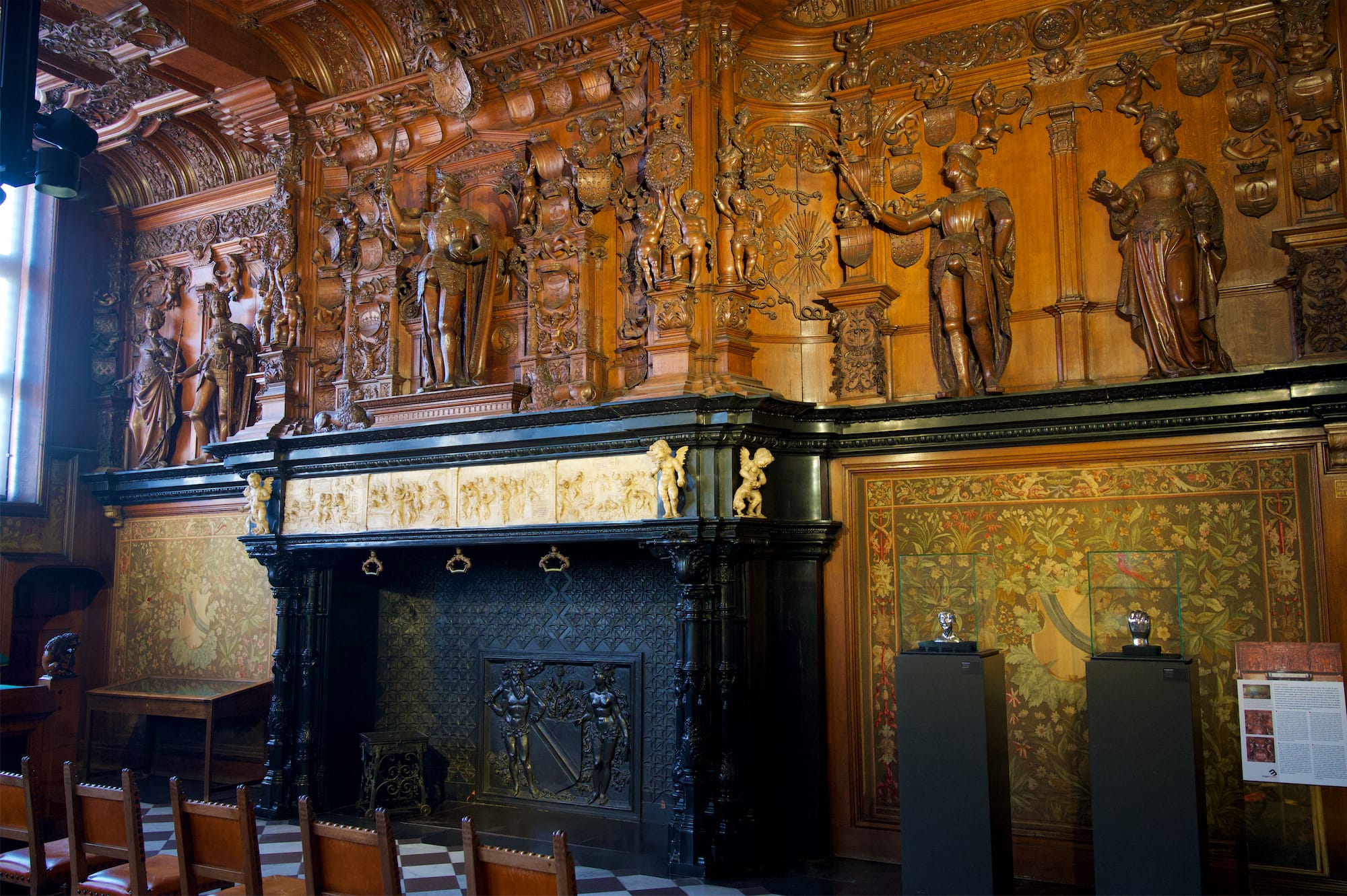

Only one road now separates you from the picturesque Grote Markt, the Market Square. It is surrounded by grandiose historic buildings that will capture your attention, first of all the Belfort, the city's bell tower. Book your entry in advance (at least the day before) to ensure a place in the desired time slot. The 366 steps will take you to enjoy a spectacular view of the square below and the rest of the city.
Some parts of the staircase are particularly steep and narrow, but we easily managed to climb with Enea in the pouch. Along the way you will learn more about the history of the tower and its carillon connected to 47 bells which plays a melody throughout the day.


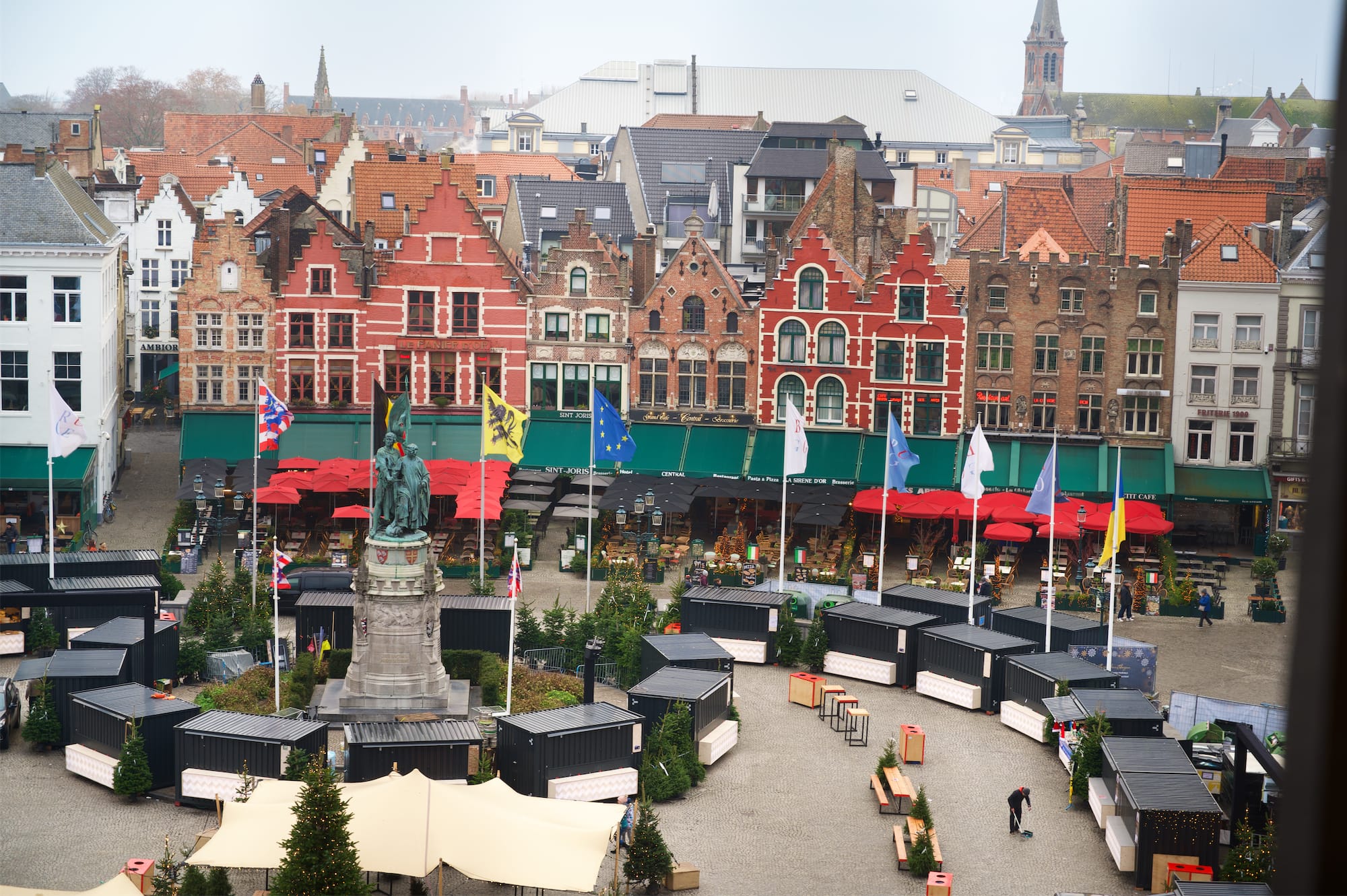
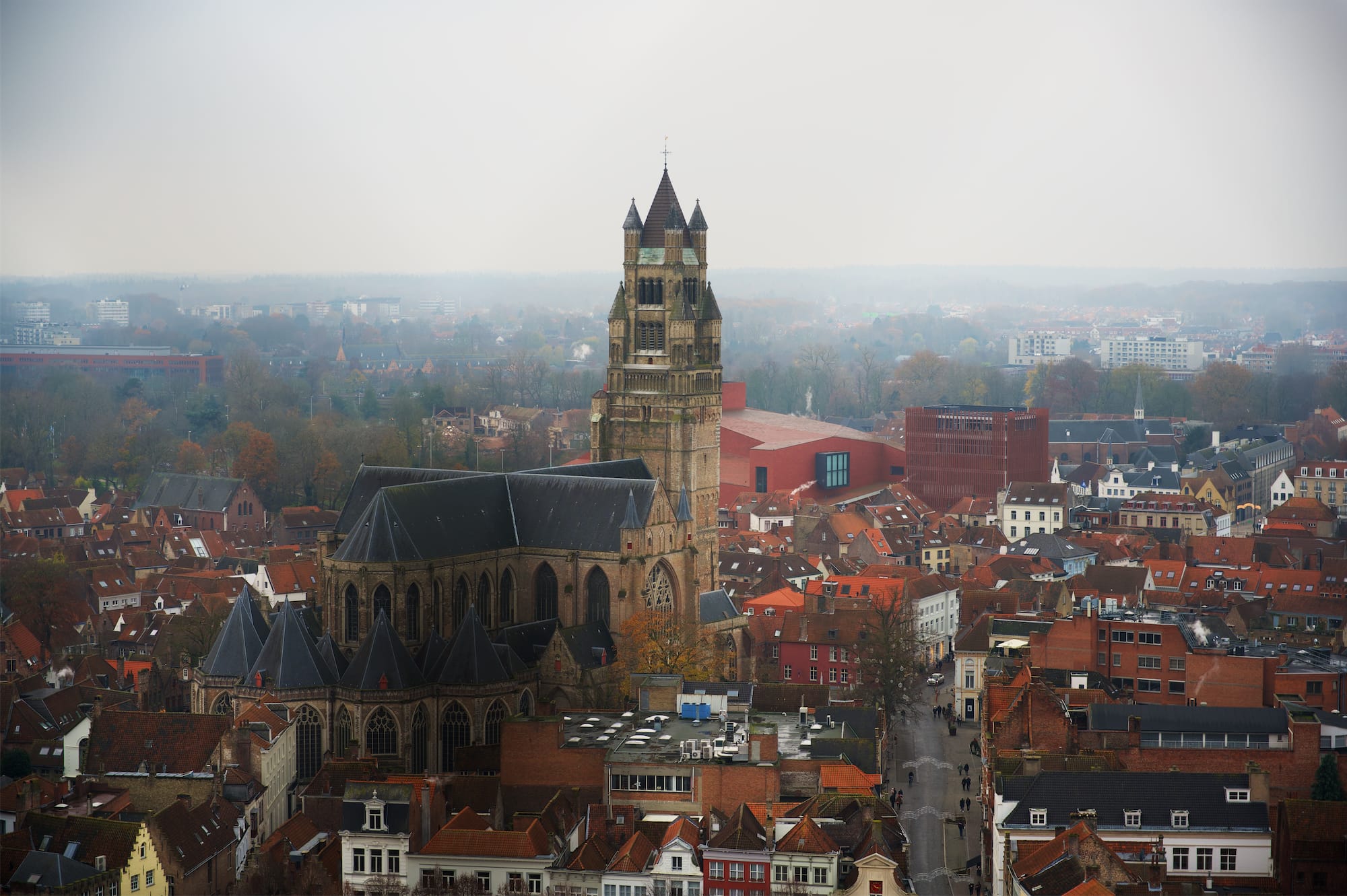
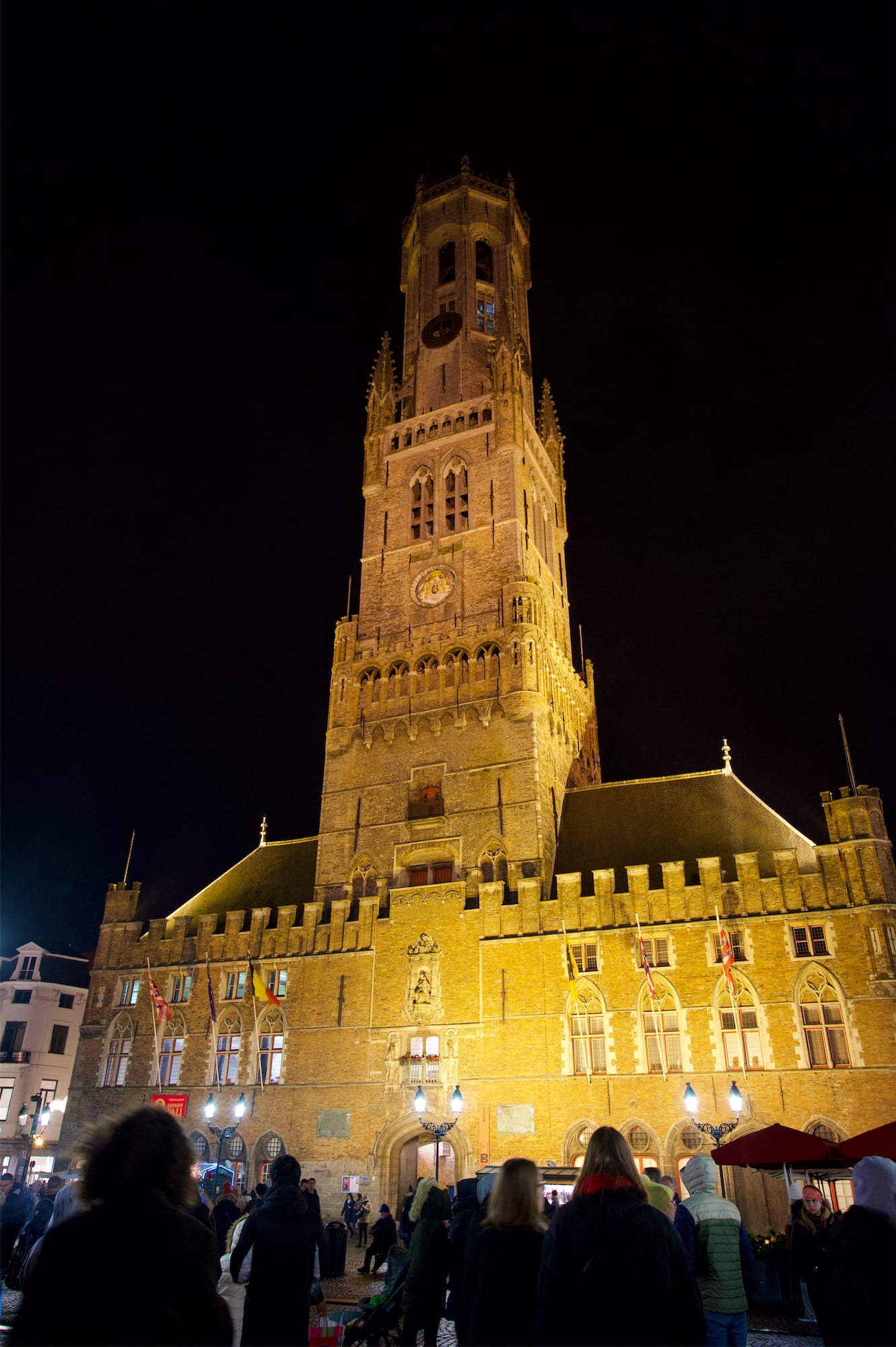
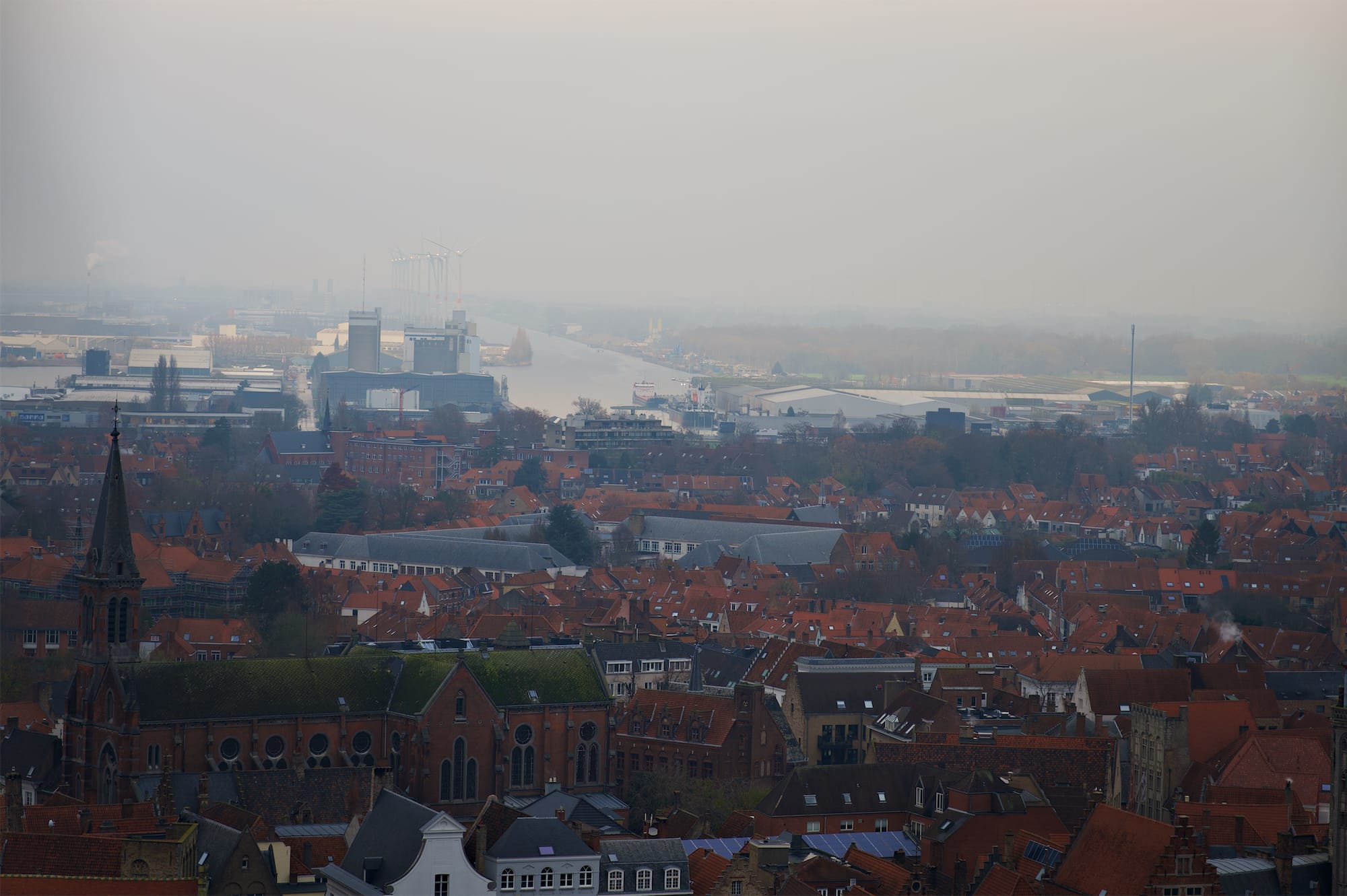
If you don't feel like climbing many steps, enter the building next door, the Provinciaal Hof (Provincial Court). In addition to a museum, the second floor houses a brewery which enjoys a panoramic balcony overlooking the Grote Markt square, from here you will see what a view in the evening!

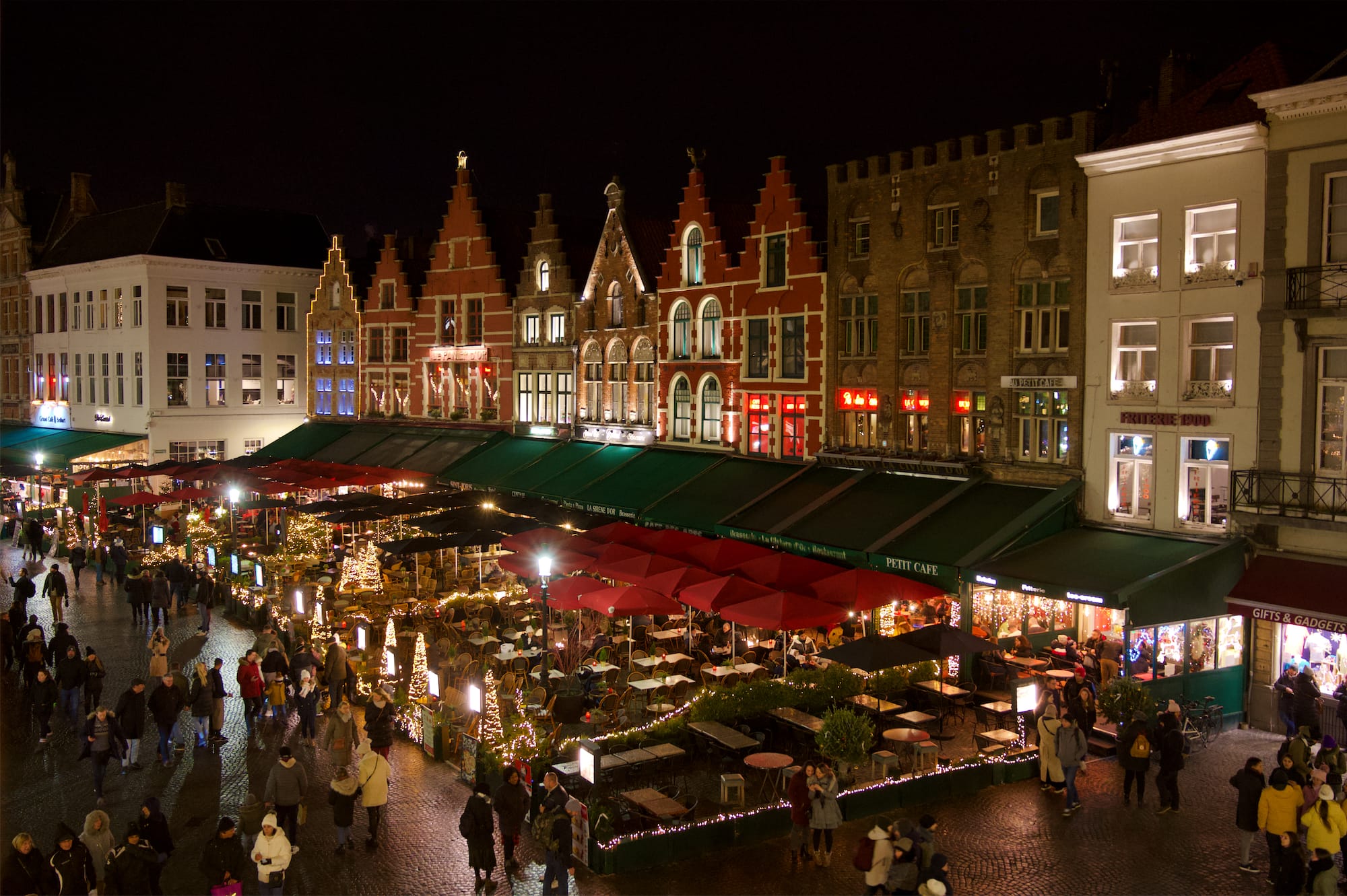
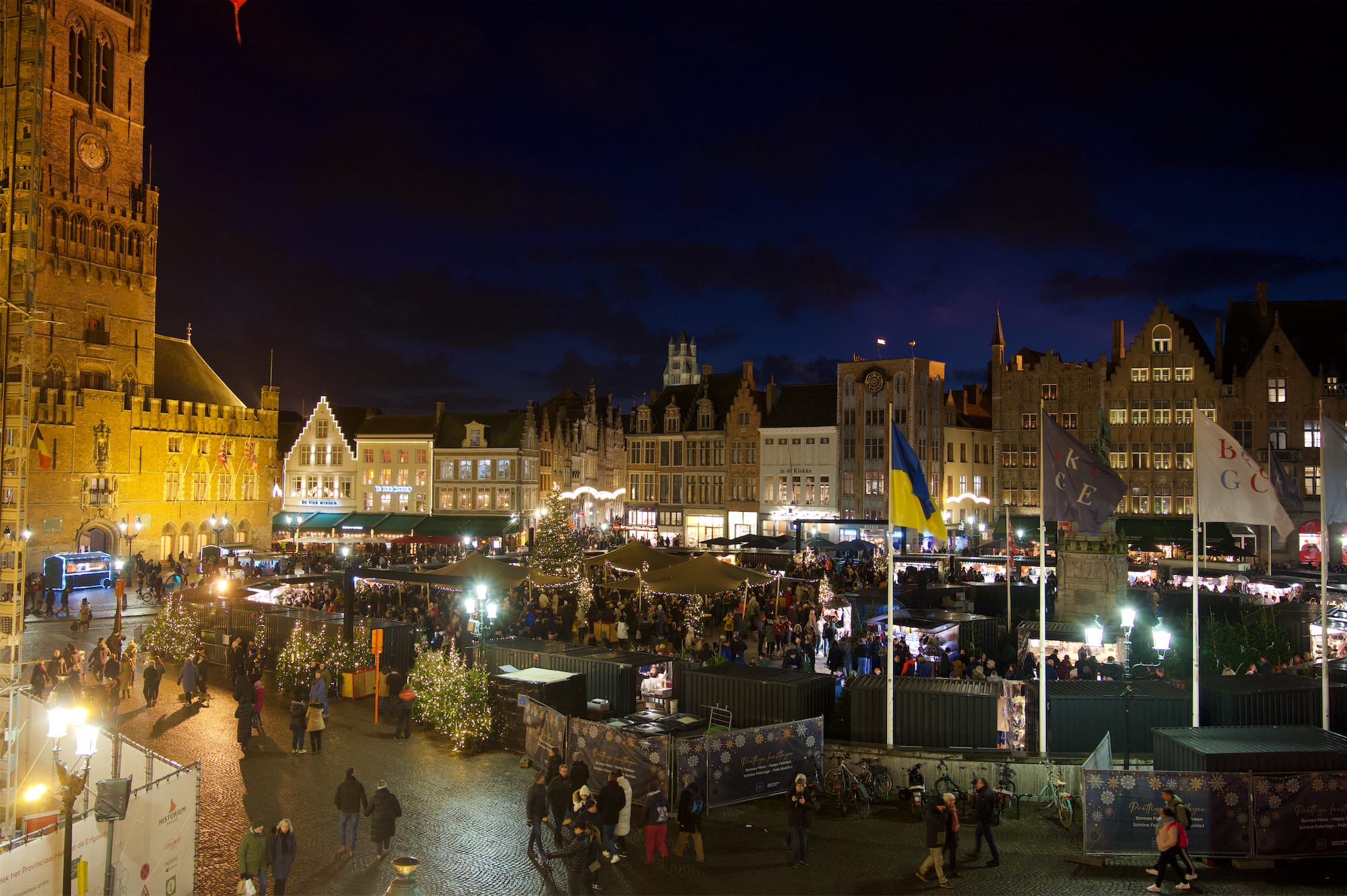
During the day the square is always very crowded, so if you want some shots all to yourself you should set the alarm early, like we did!
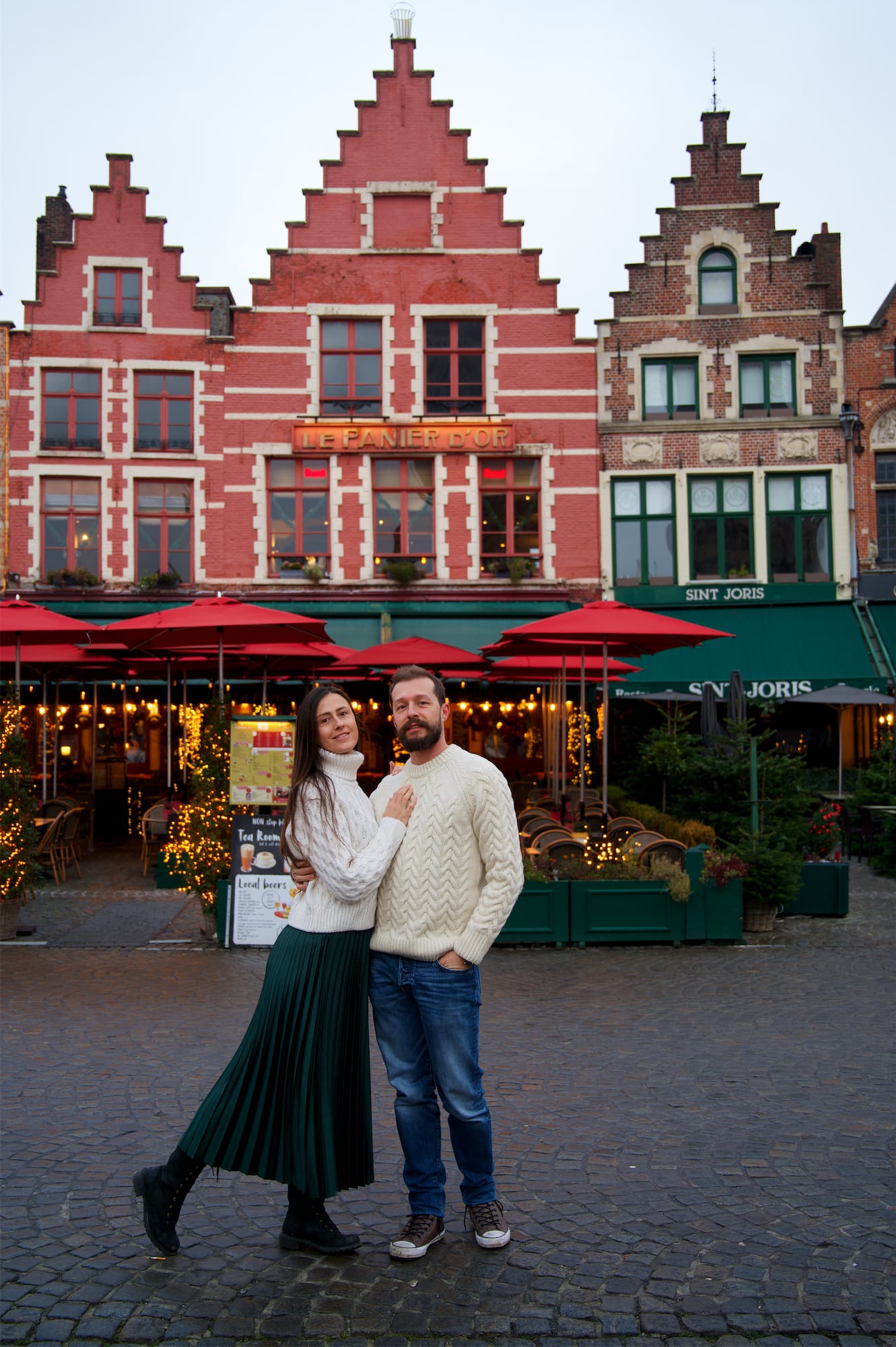
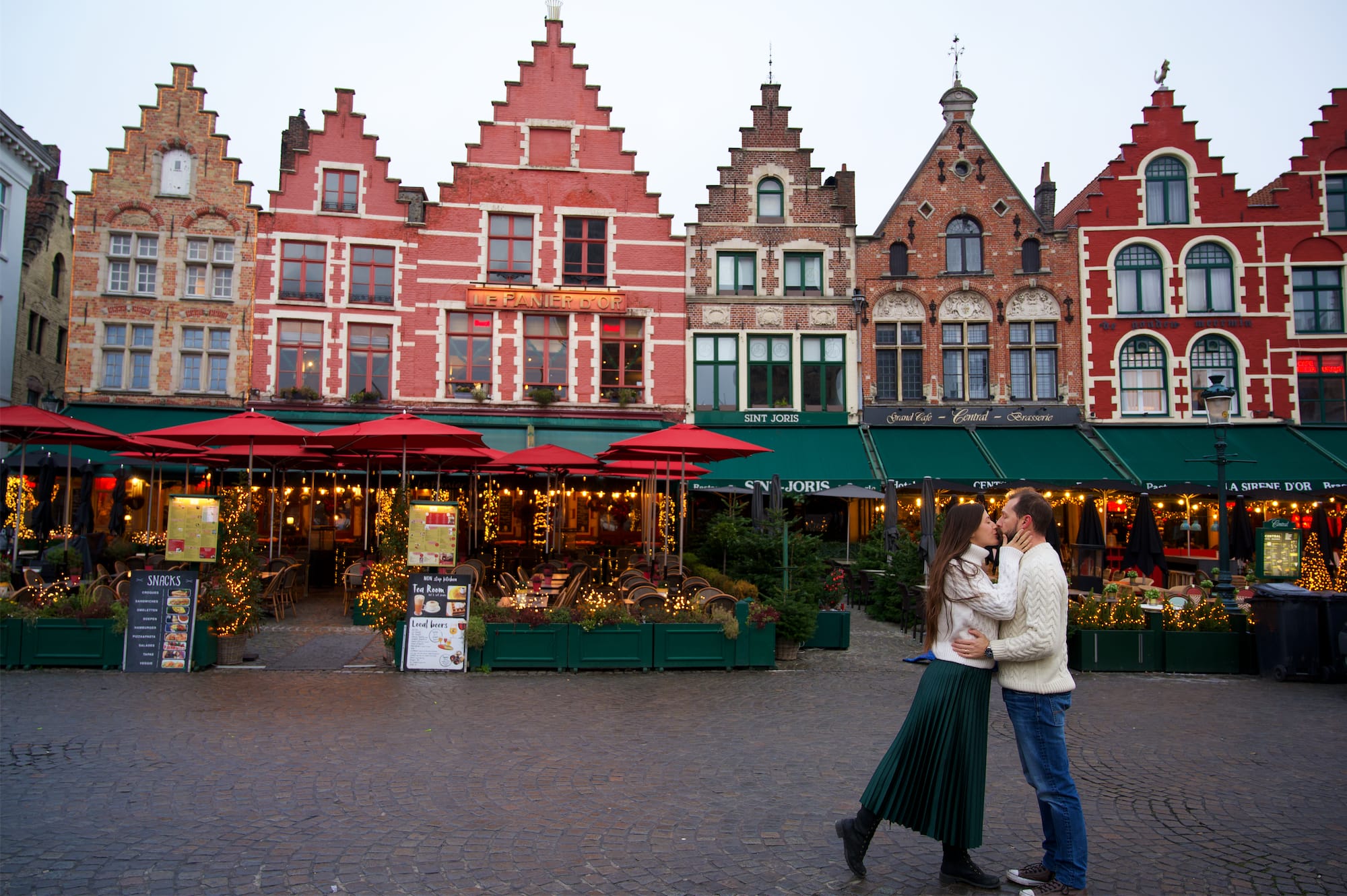

Stop for a short stop at the St. Salsalvatorskerkhof (St. Savior's Cathedral), the oldest parish church in Bruges, then continue to the modern 't Zand square. The square is quite modern and retains little of its distant past, but here you will have the opportunity to stop at the information center for some advice or to purchase their interesting city guide.
At this point continue to Walplein, where the city's beer has its headquarters: the "Brugse Zot". Here is also the oldest brewery "De Halve Maan" where you can take a guided tour or stop for a refreshing break.
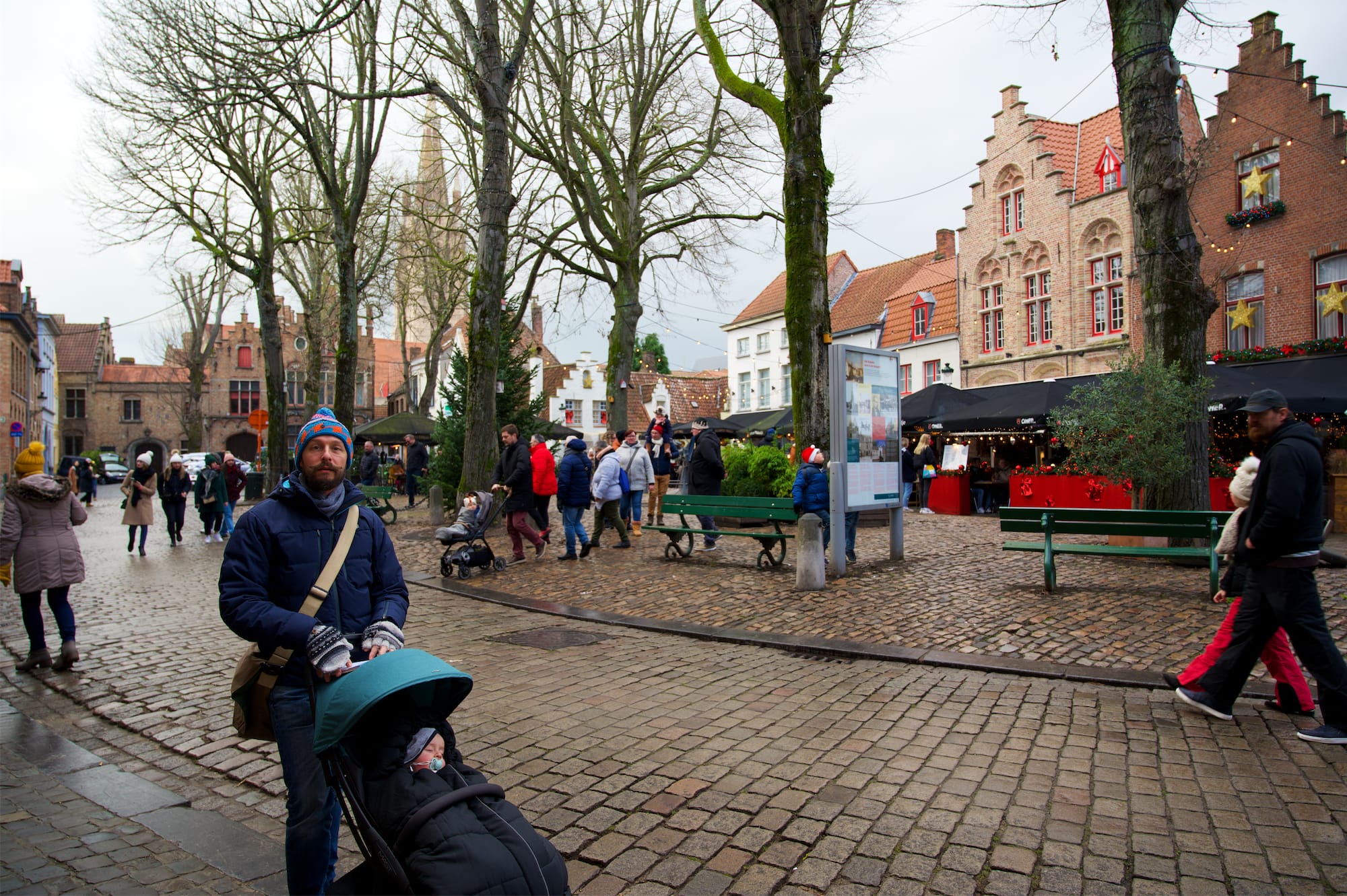
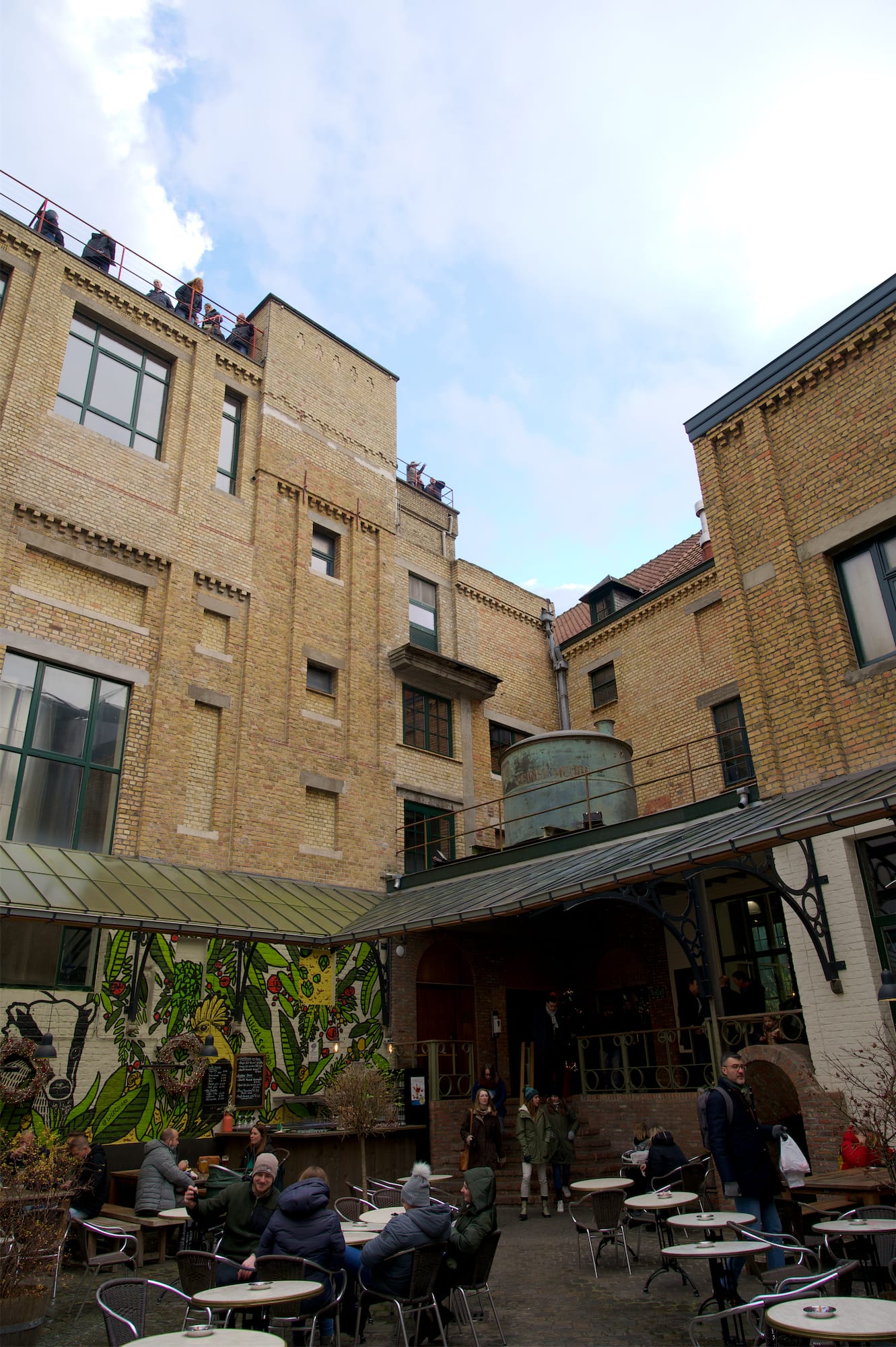
The next stop is the Begijnhof, the Beguinage of Bruges where the Beguines once lived, usually wealthy single women who decided to live in this neighborhood without having taken any vows, under the supervision of the abbess but with a fair level of freedom for the time.
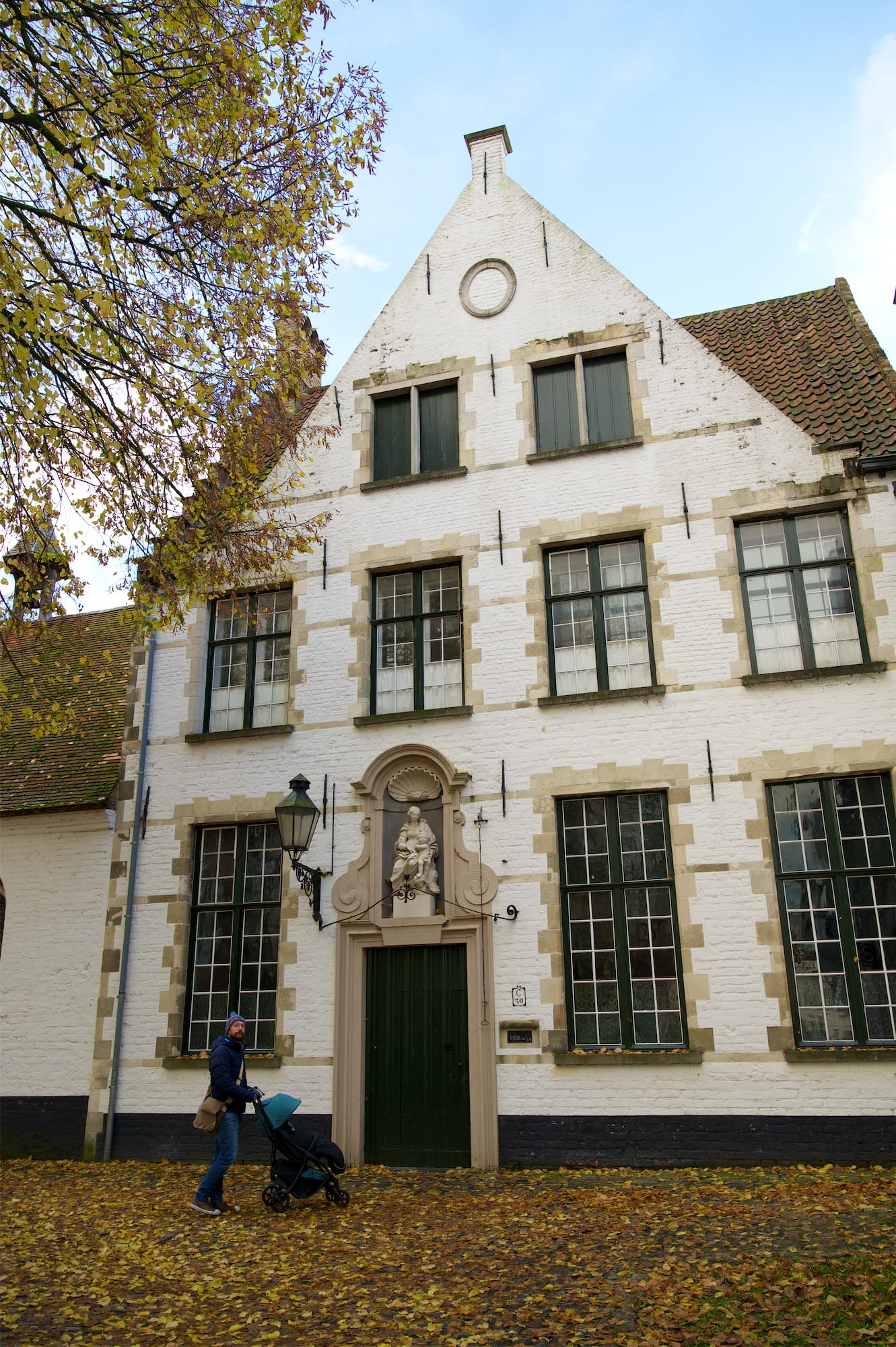
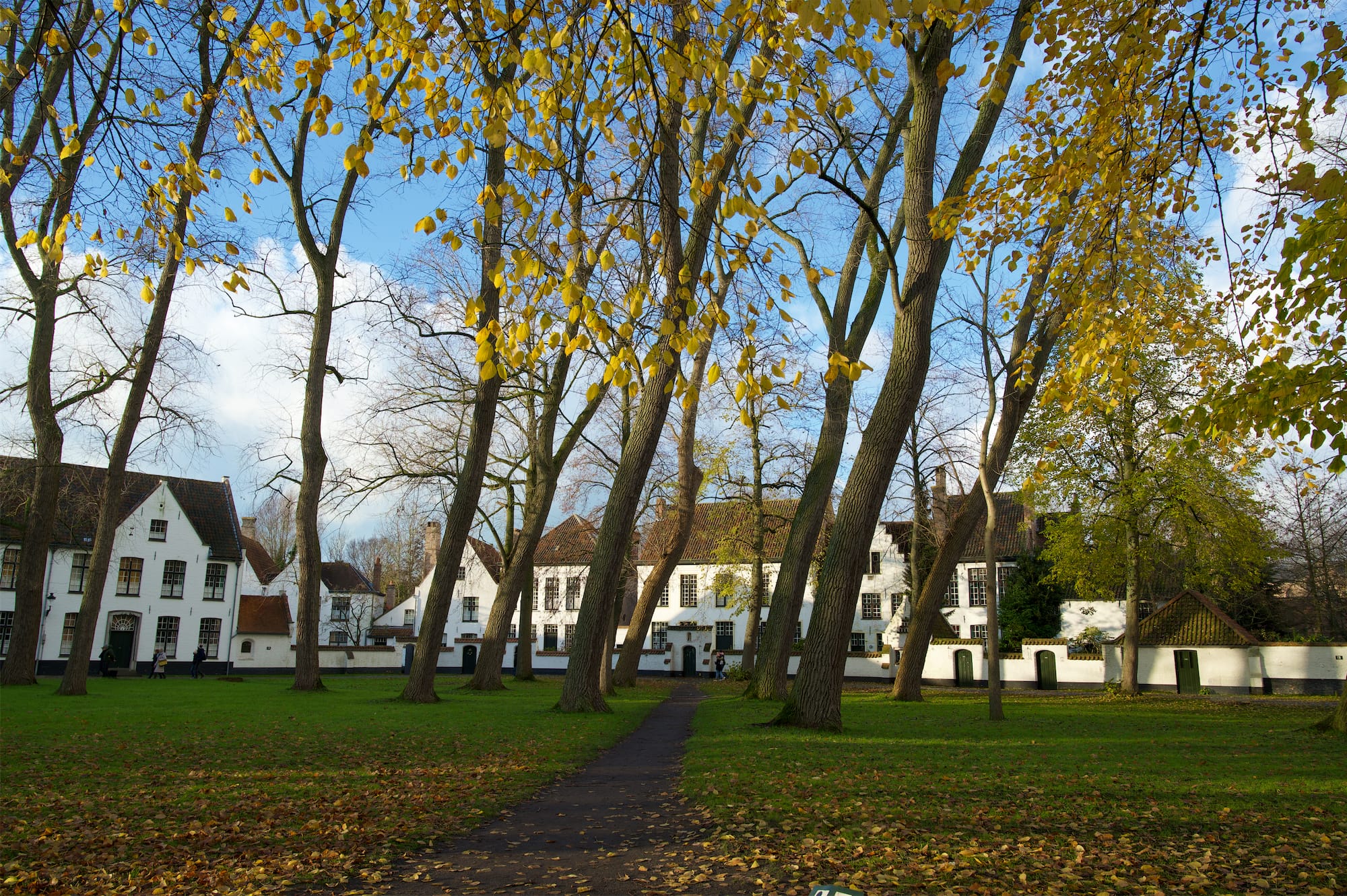
If you feel like walking further, continue through the Minnewaterpark (Lake of Love park) where you can relax along paths surrounded by greenery. Cross the bridge to enjoy a pleasant view of the lake and you will arrive at the ancient city walls and the historic Powder Tower, which owes its name to the gunpowder that was once stored there.
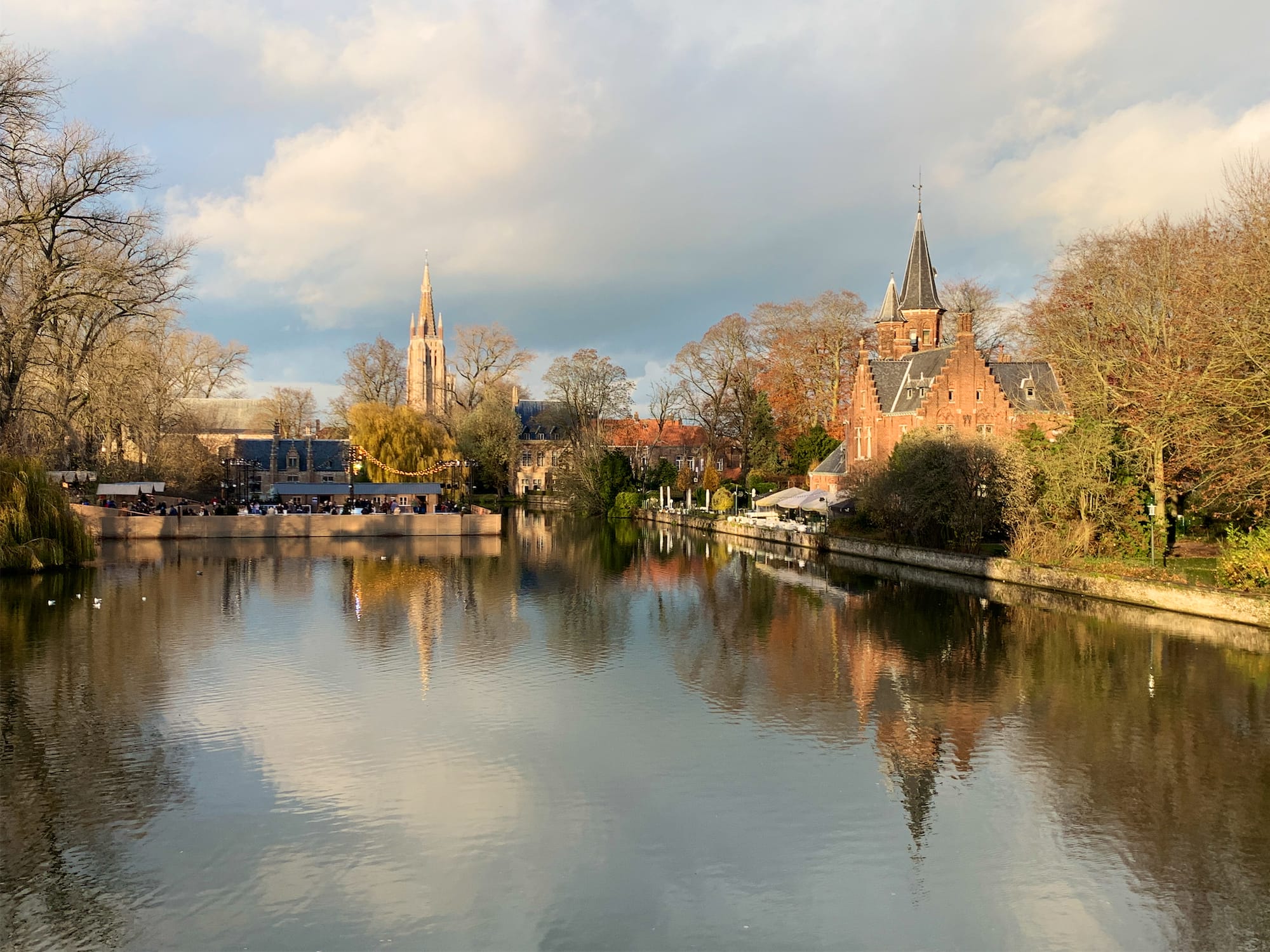
From this point you can decide to retrace your steps towards the center or complete the route described on the map.
If you still have time at your disposal, you can integrate part of itinerary n.2 as we did, to discover the luxury and splendor of Burgundy. The itinerary starts from Grote Markt and winds north, discovering interesting places and buildings.
Reach Jan van Eyckplein, the square dedicated to Jan van Eyck. In the past it was here that ships loaded with goods docked and therefore you will find several historic buildings, such as the old customs house and the narrowest house in the city. The Bruges bear, symbol of the city, is also visible in a niche. Definitely worth a stroll to see it!
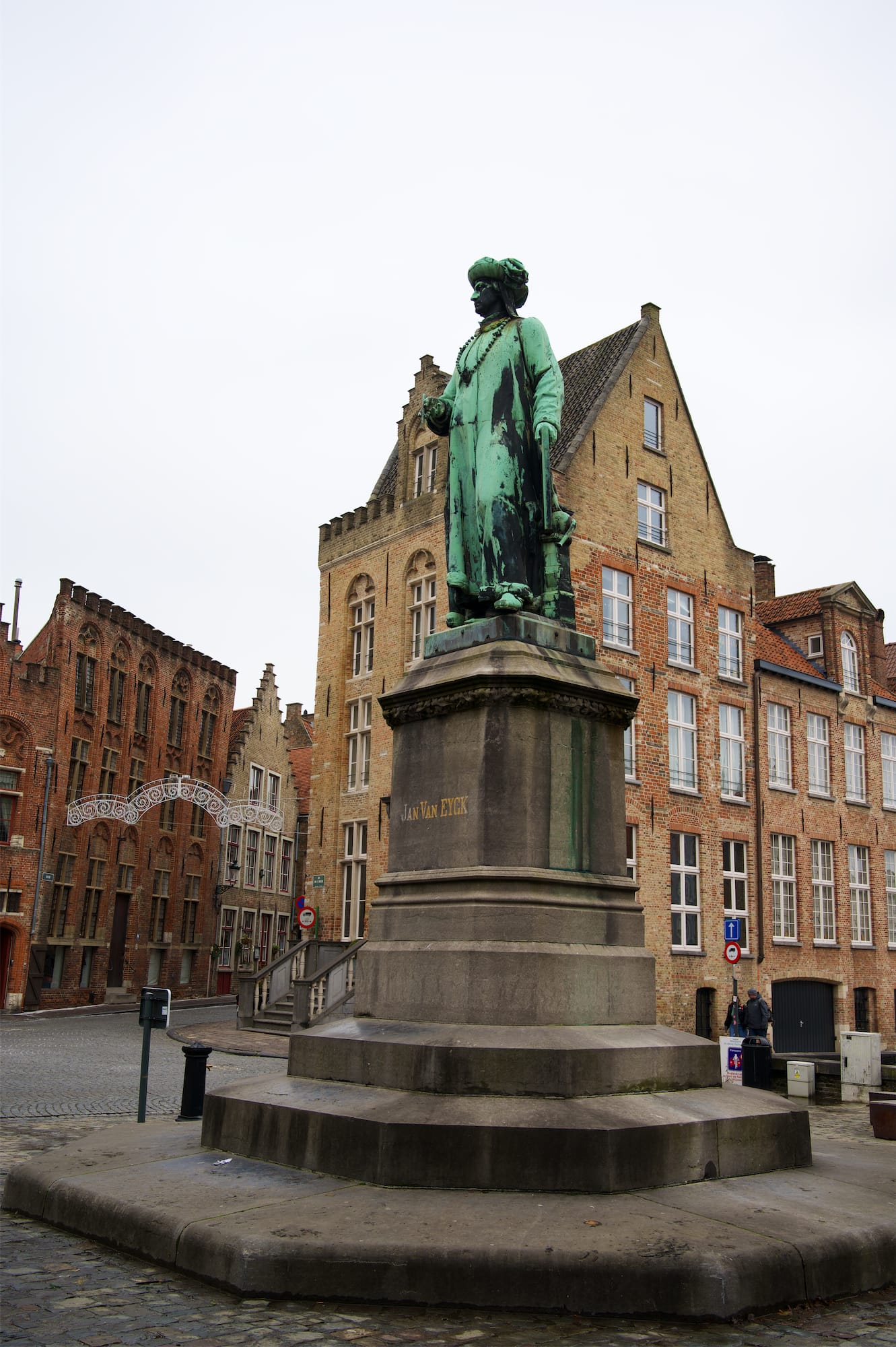
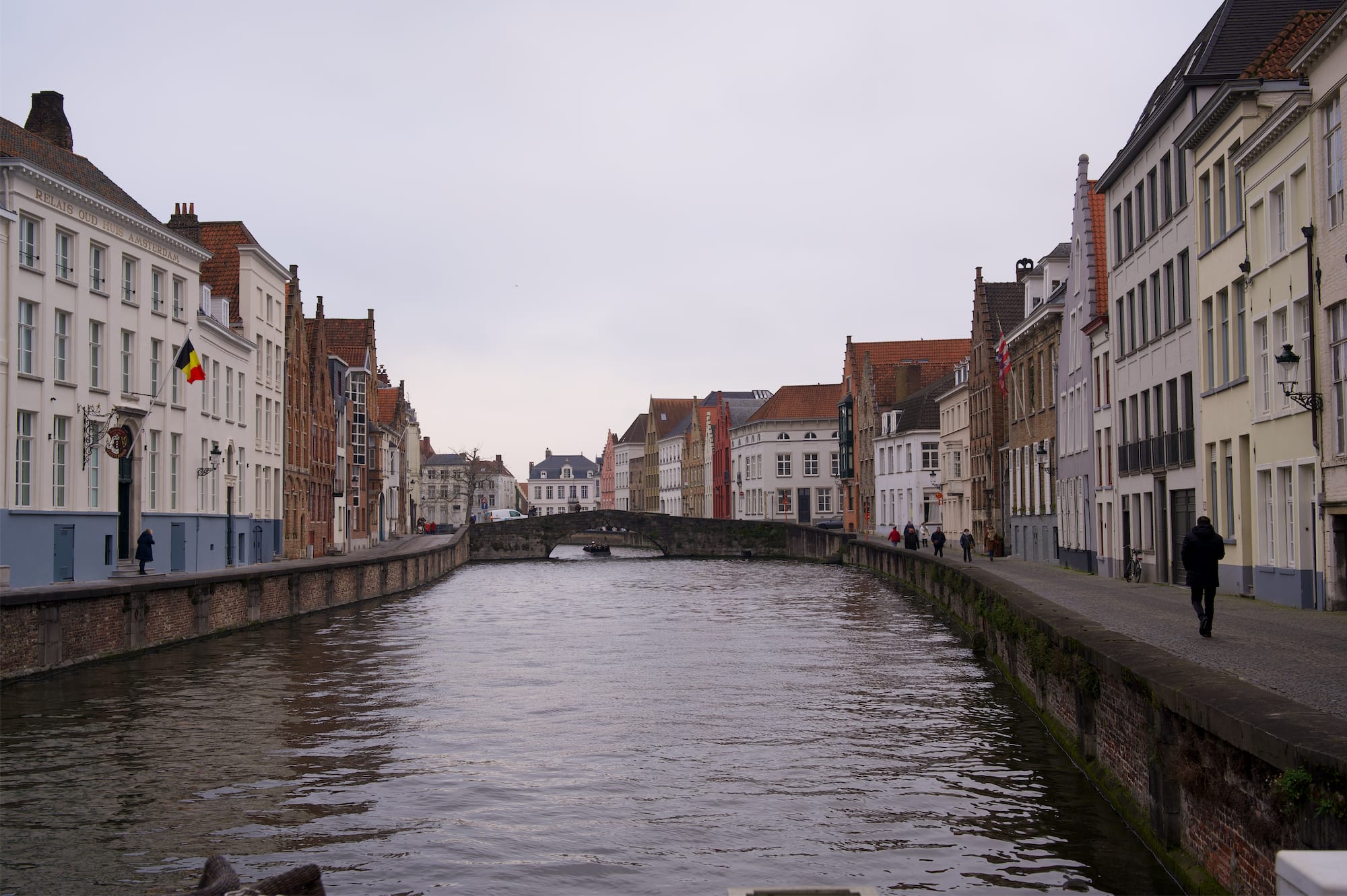
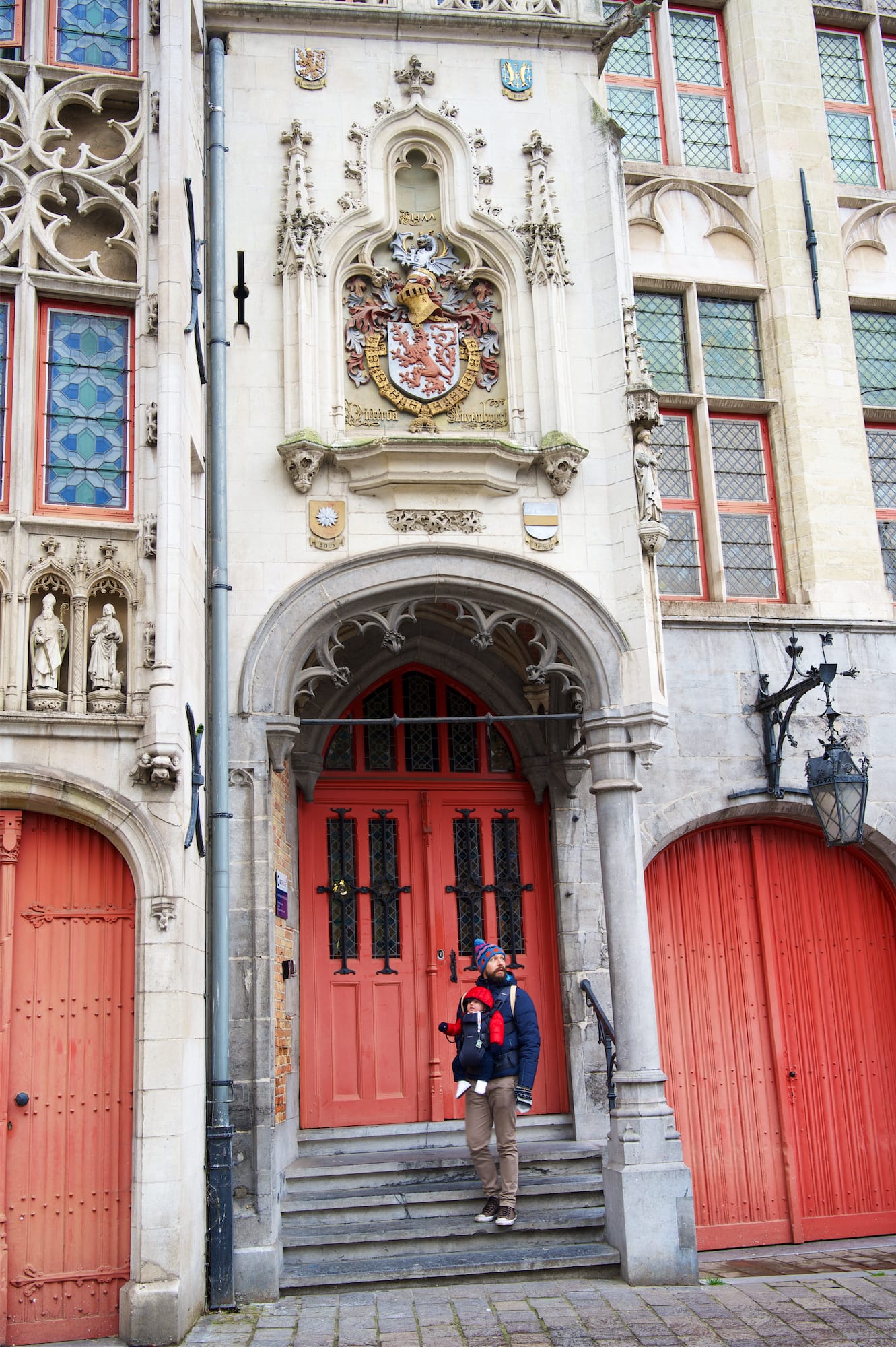

Then continue towards the Sint-Jakobskerk, the Church of St. James, which in the past represented the religious epicenter of the local elite. Its interiors subsidized by the local bourgeoisie should be very rich, it's a shame that we found the church closed. A curiosity: notice a shell next to the door, as the church is located along the ancient pilgrimage route to Santiago de Compostela. Not far away, where the Prinsenhof, the court of the princes, once stood, today there is a luxury hotel.
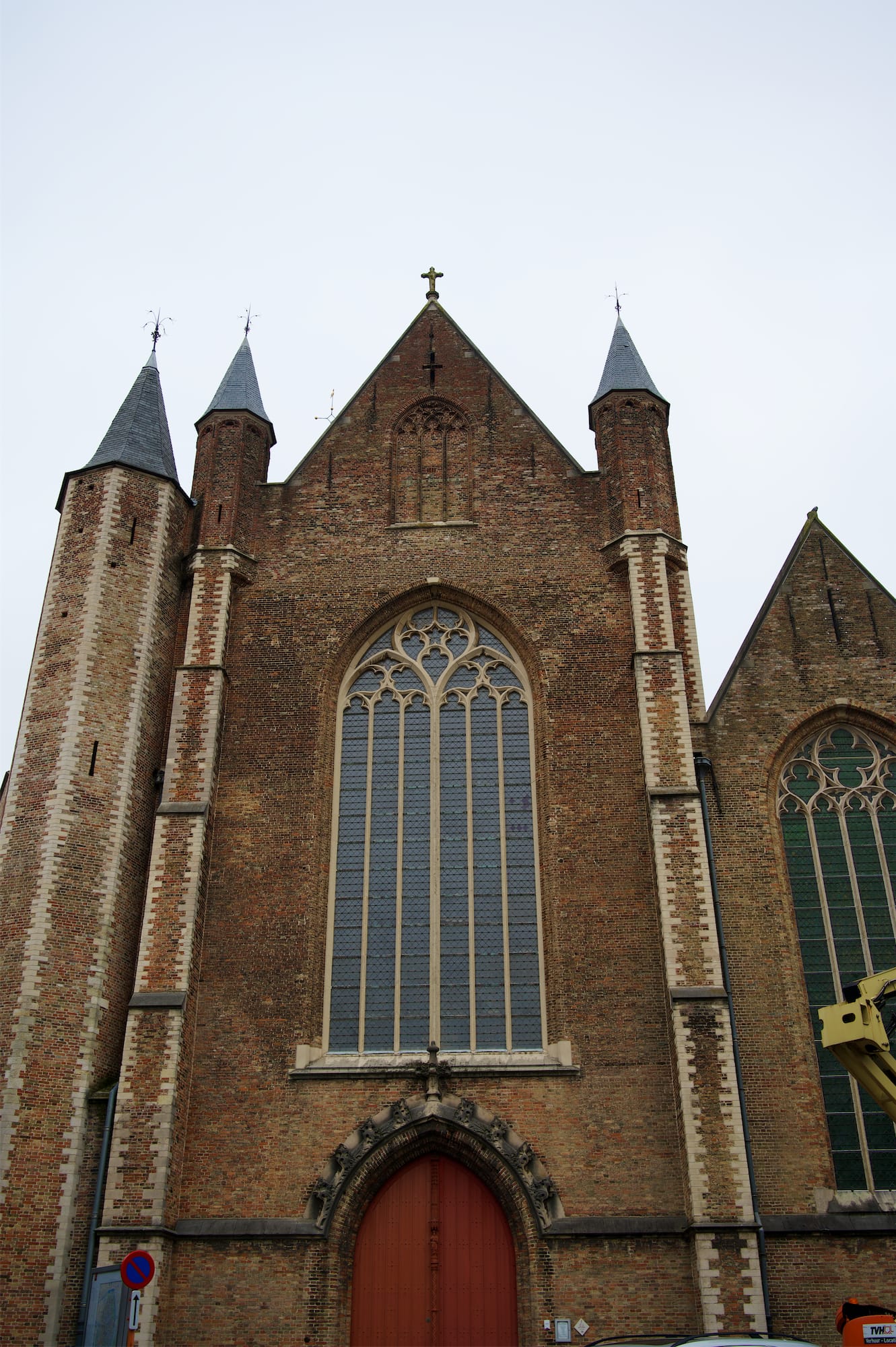
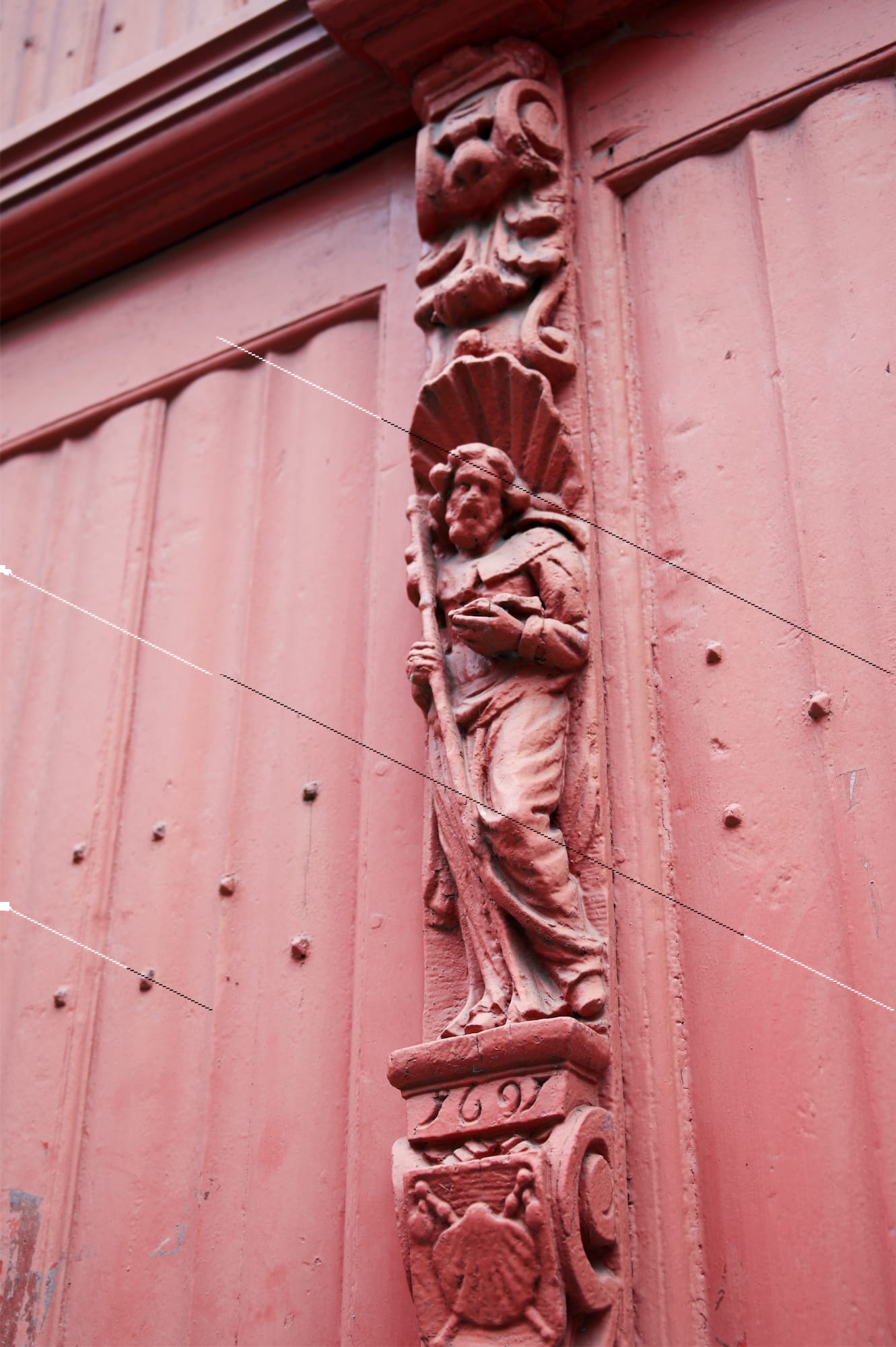
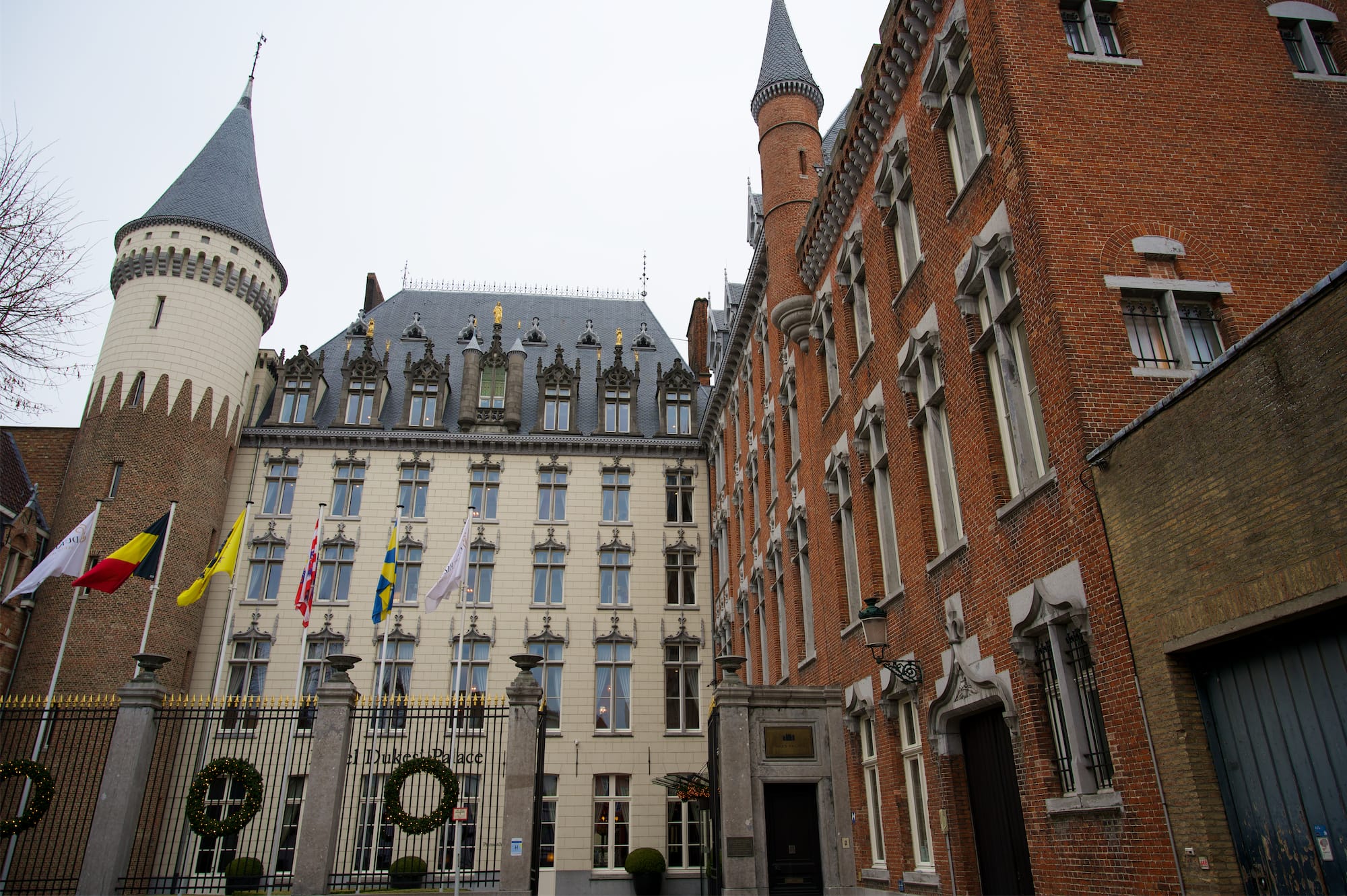
If you are curious about the city's past of splendor and wealth, continue your journey south until you reach the Gruuthuse museum. The museum is set up inside the family's luxurious palace, and will allow you to imagine what the life of a noble in Bruges was like in the past. Once you reach the second floor, you can also enjoy the view of the surroundings and the Church of Our Lady. In our opinion it is among the most beautiful in the city!
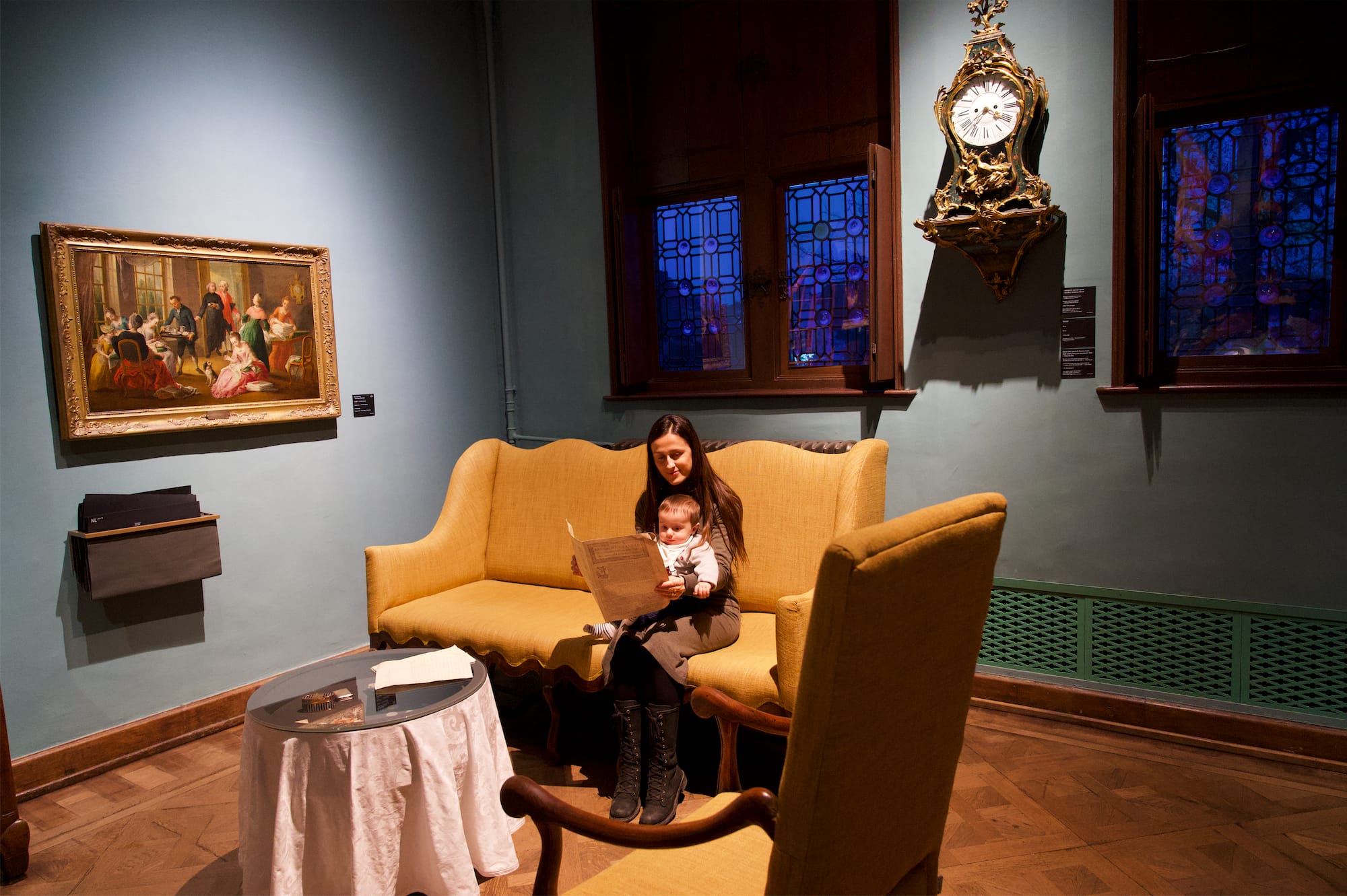
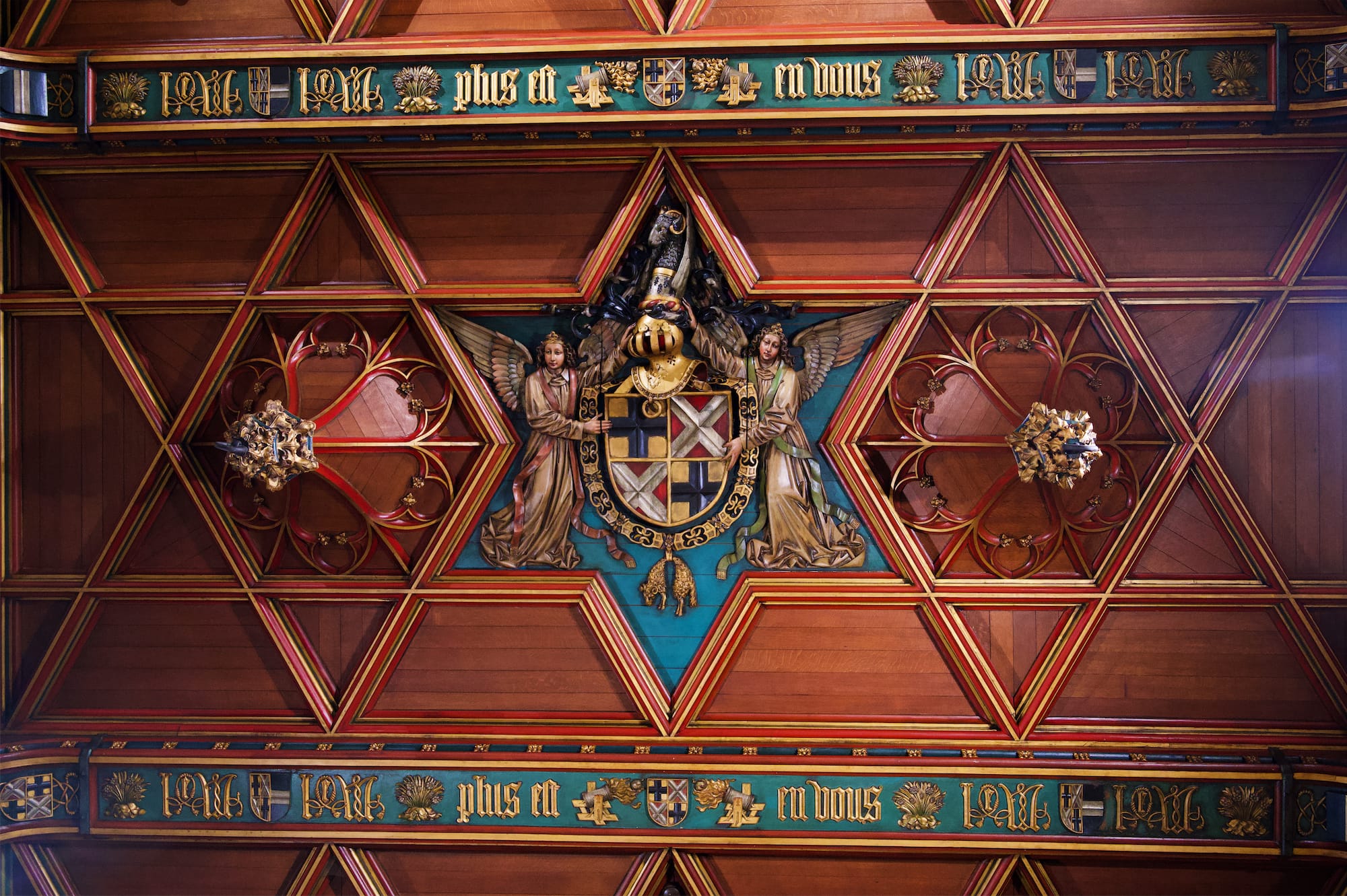
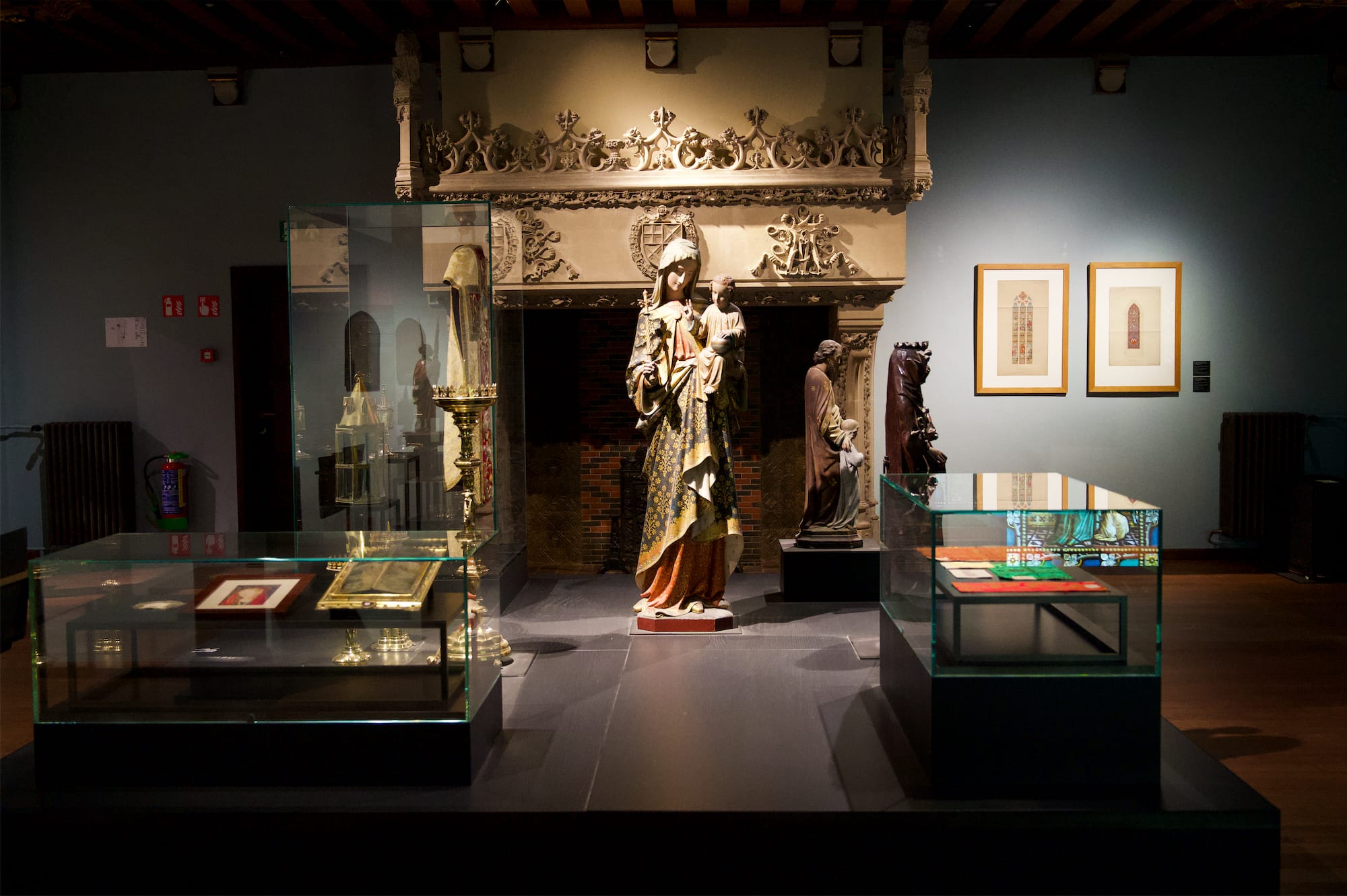

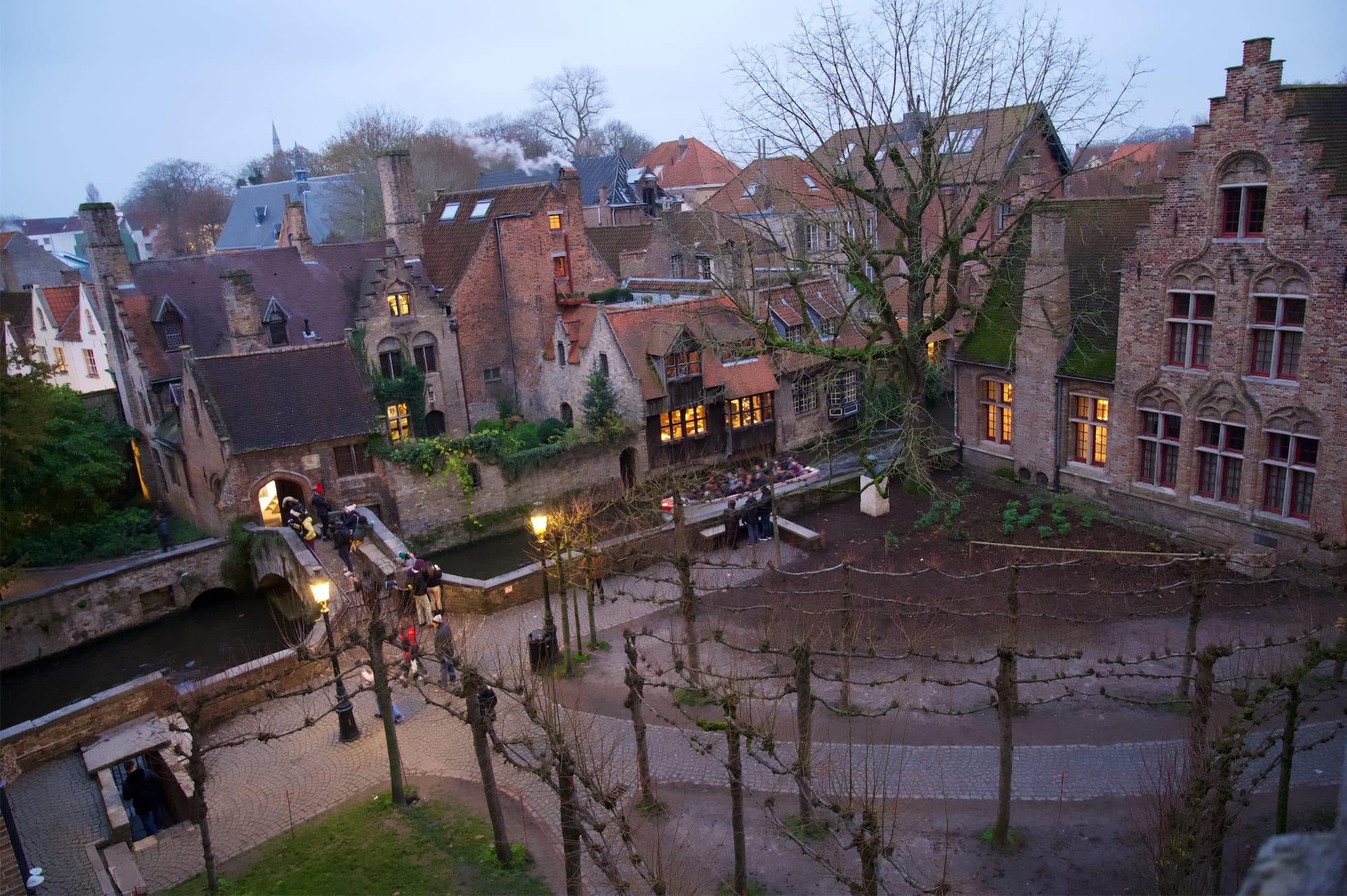

Bruges is truly fascinating, there is no doubt about it. Our high expectations were not disappointed in these three days of its discovery. If you stay in the city like us, you can also appreciate it in the evening, in complete tranquility. In fact, it's just when the lights come on and the city empties that you will have all its beauty to contemplate just for you!
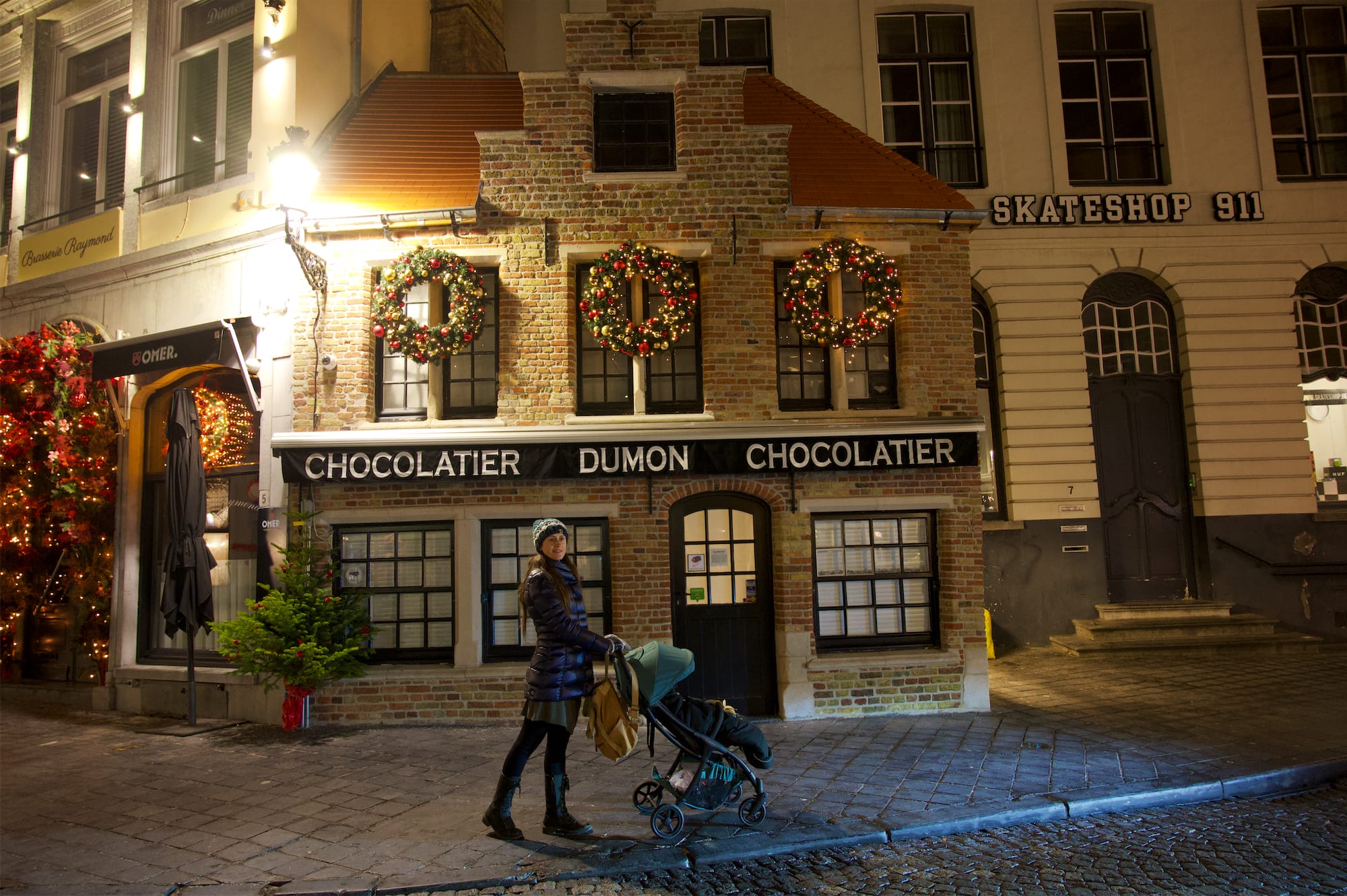
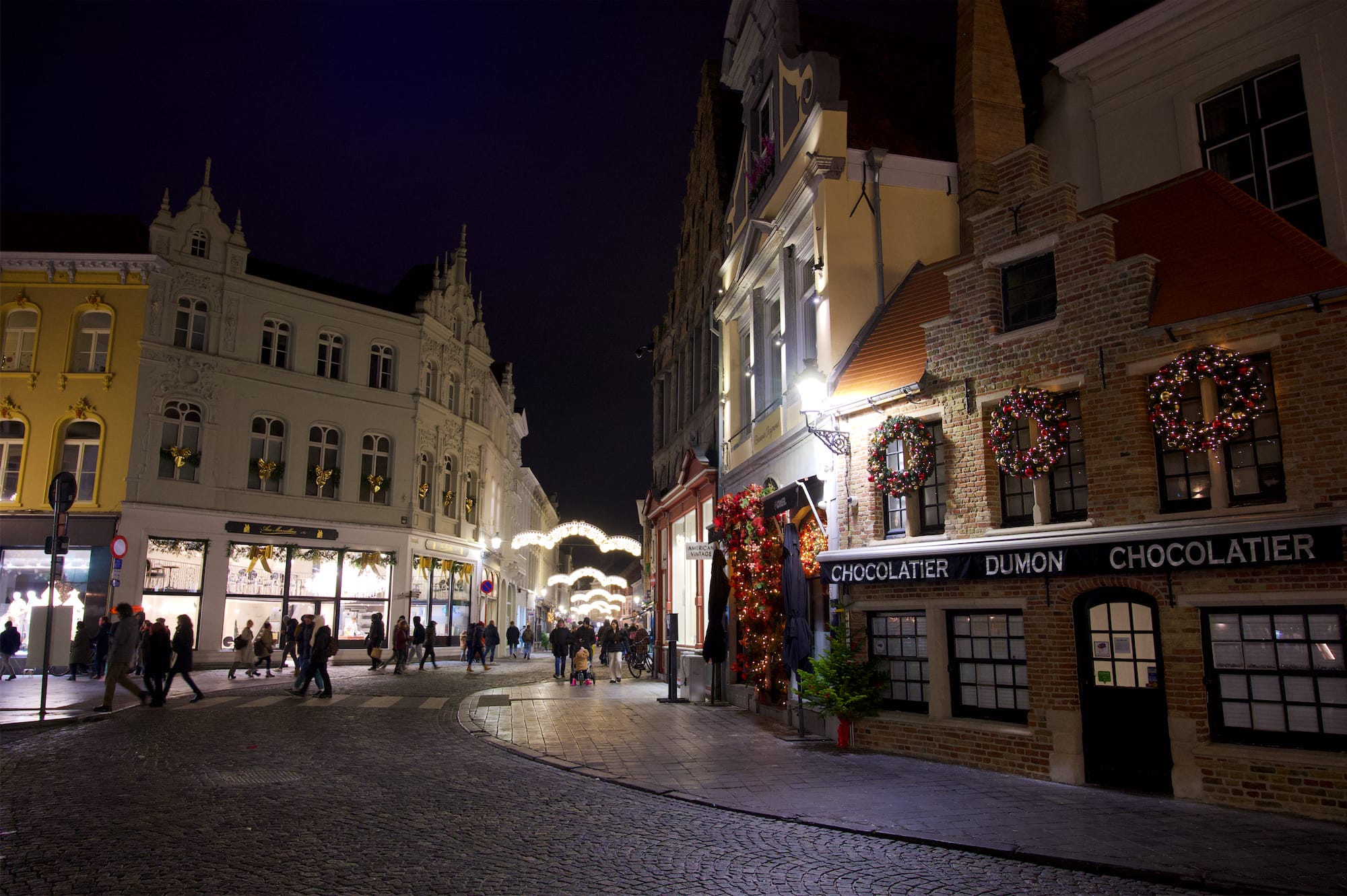

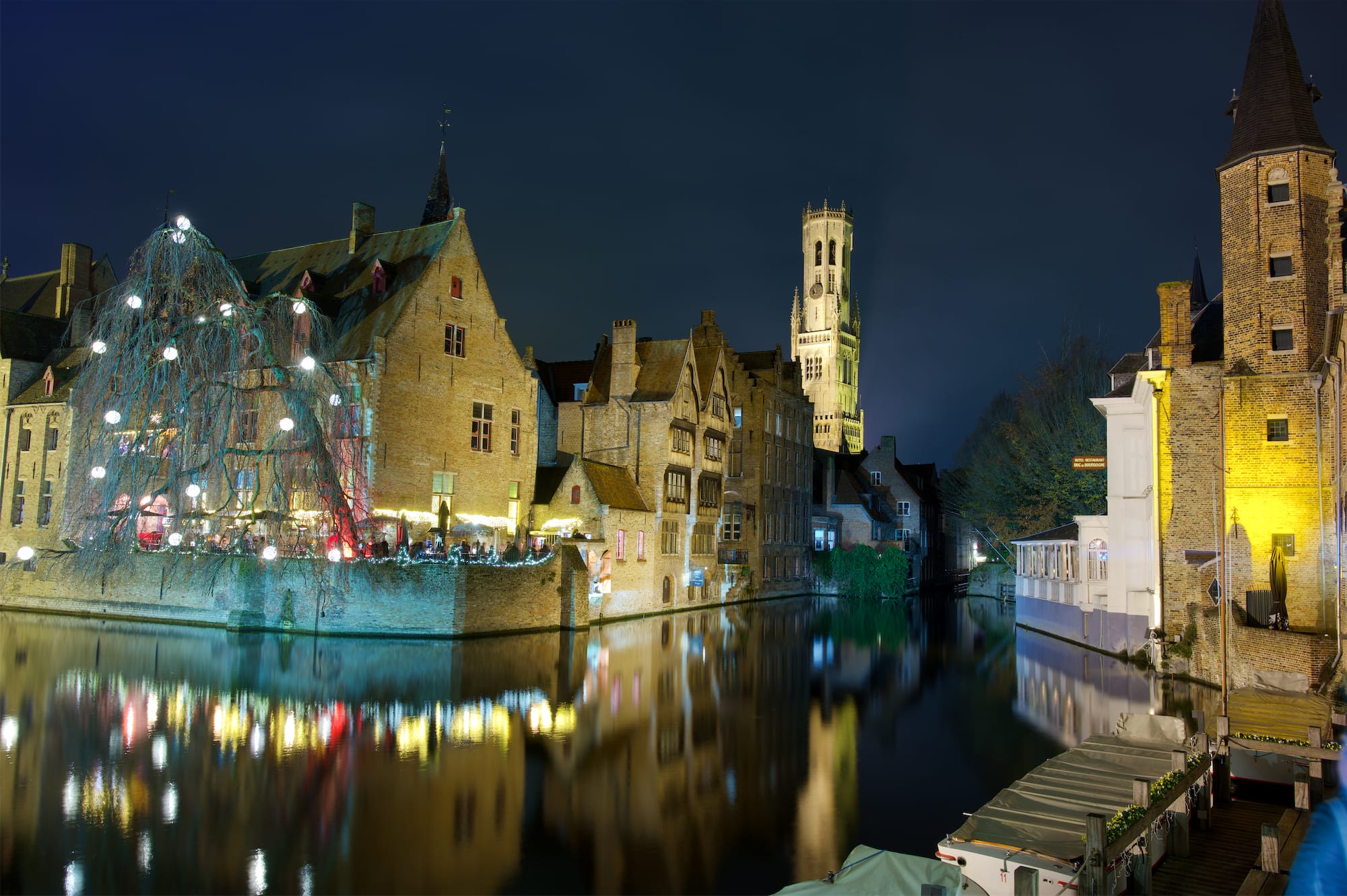
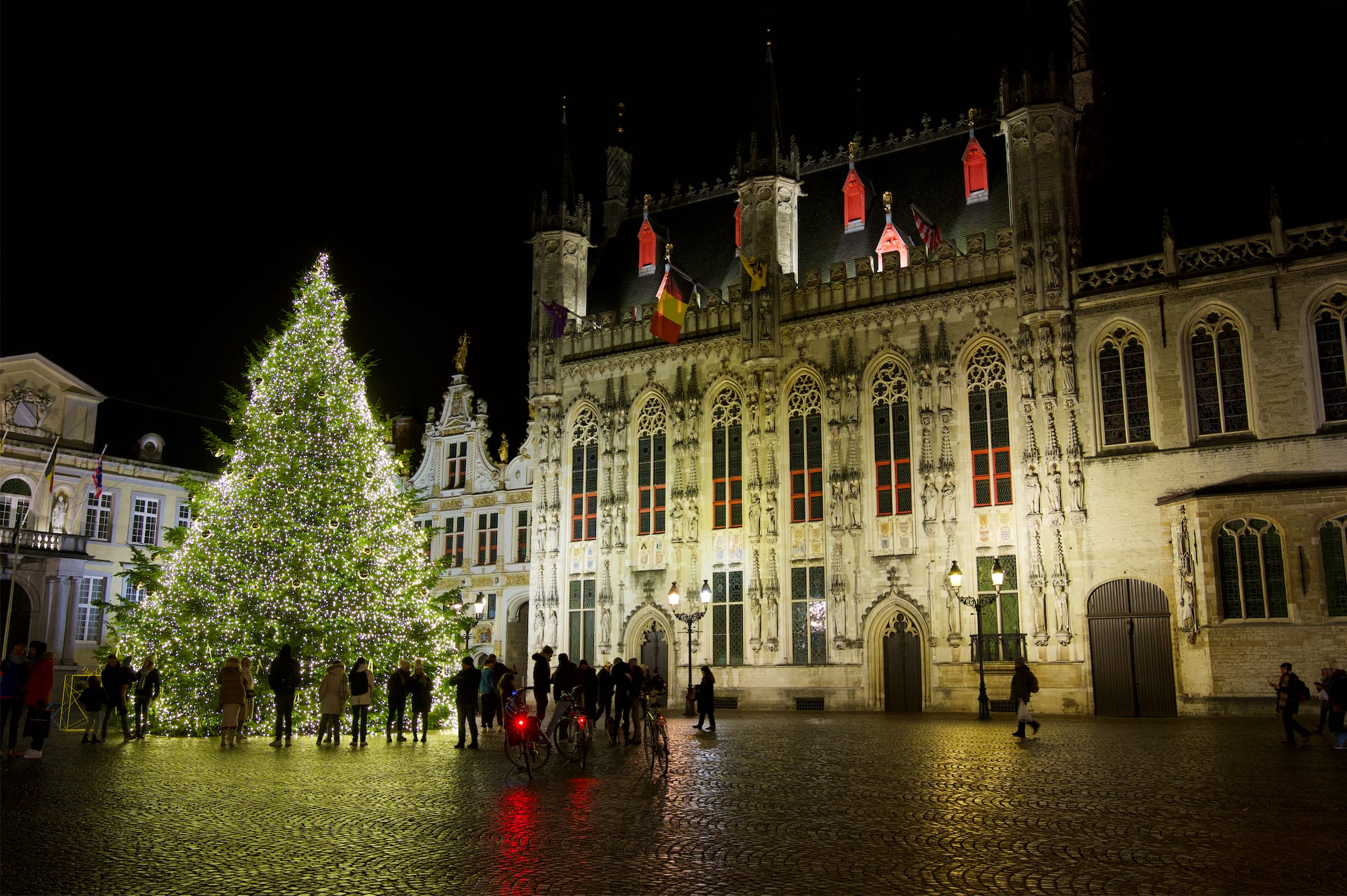
Before your trip
- How to move around? Brugescan be easily discovered on foot. Buy the little guide Oooh! Visit Bruges available at the information center in 't Zand square at a cost of just €3: contains 4 well-made itineraries to discover the city on foot
- How many days? We dedicated 2 full days to Bruges. The city has many museums and interesting buildings to visit, generally quite expensive, for which we recommend purchasing the MB Musea Brugge card. If you stay in the city, you will also have a reduction on the price. All things considered, if you visit even just three museums, you have already saved!
- Where to stay? We preferred to stay in a family aparthotel: Bonobo in a very central position, it allowed us to have a comfortable base with Enea, for lunch or a quick change. The possibility of using convenient parking is a further plus, given that it is not easy to find it in the centre
- Where to eat? Having a comfortable apartment practically in the centre, we always had dinner at home to be more comfortable with Enea. For a quick snack, we recommend Ellis Bruges tasty burgers and interesting vegetarian options. For a snack, you can't miss trying the delicious waffles filled with chocolate and fruit. Instead of the most famous ones of Chez Albert we preferred the ones of Otto Waffle Atelier, flower-shaped, they can be enjoyed inside the small shop overlooking a picturesque canal
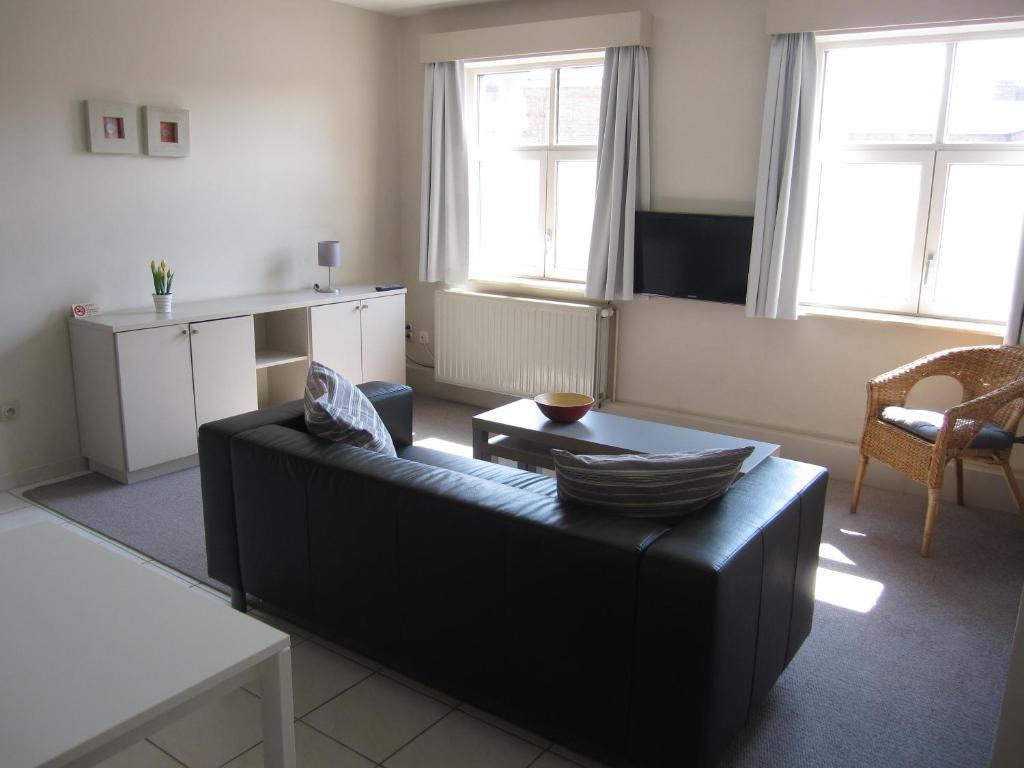
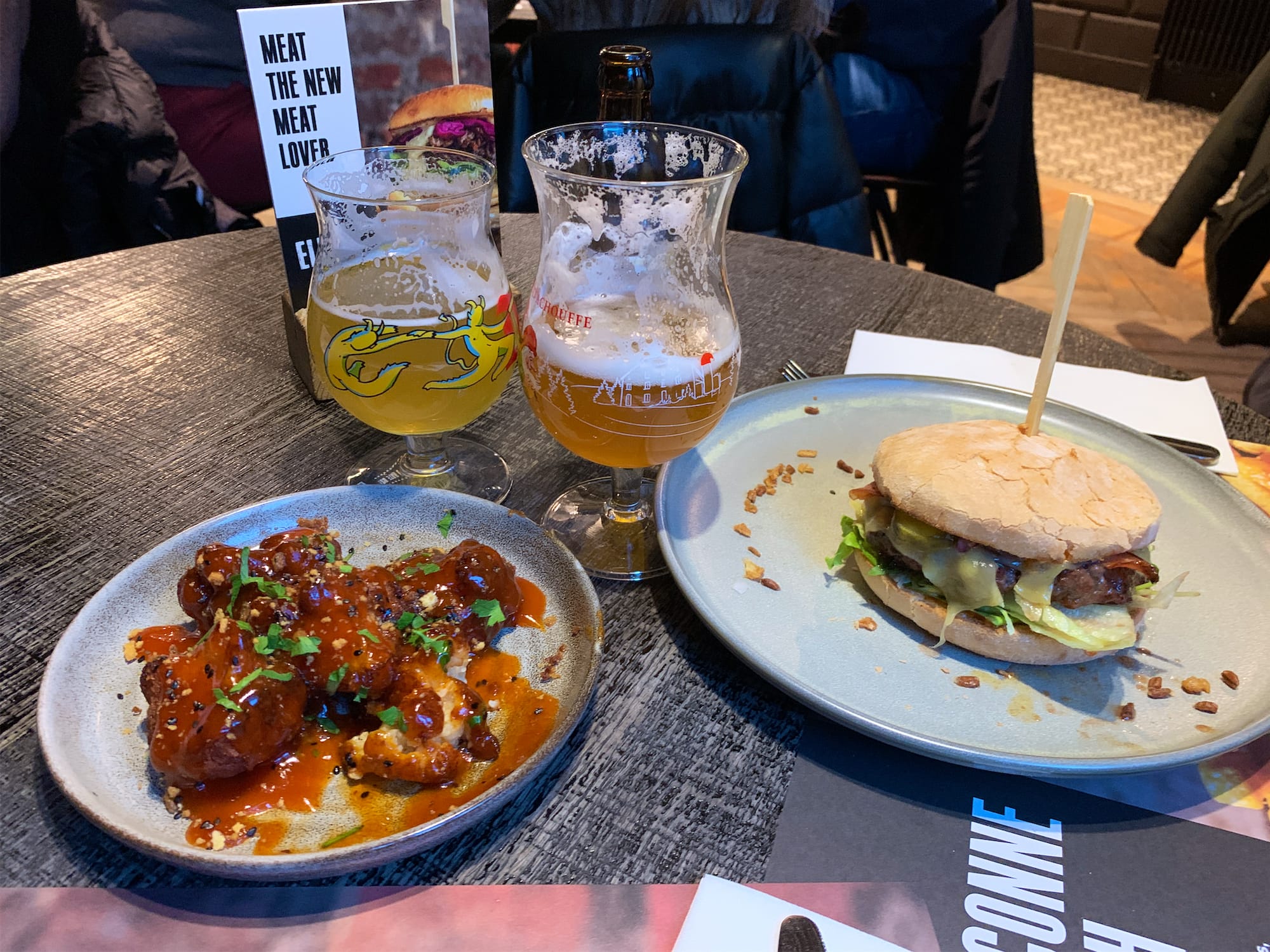
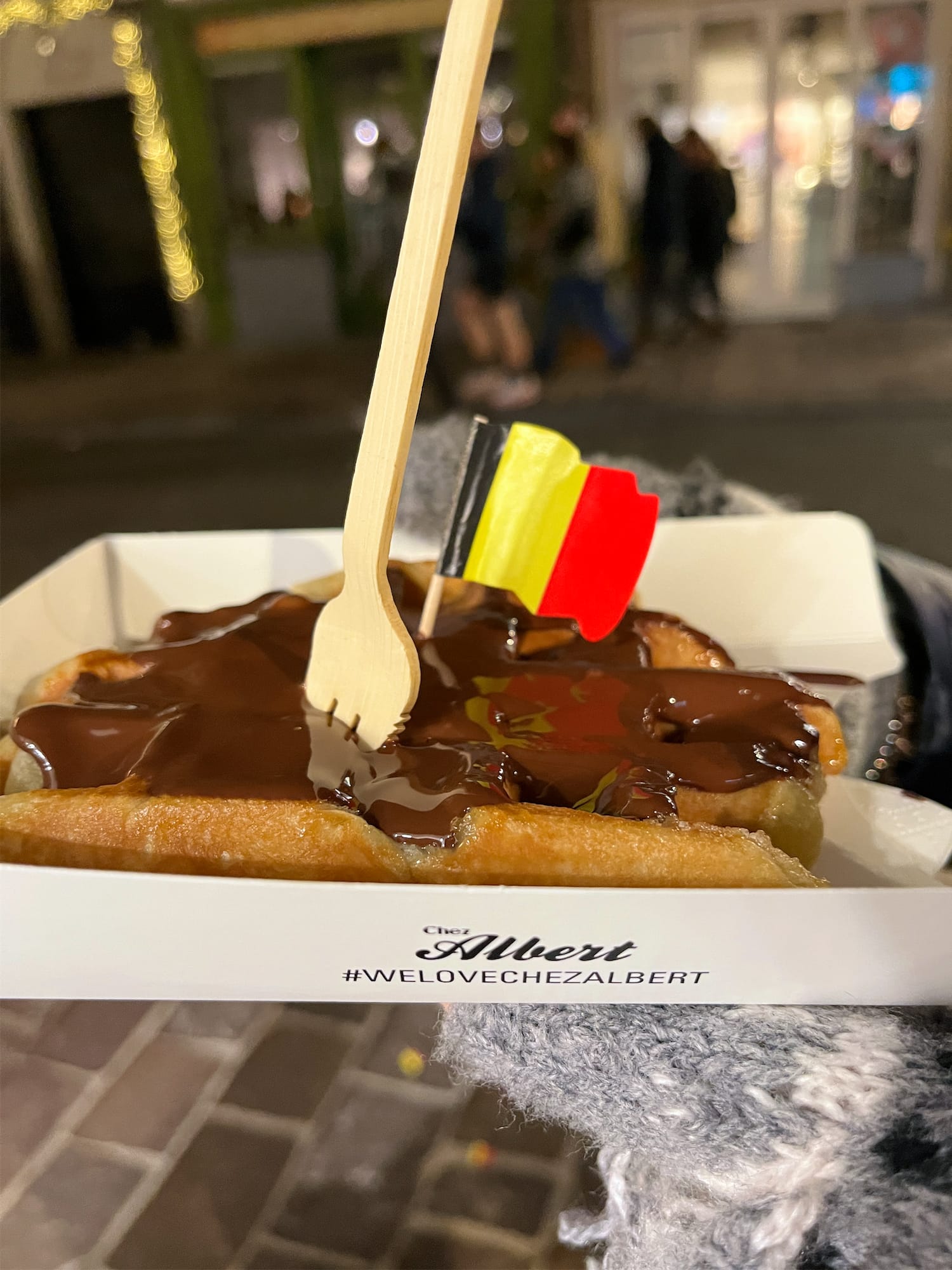
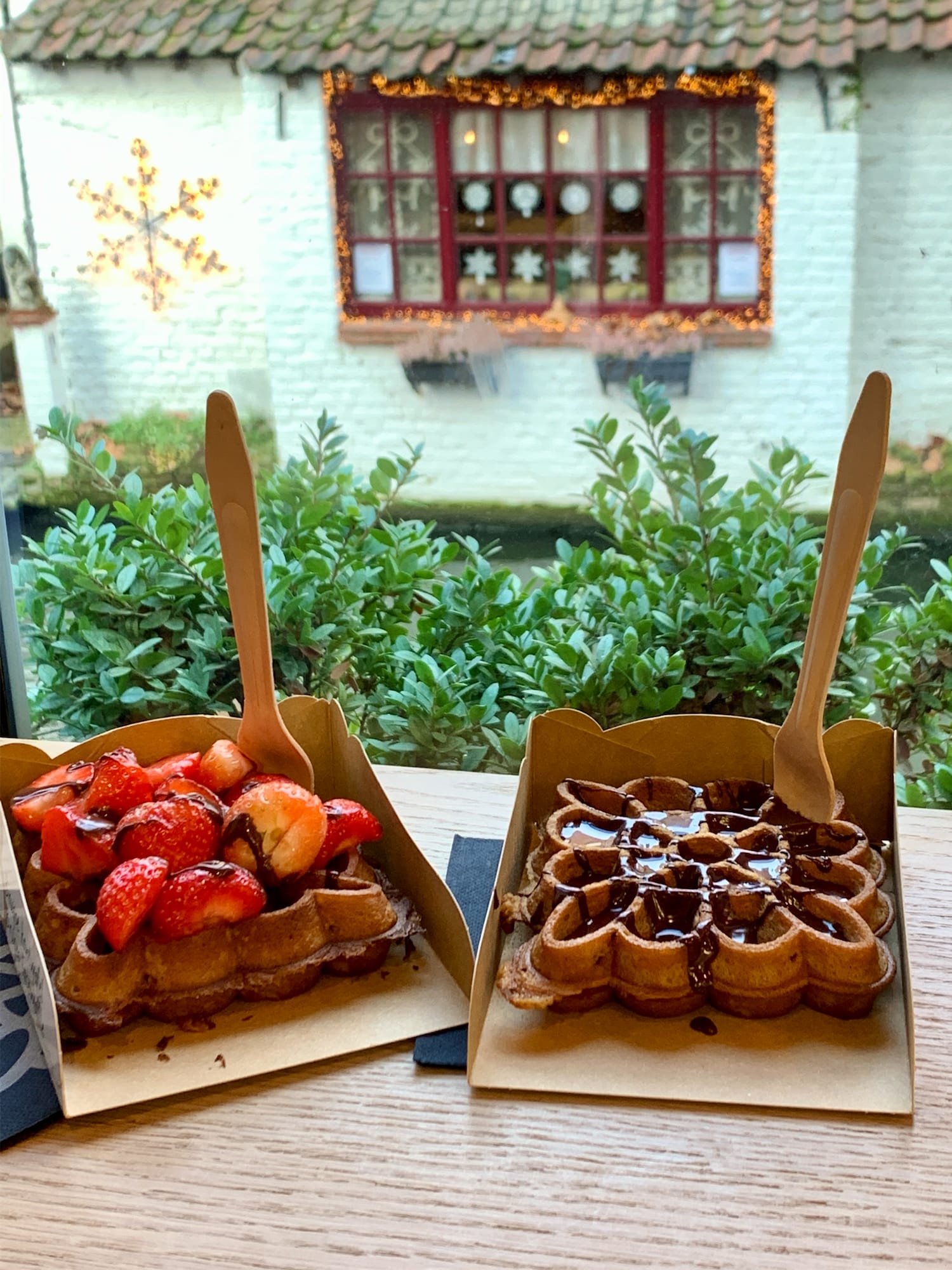


Comments